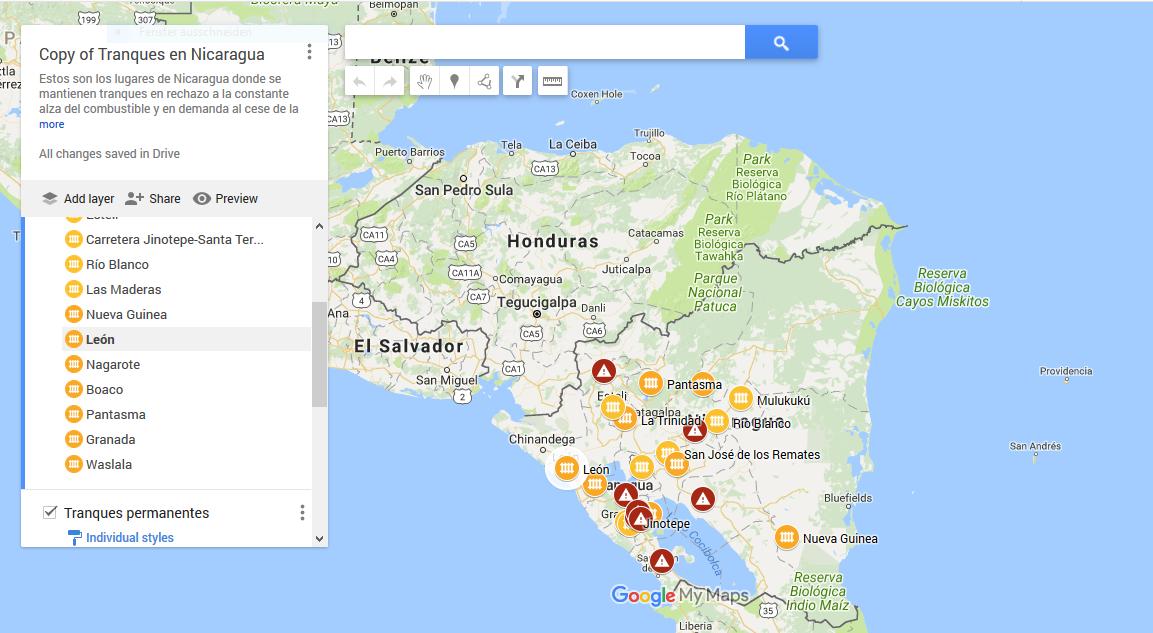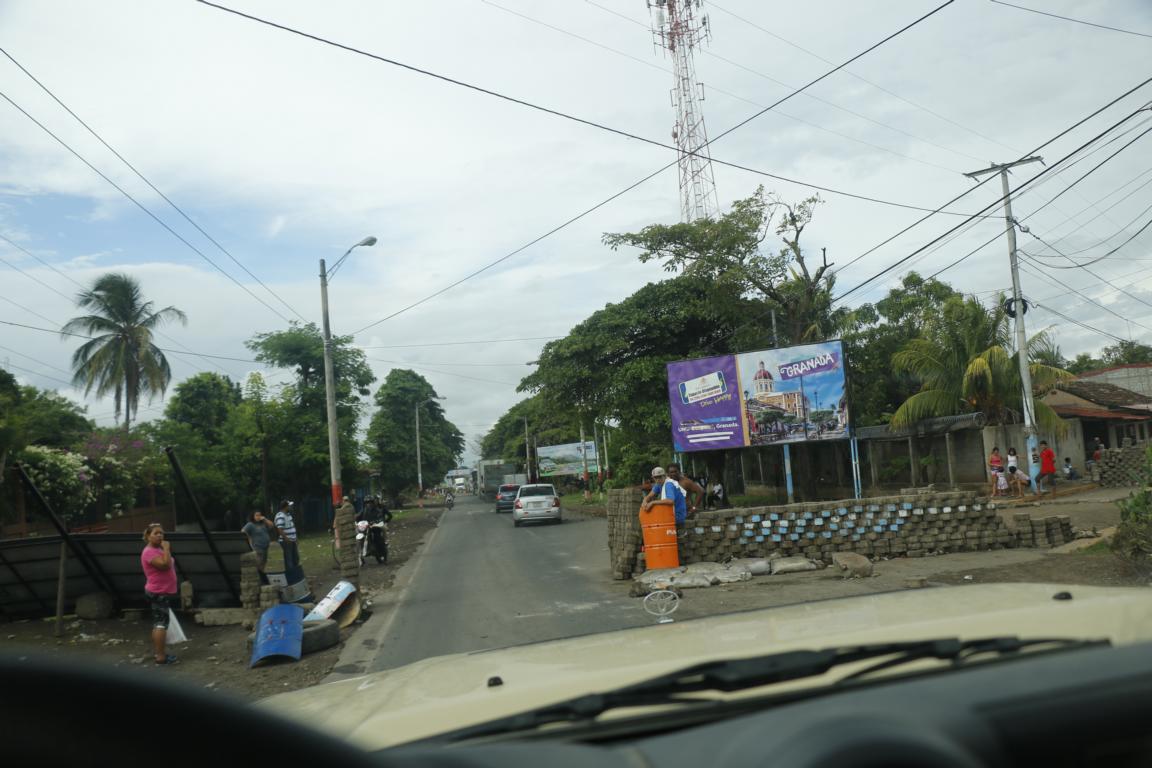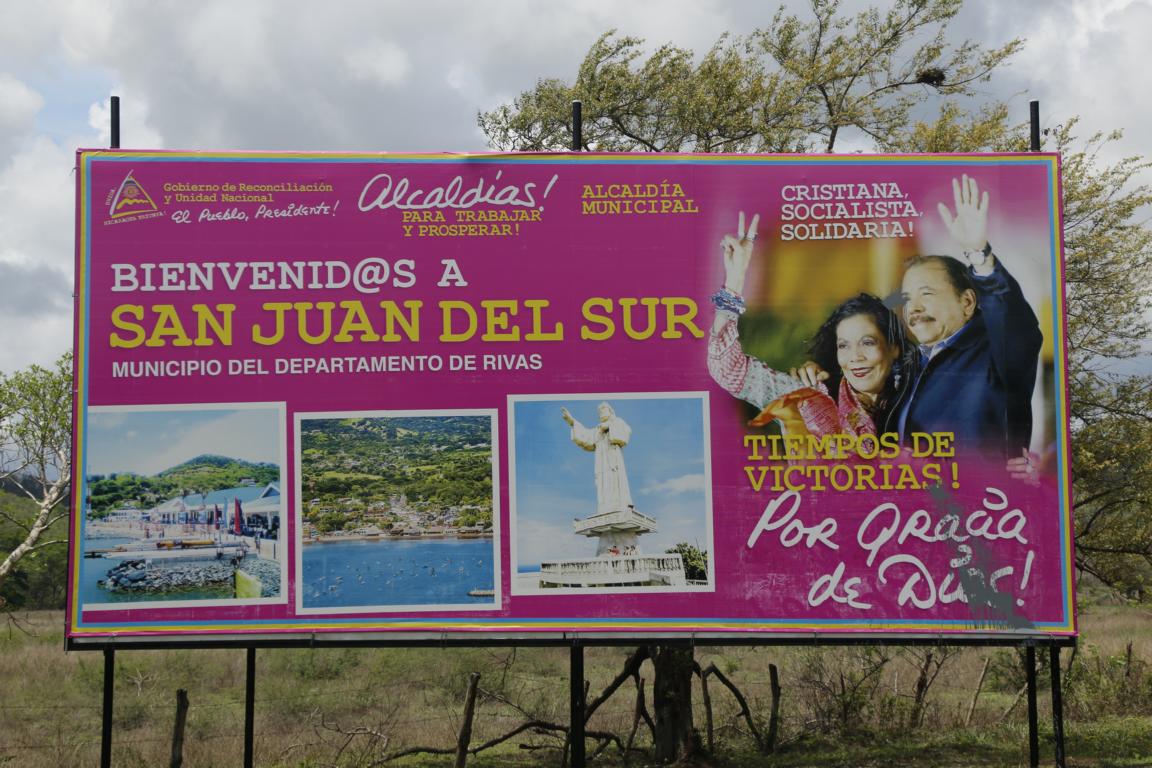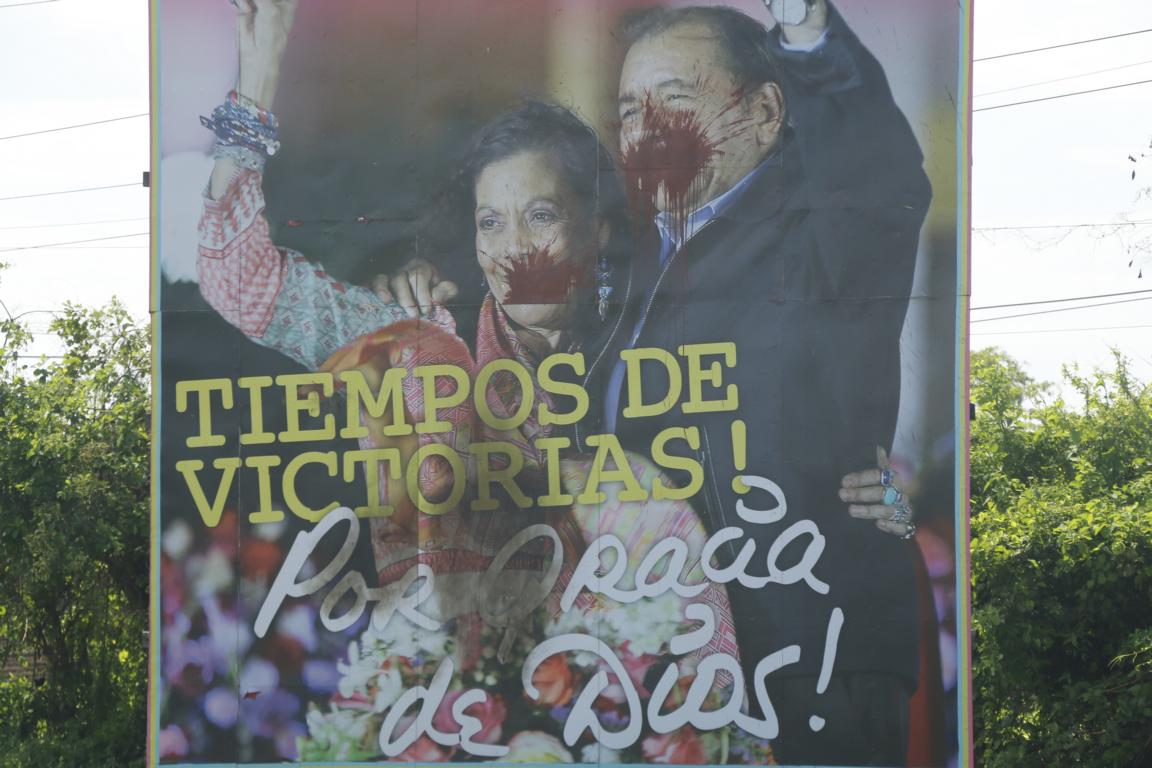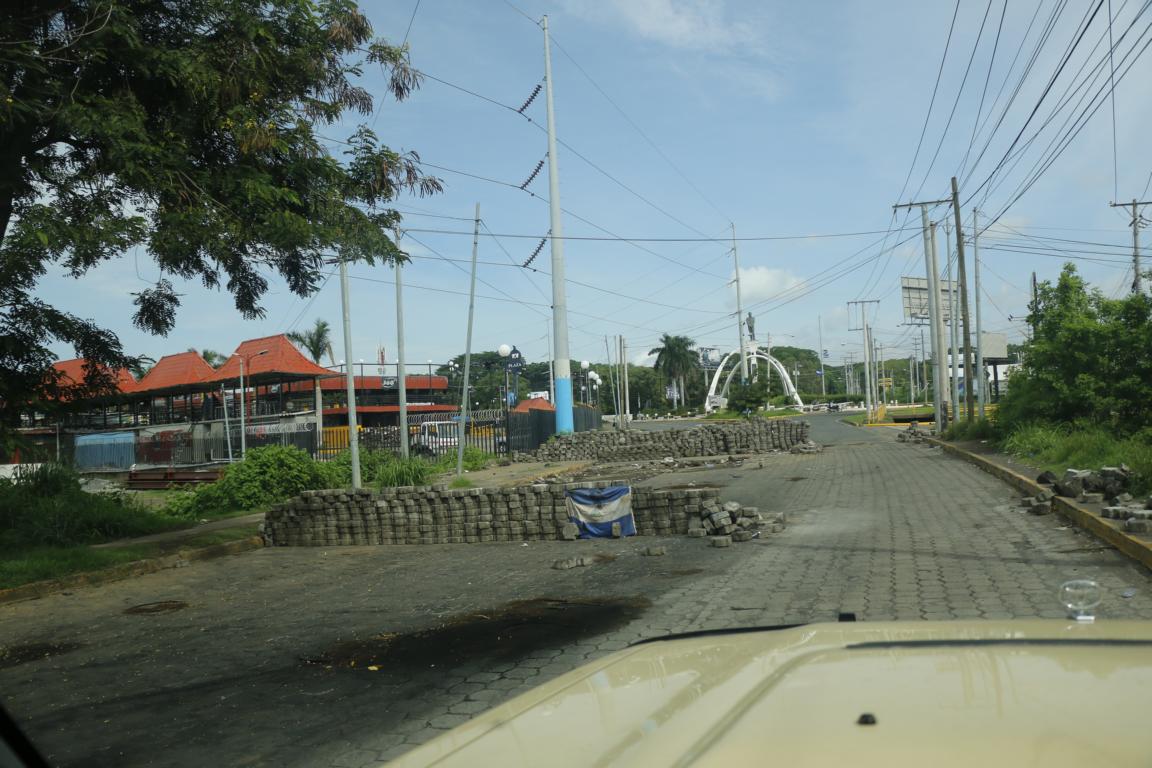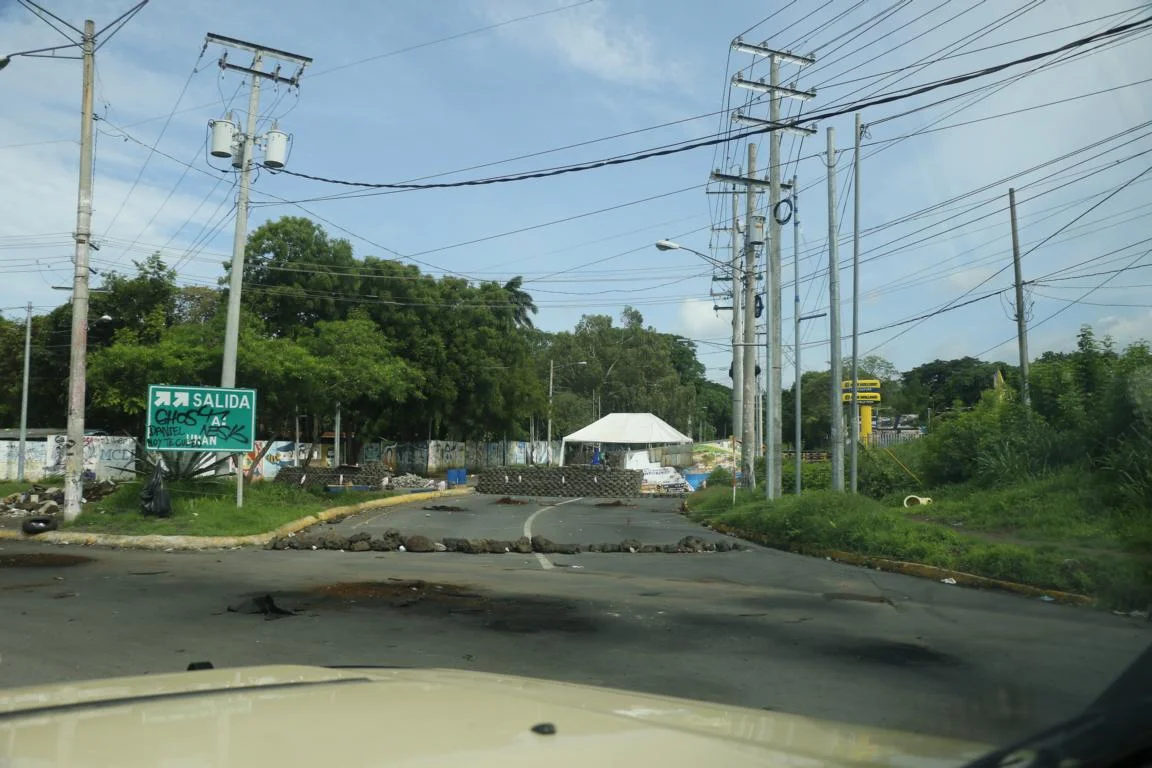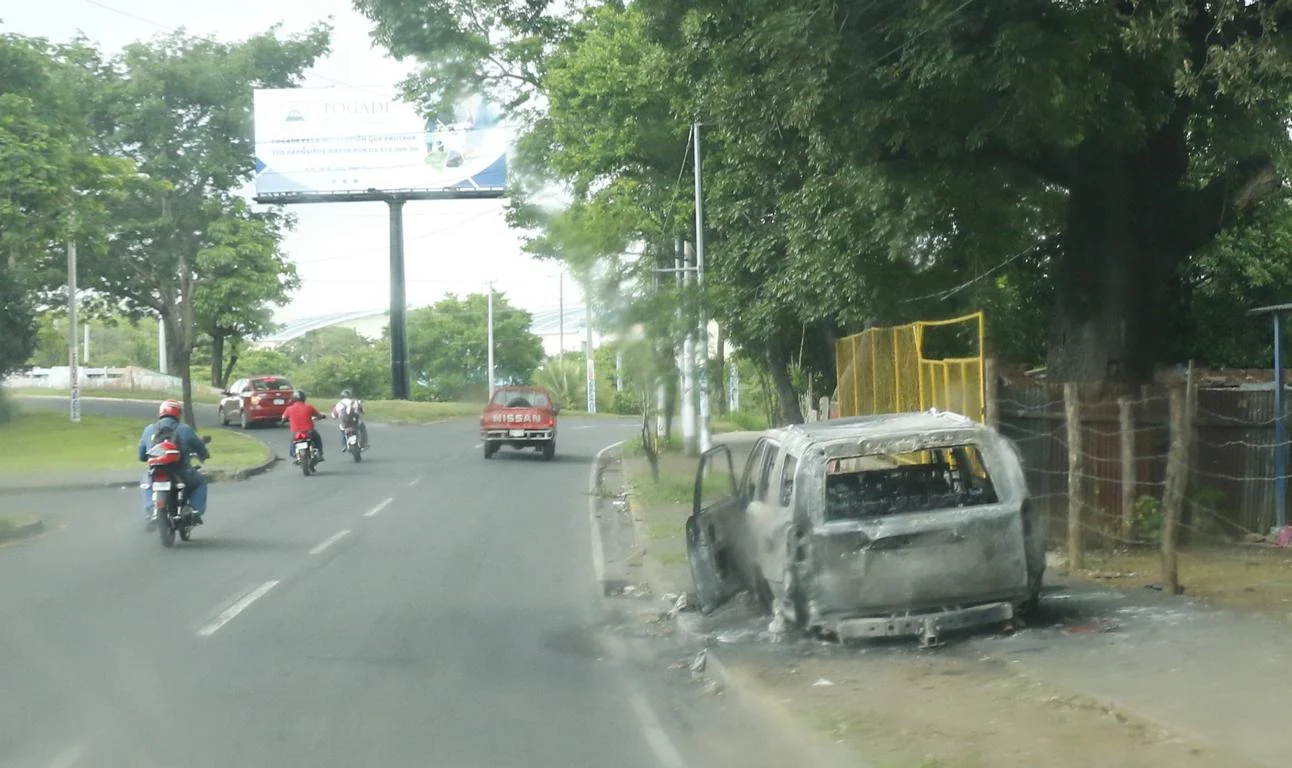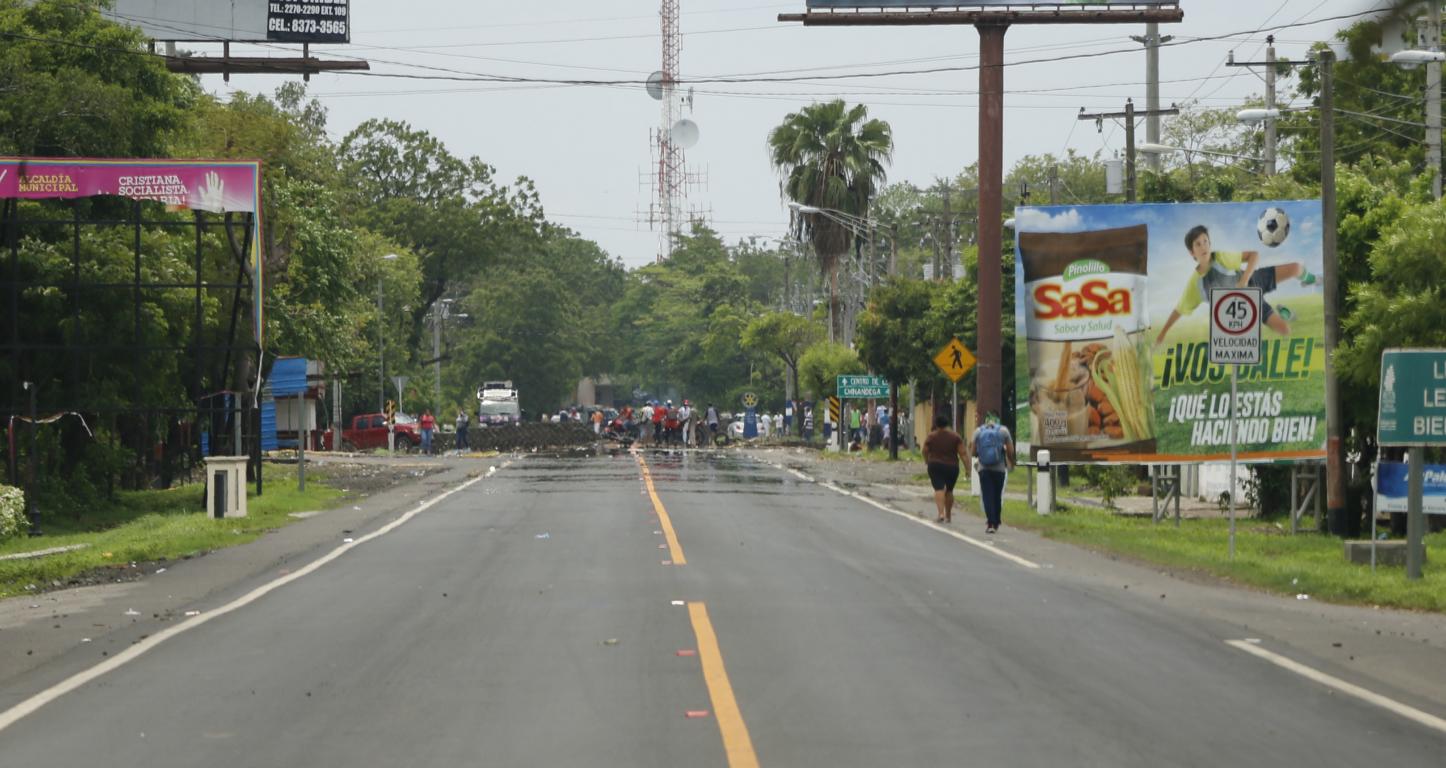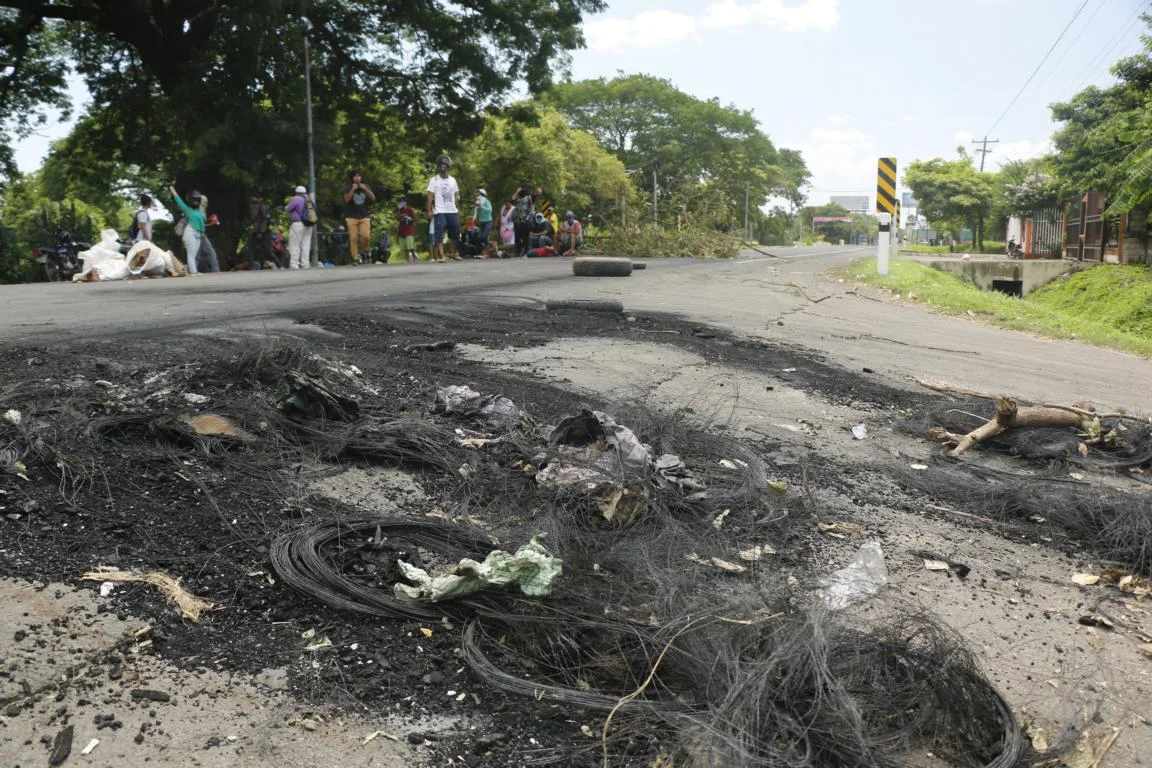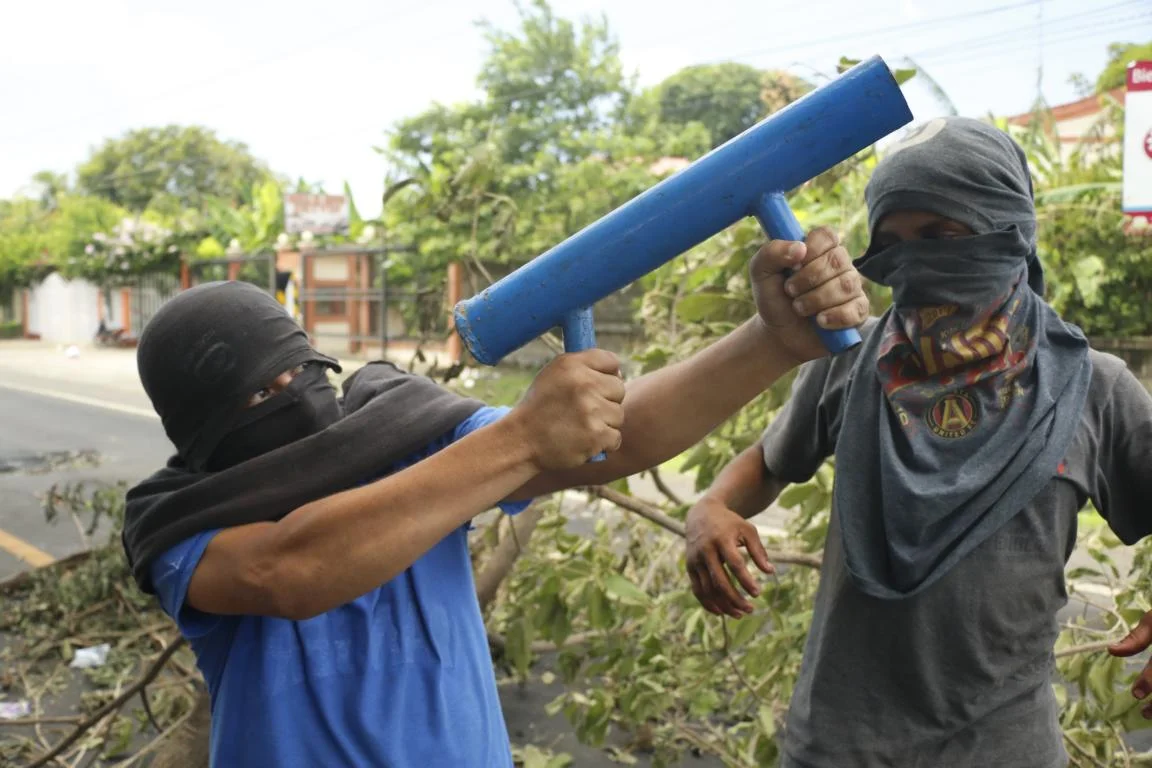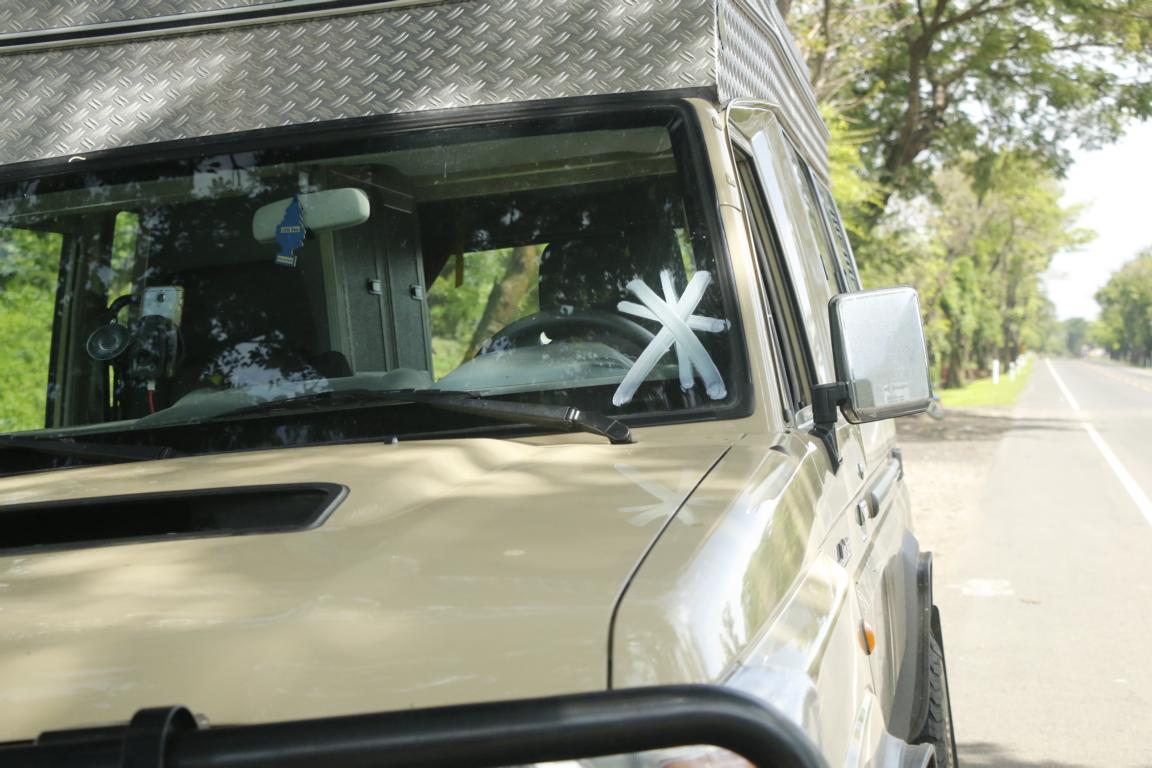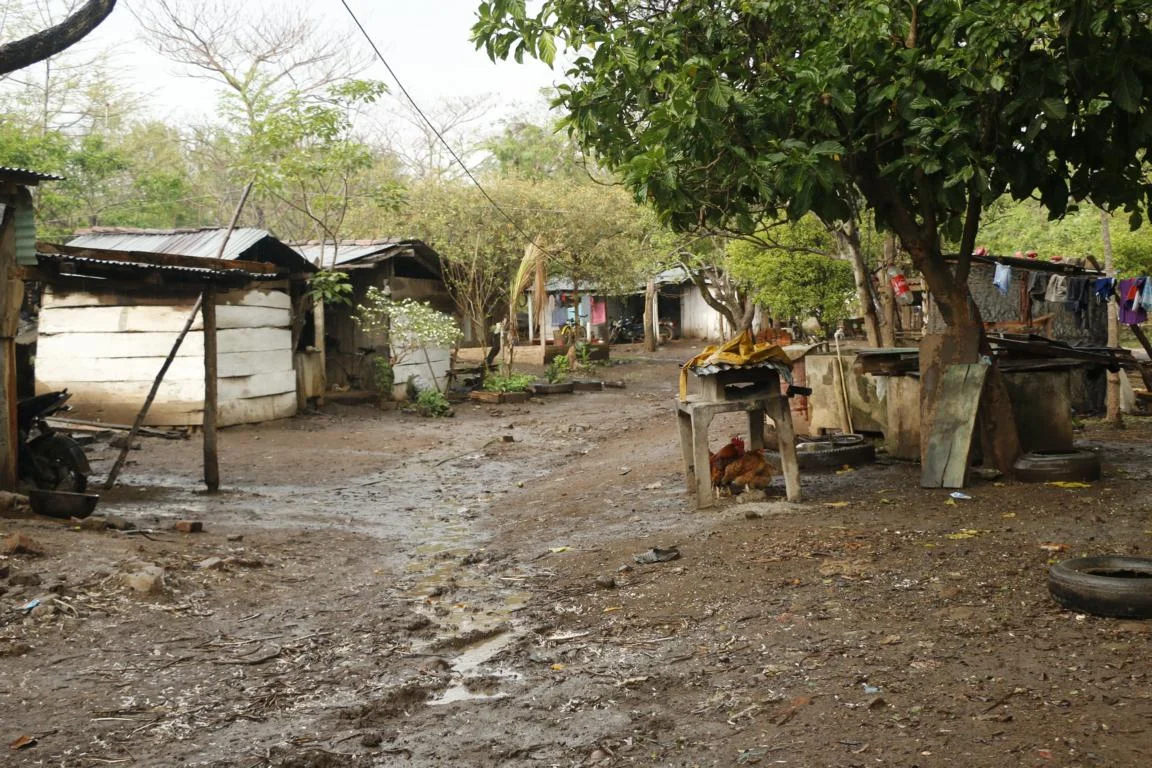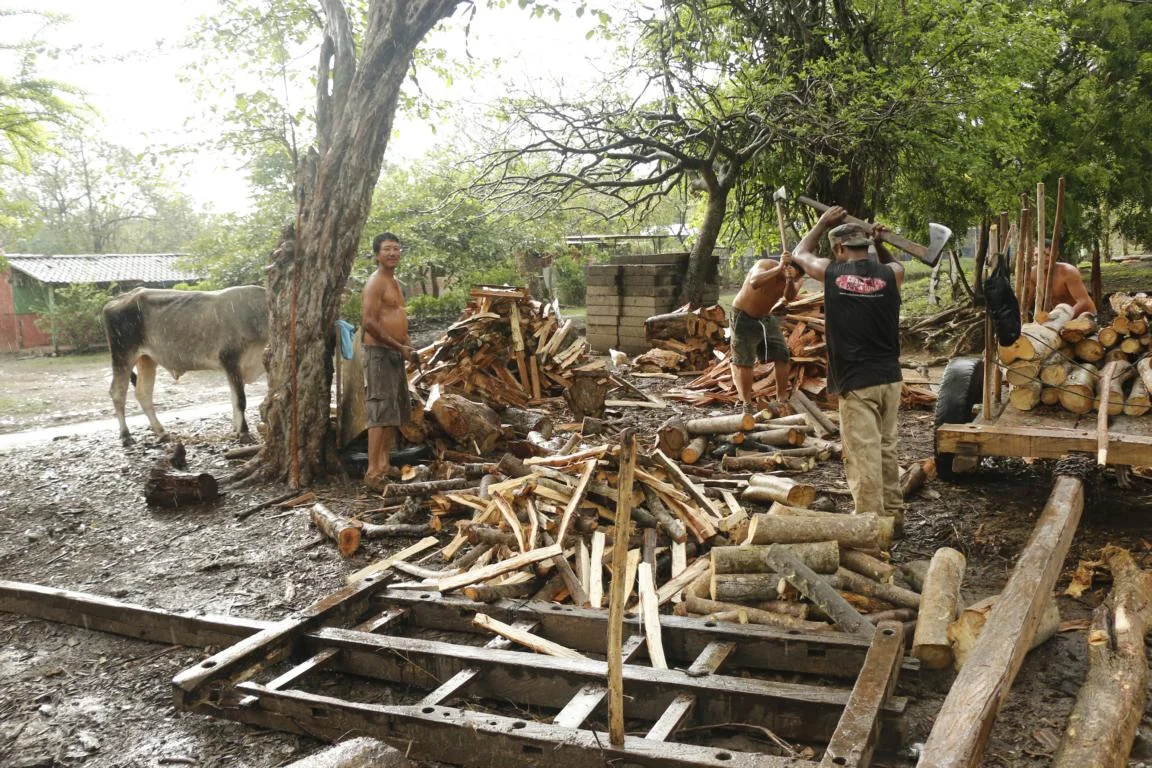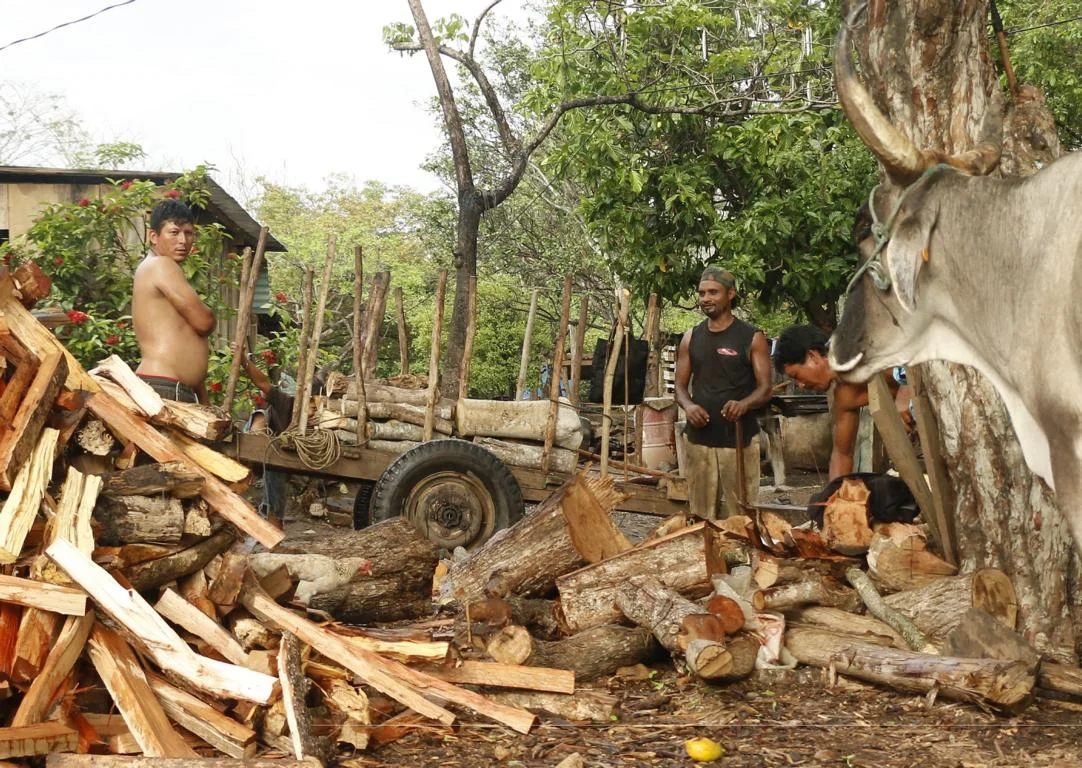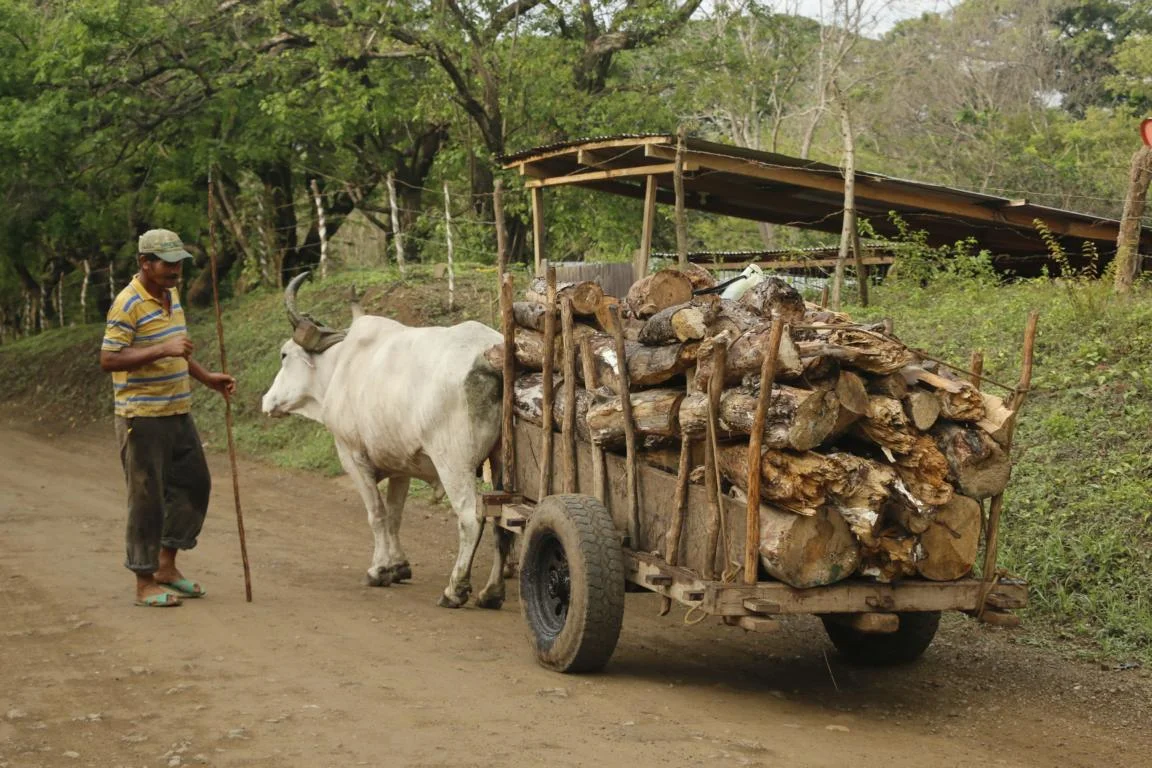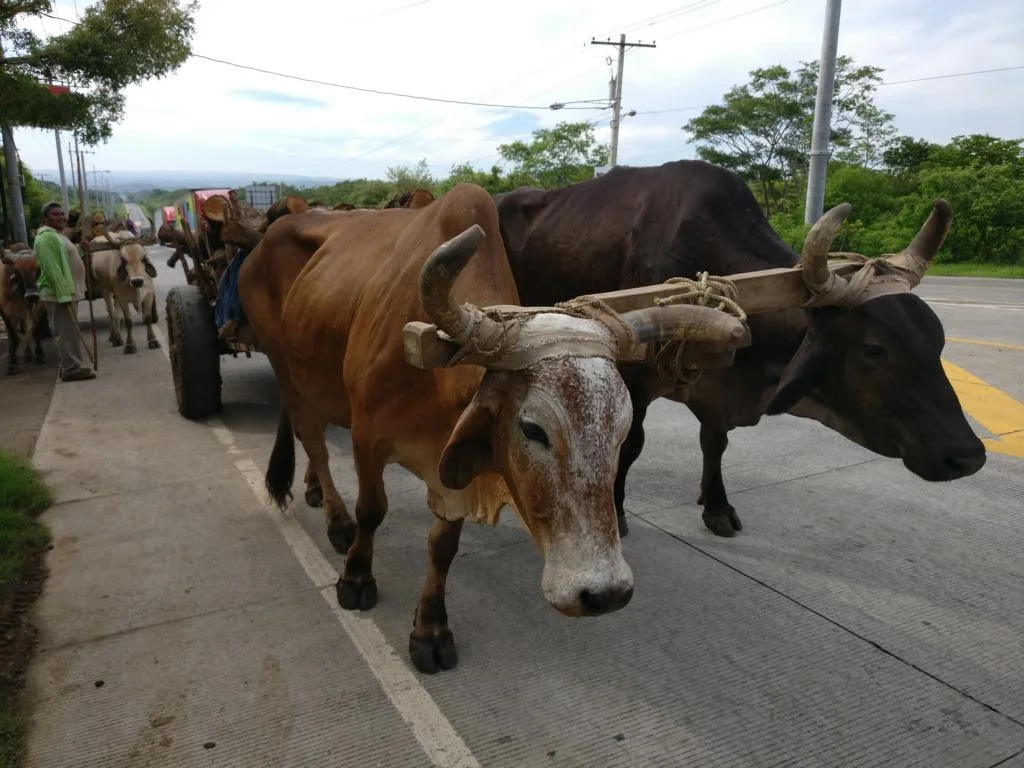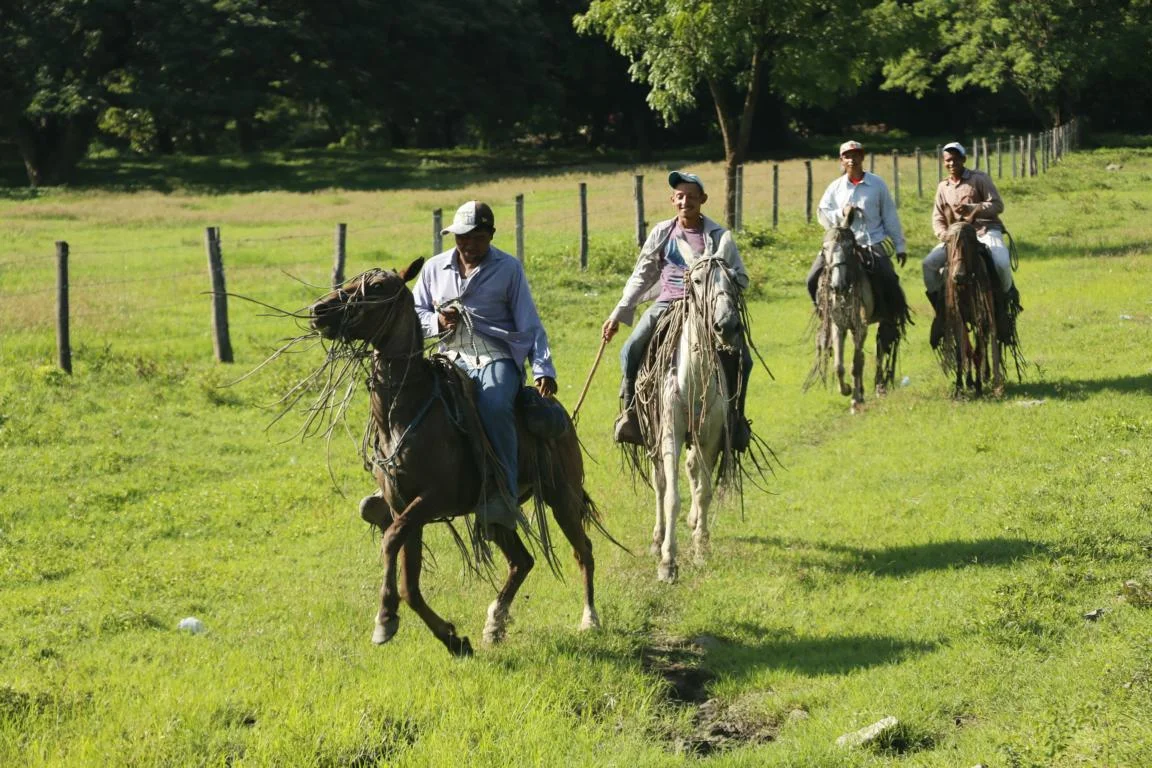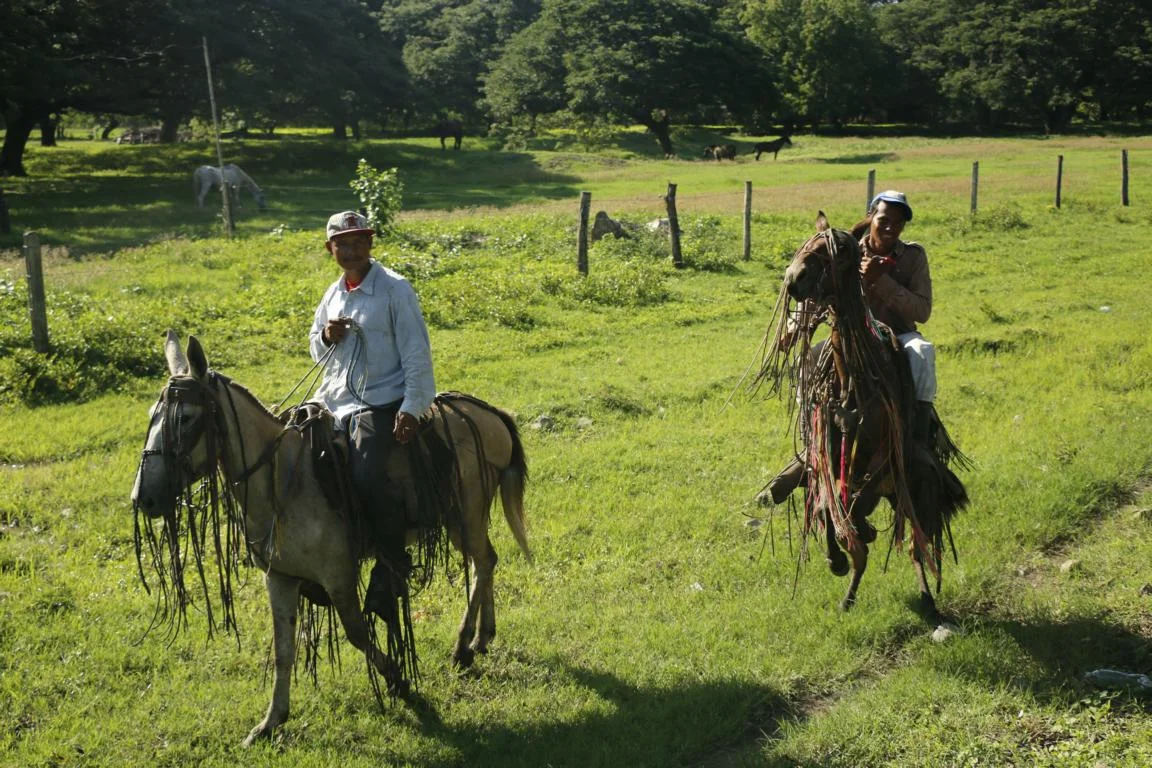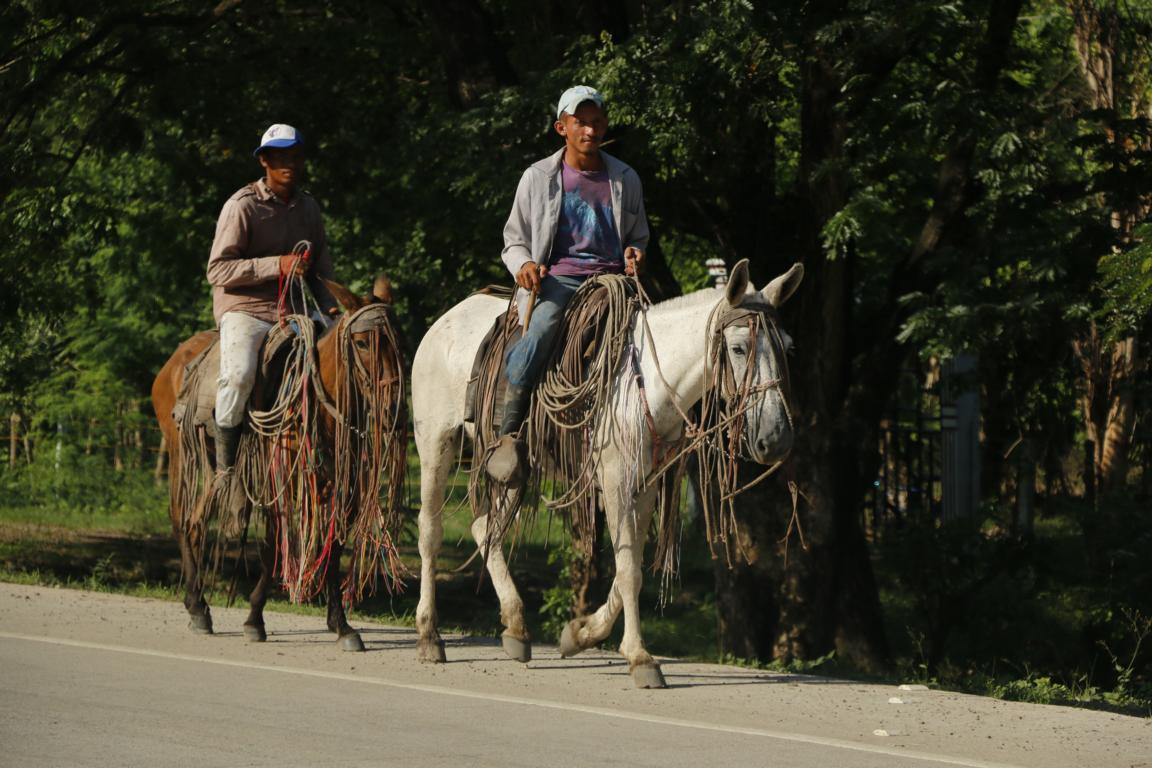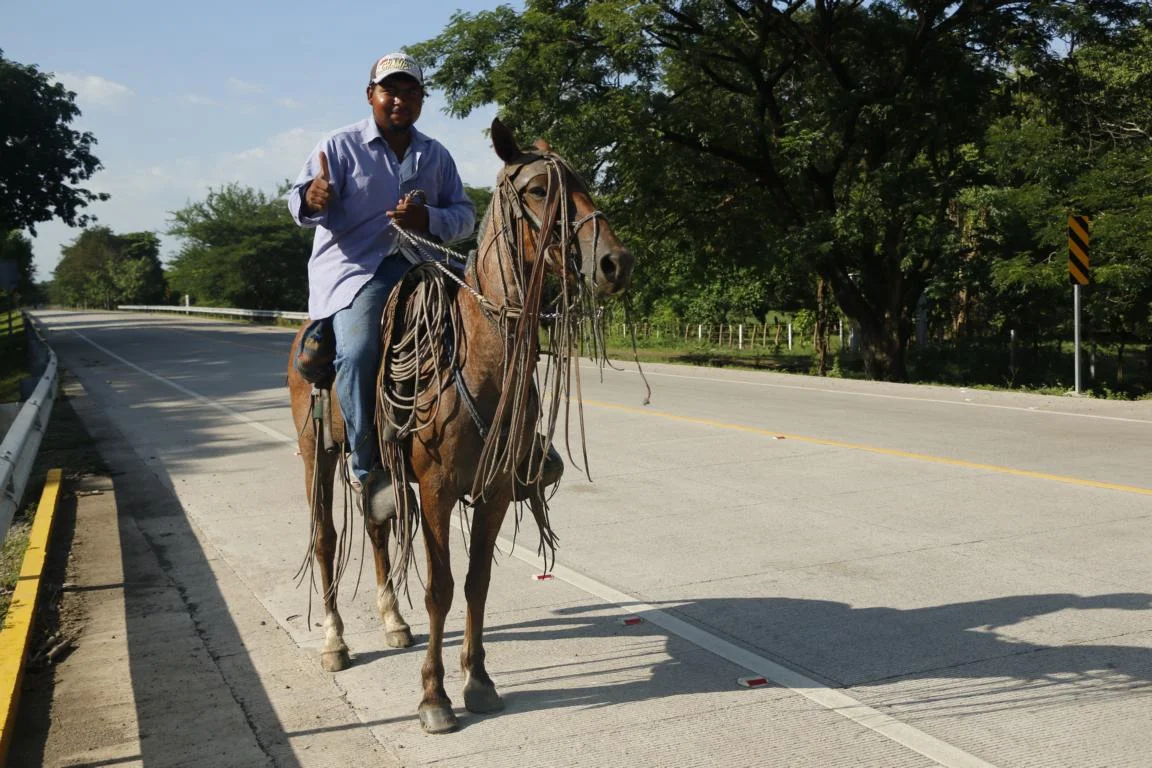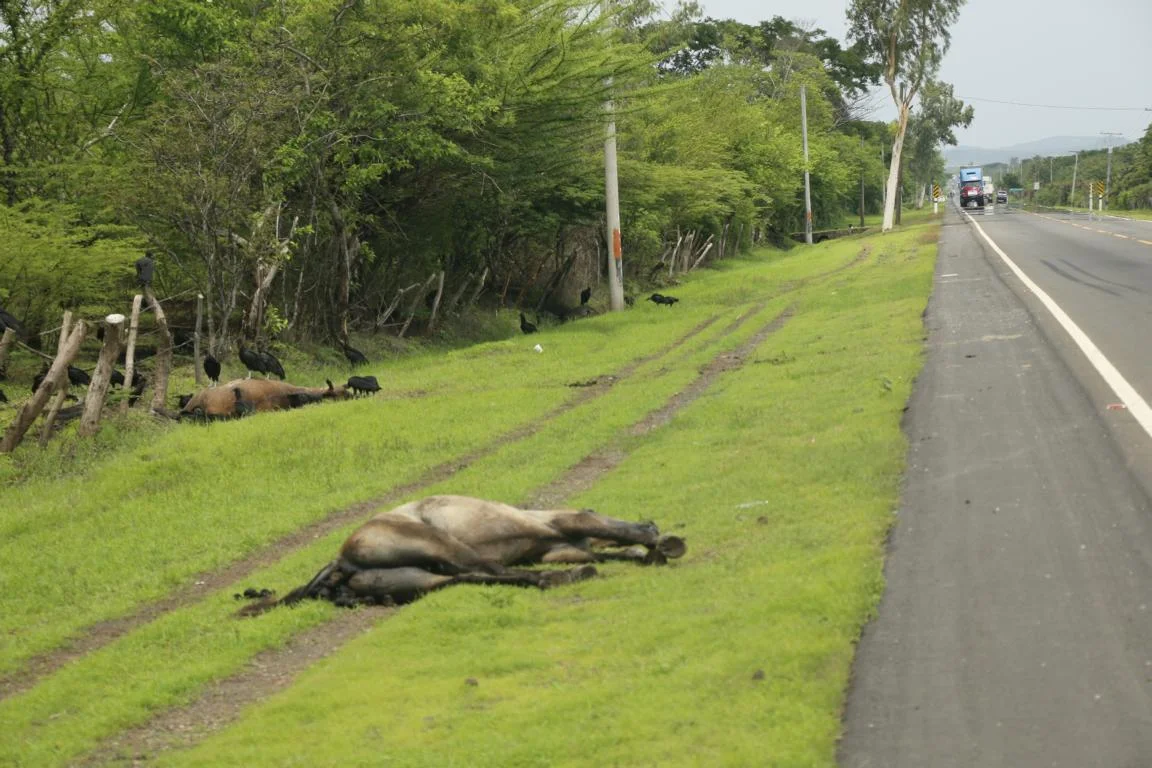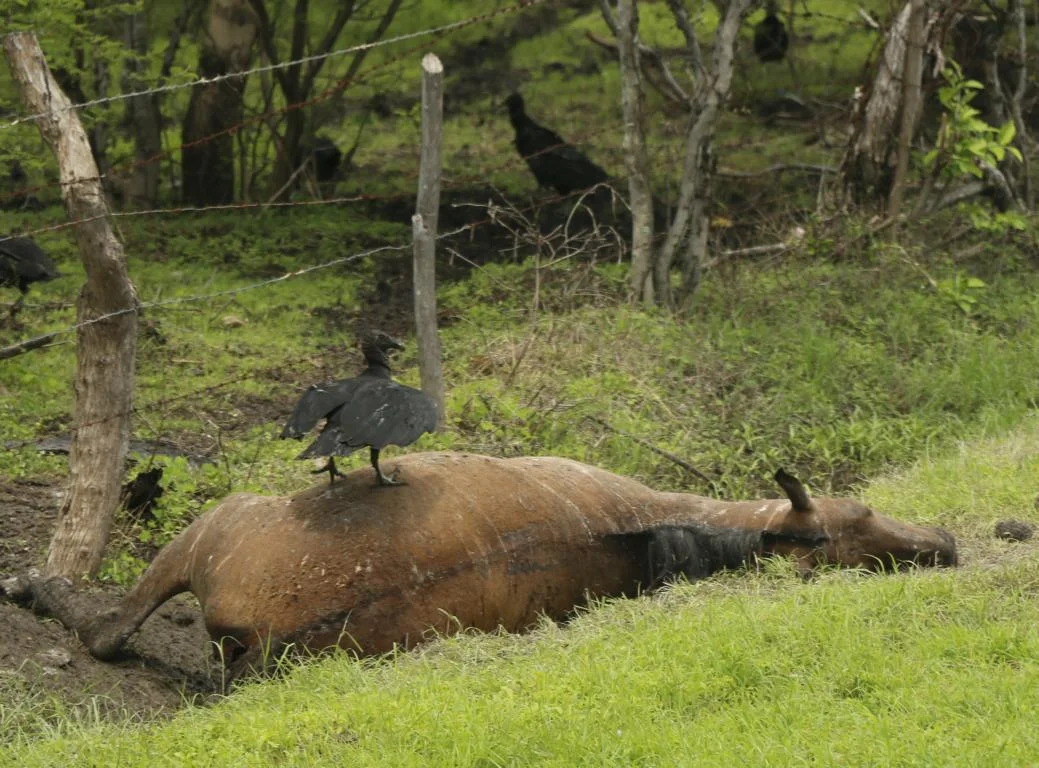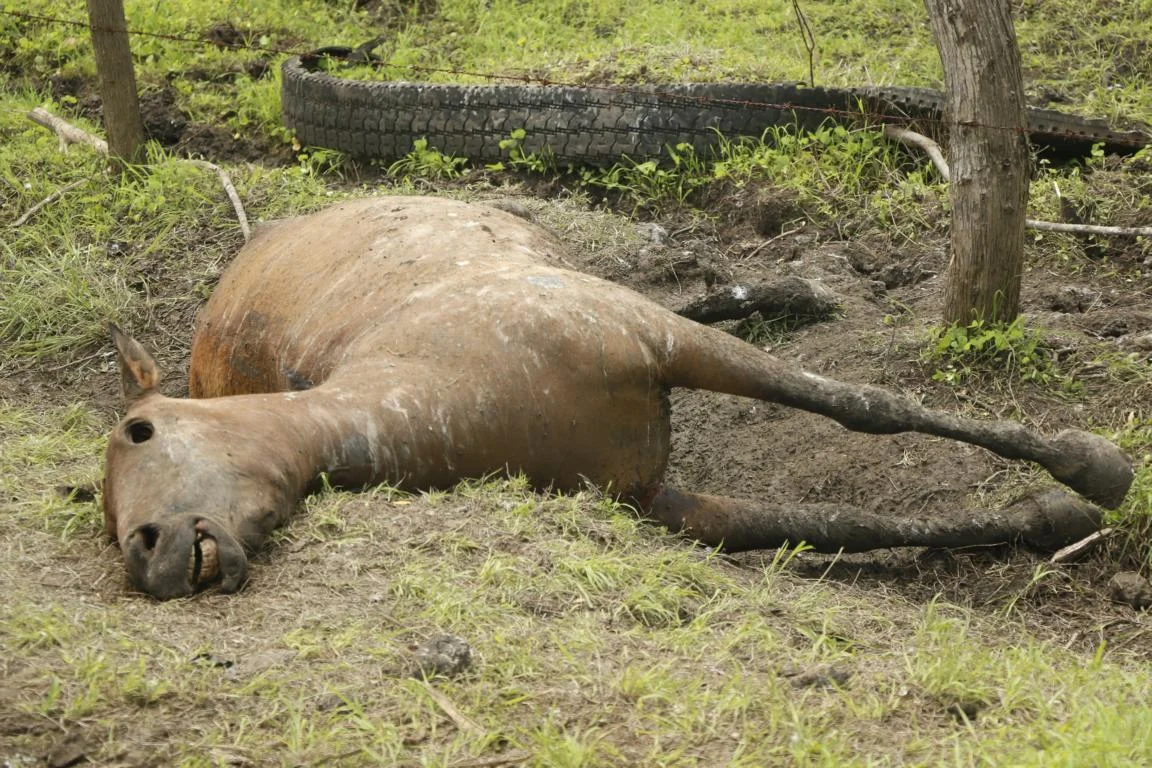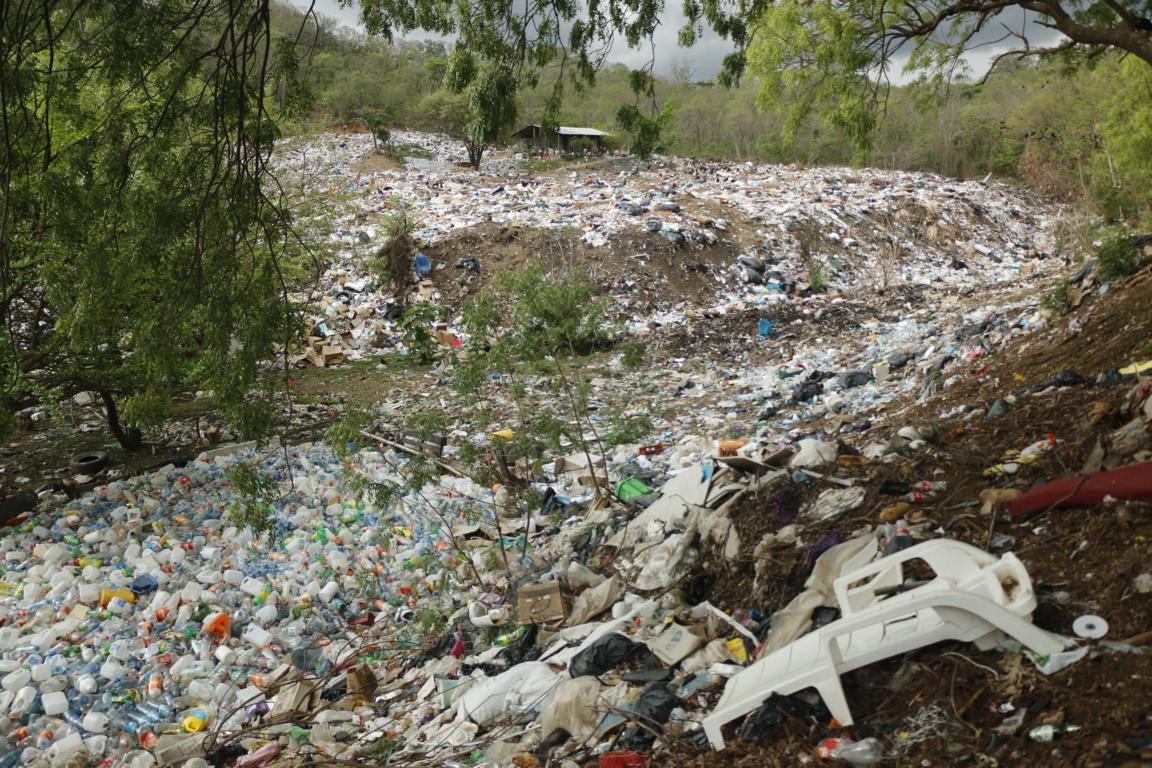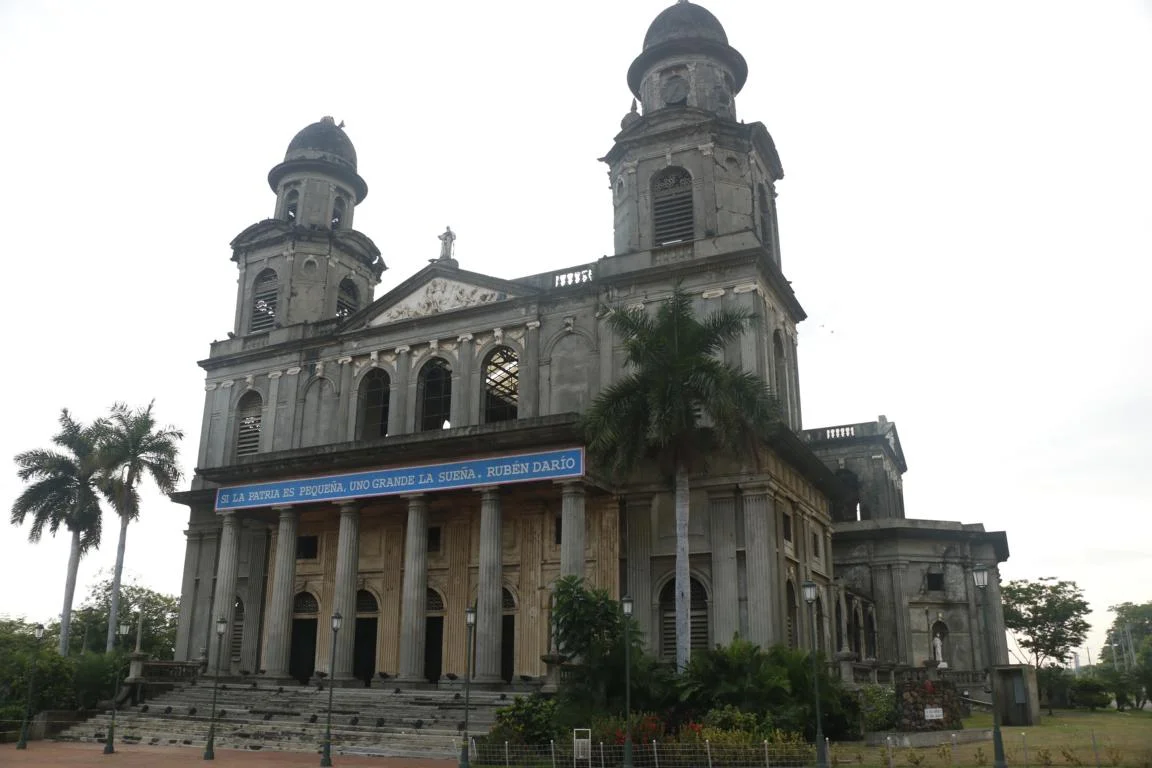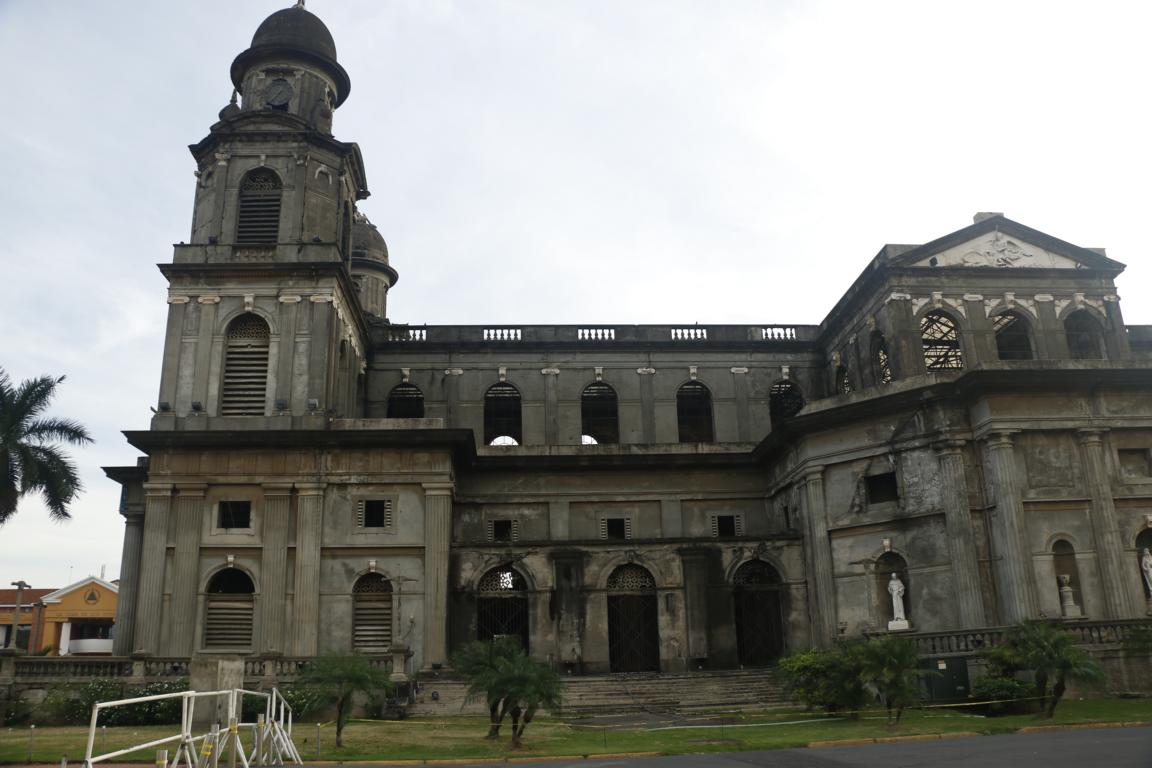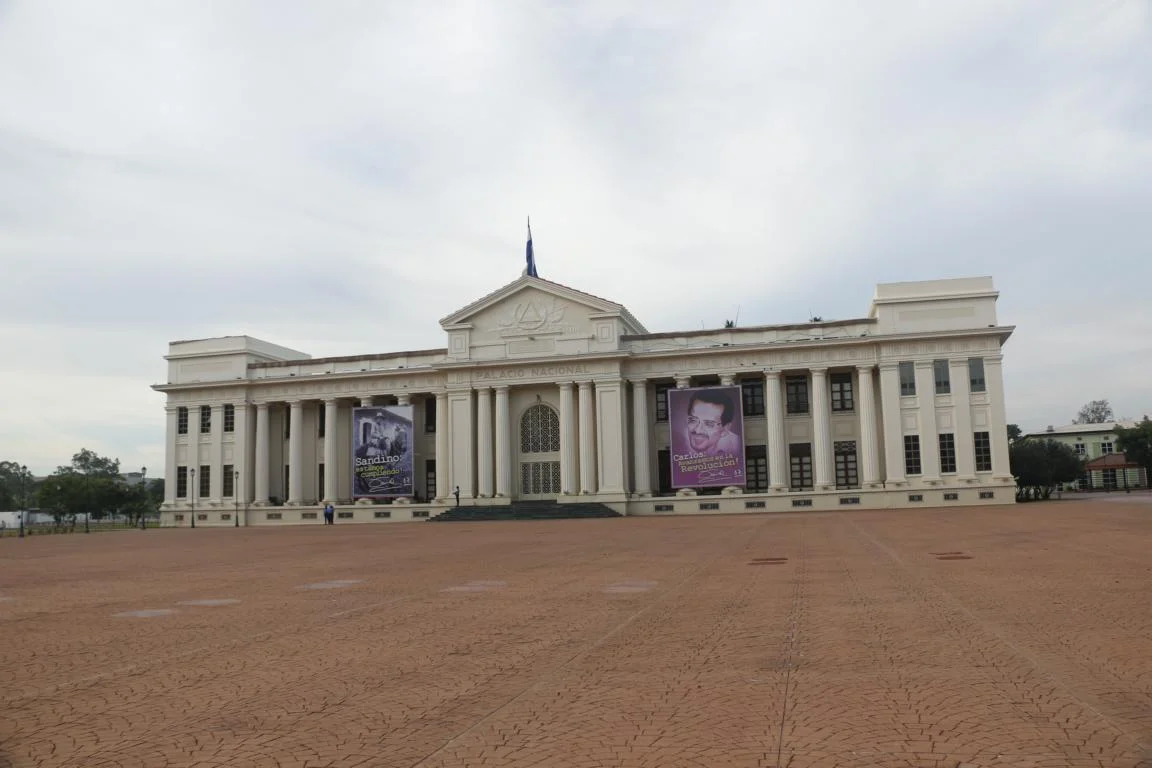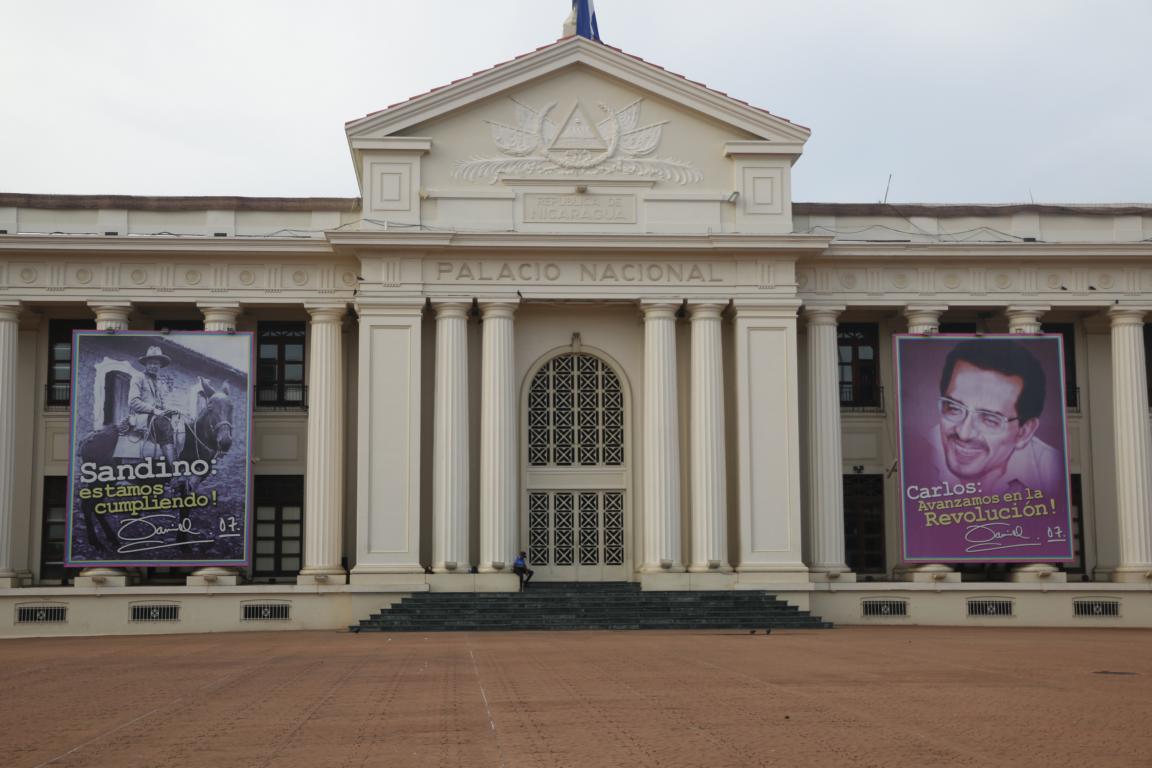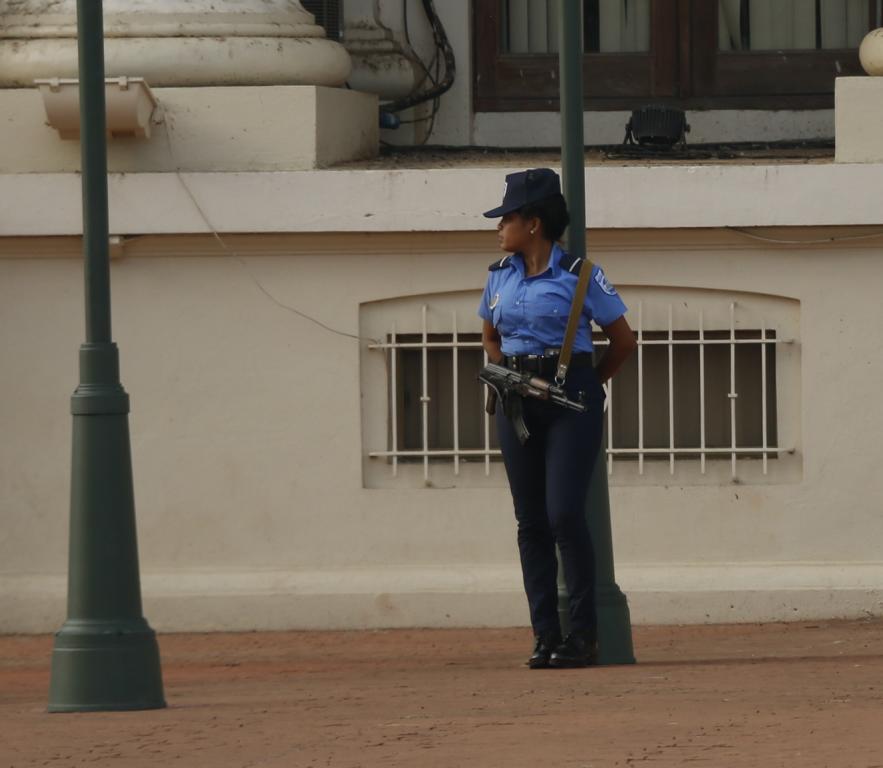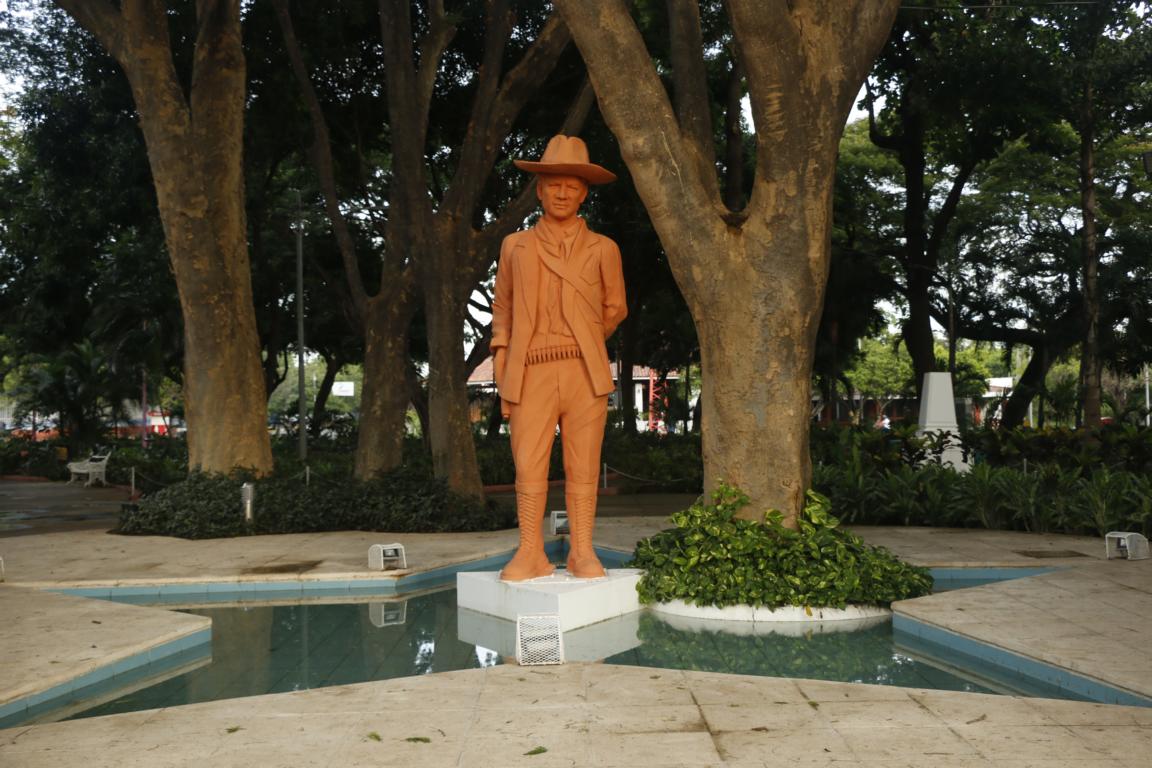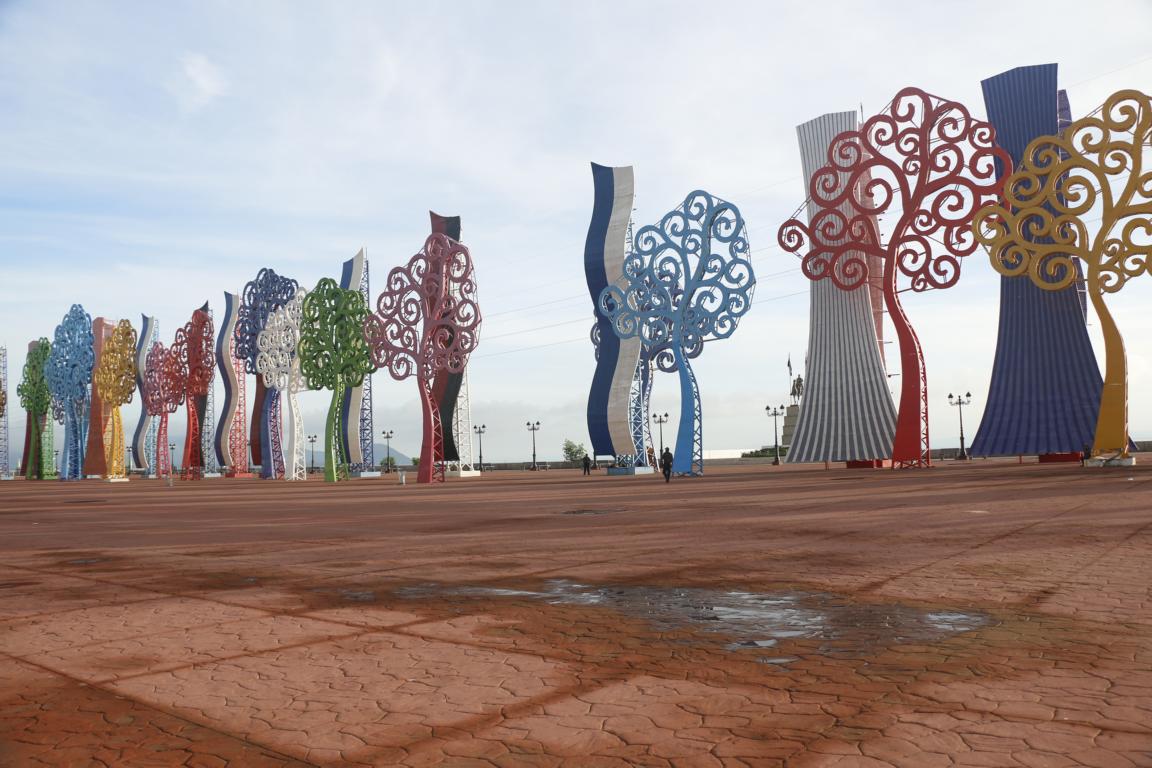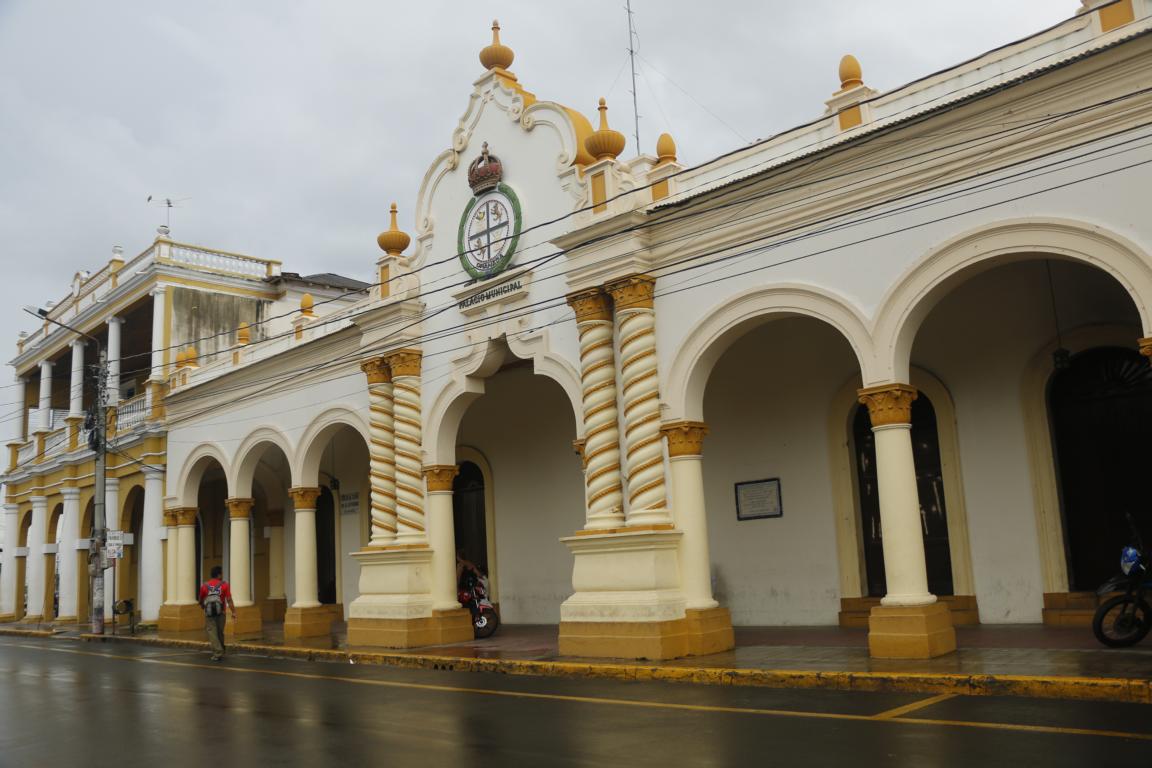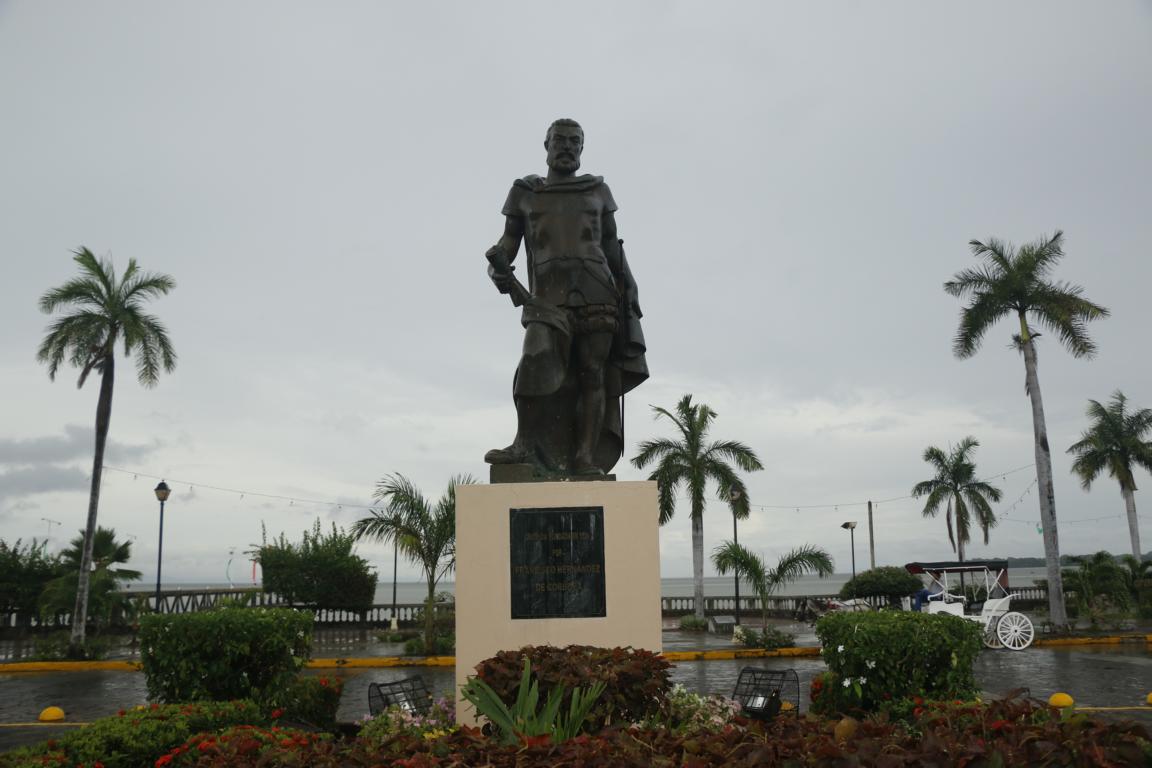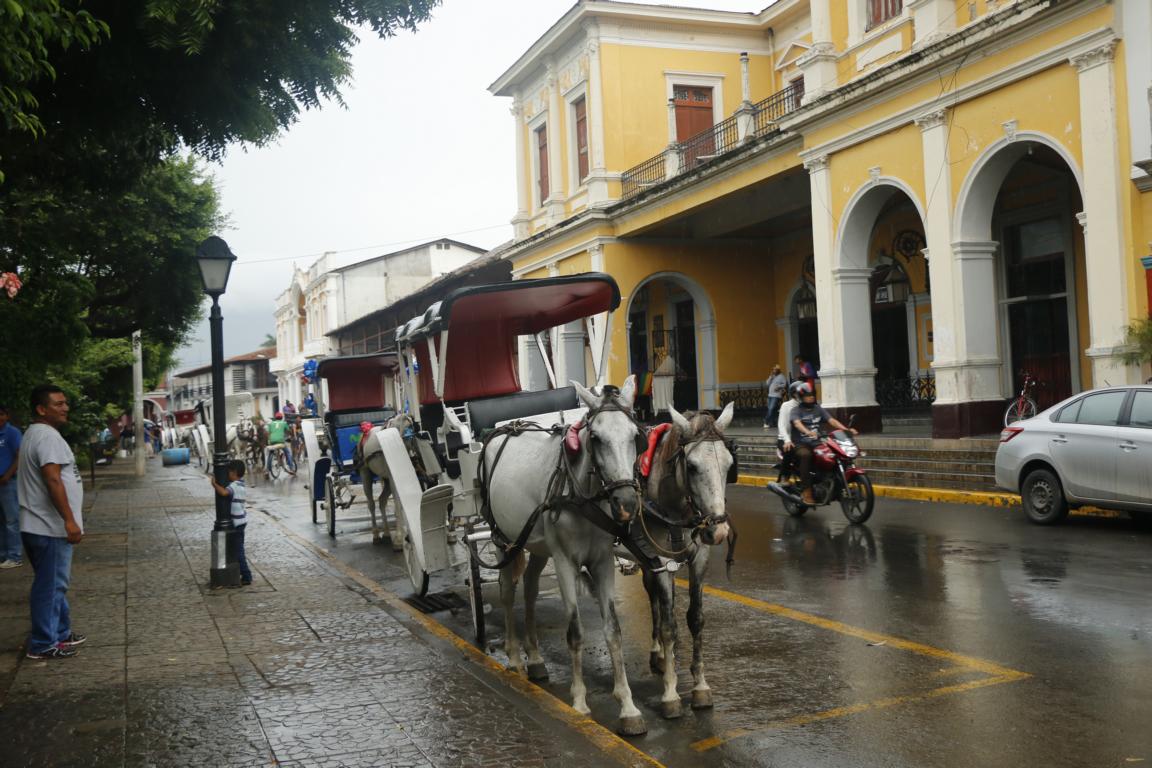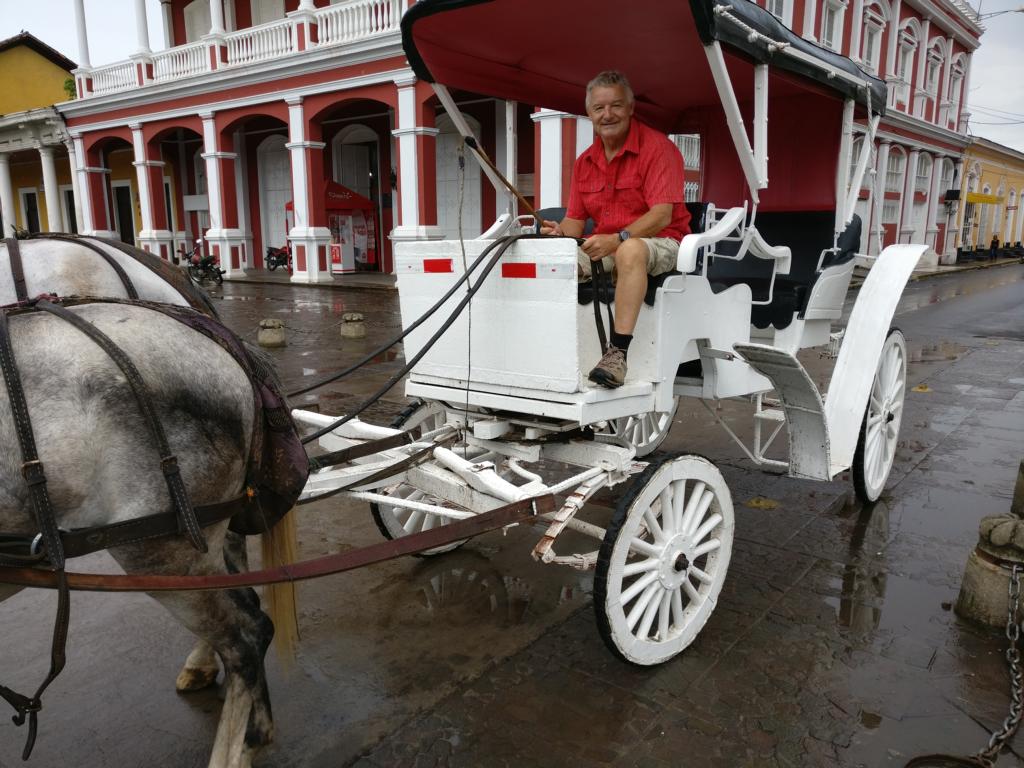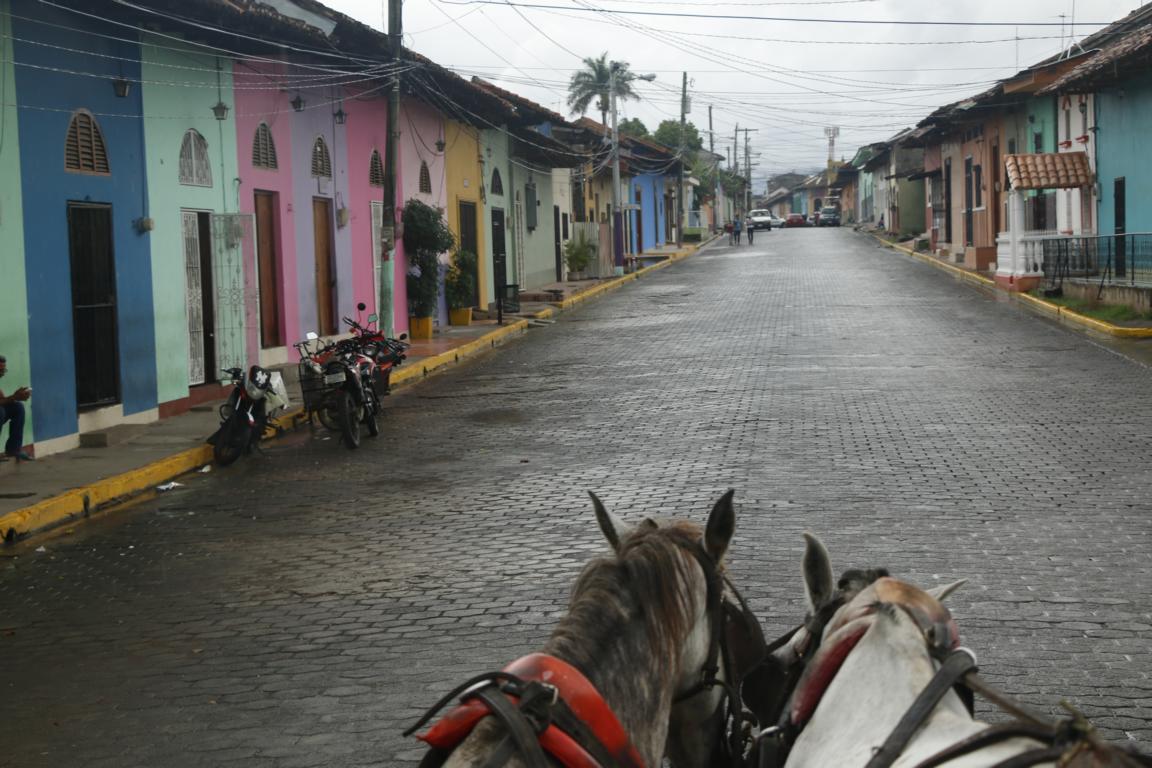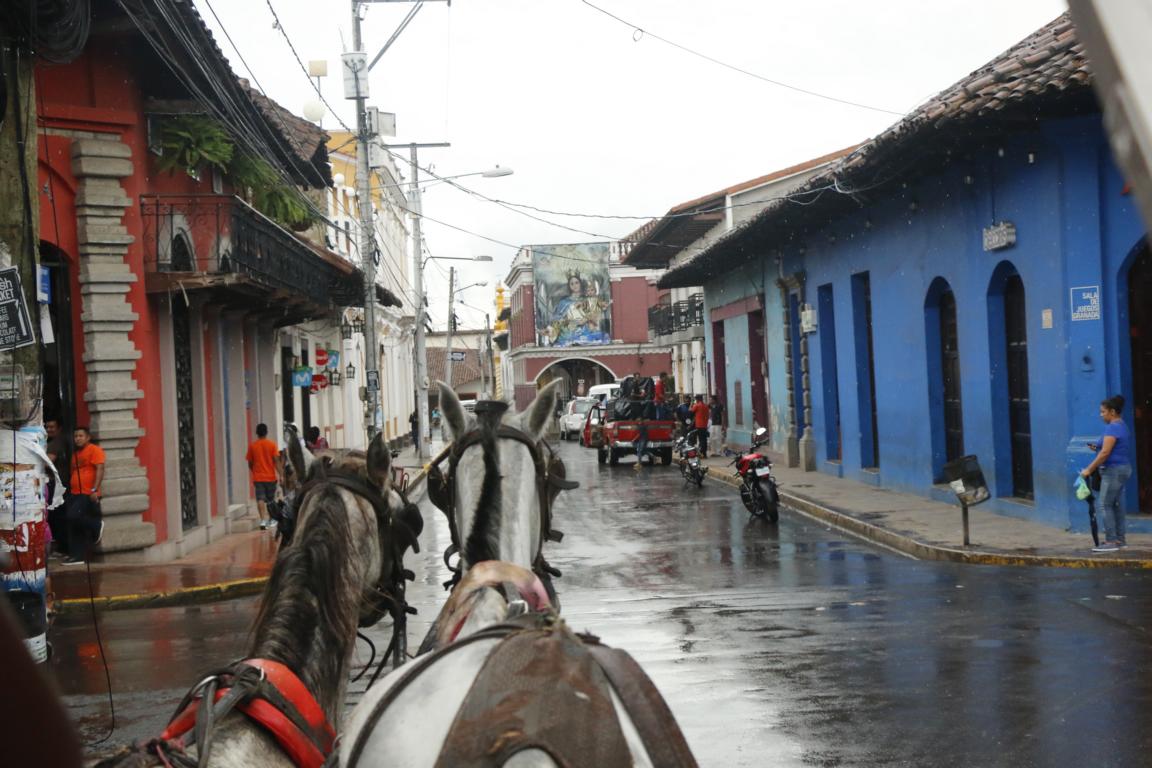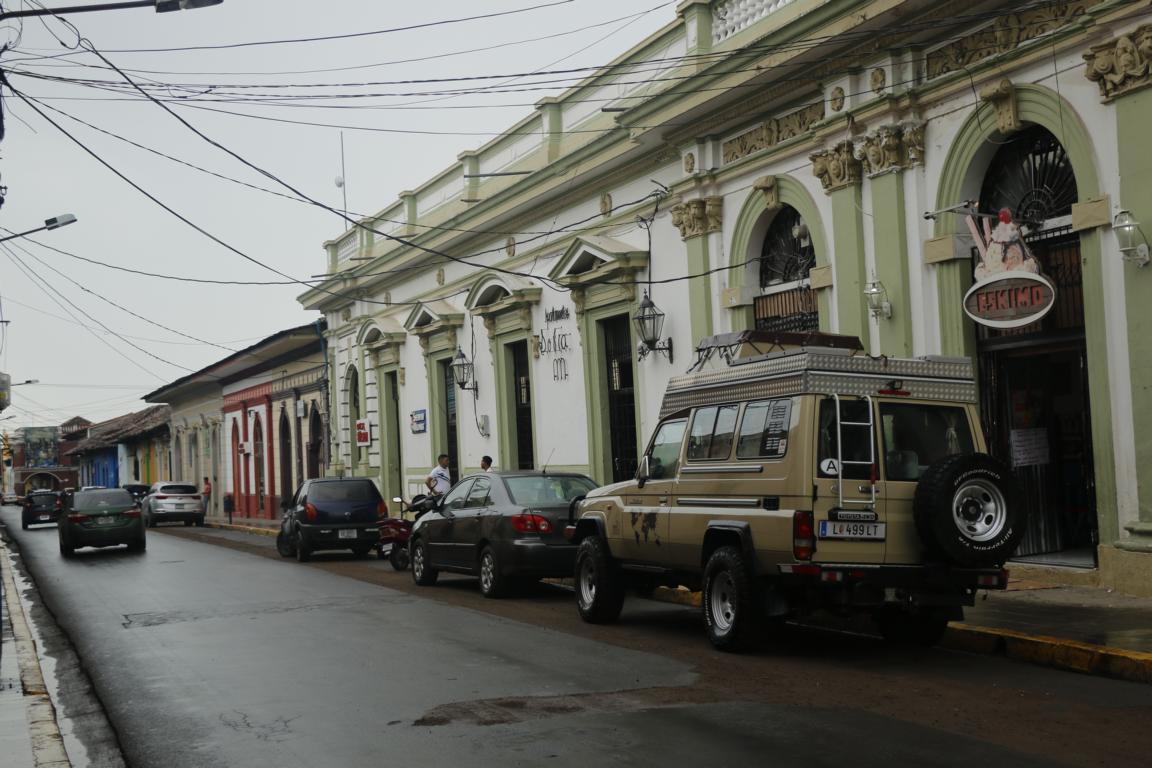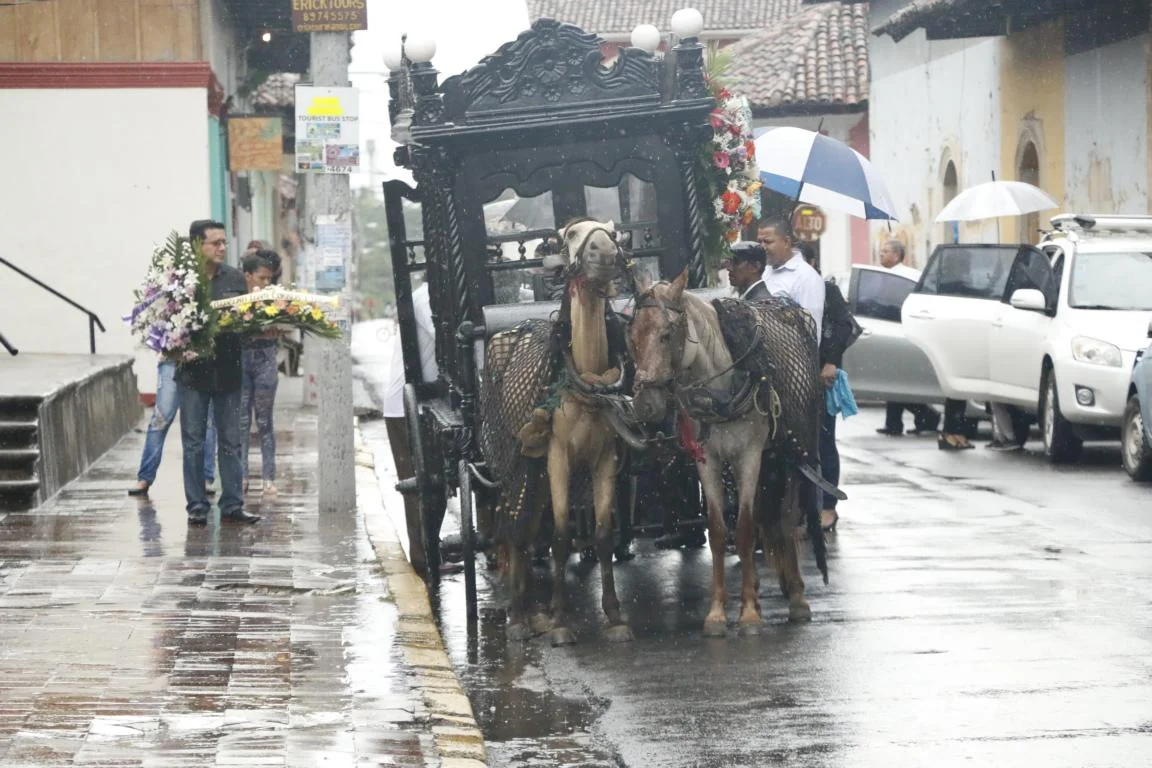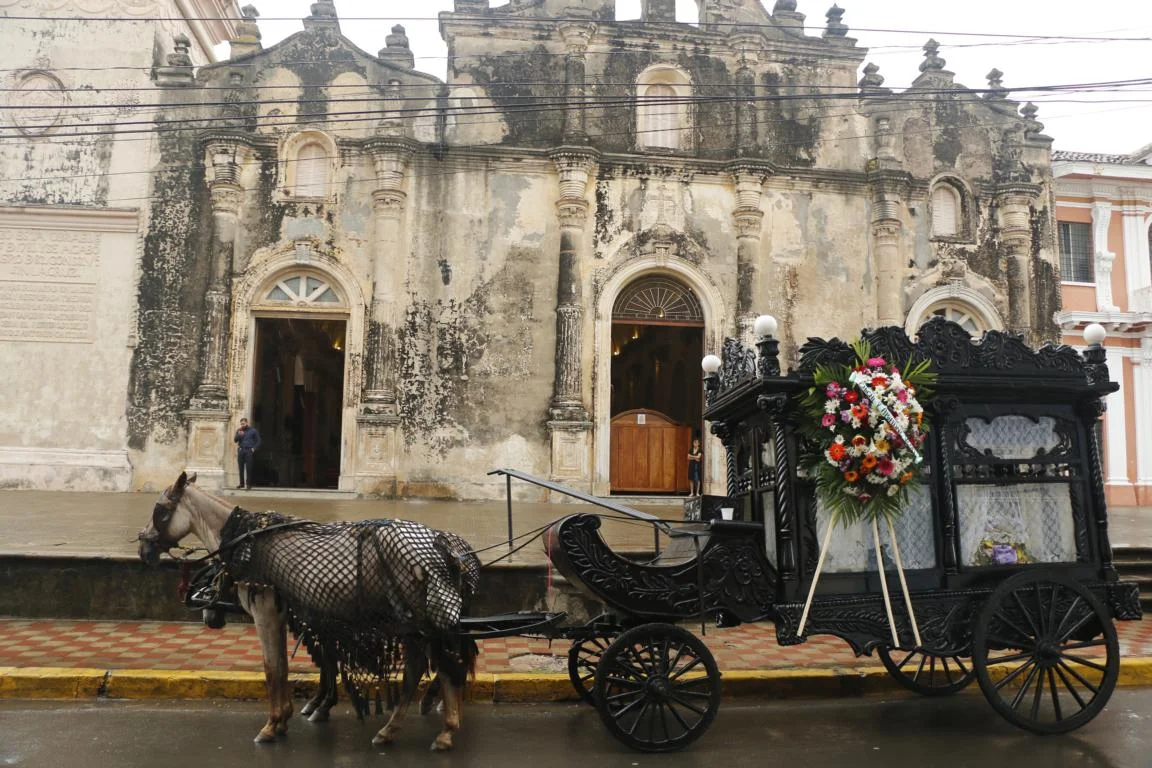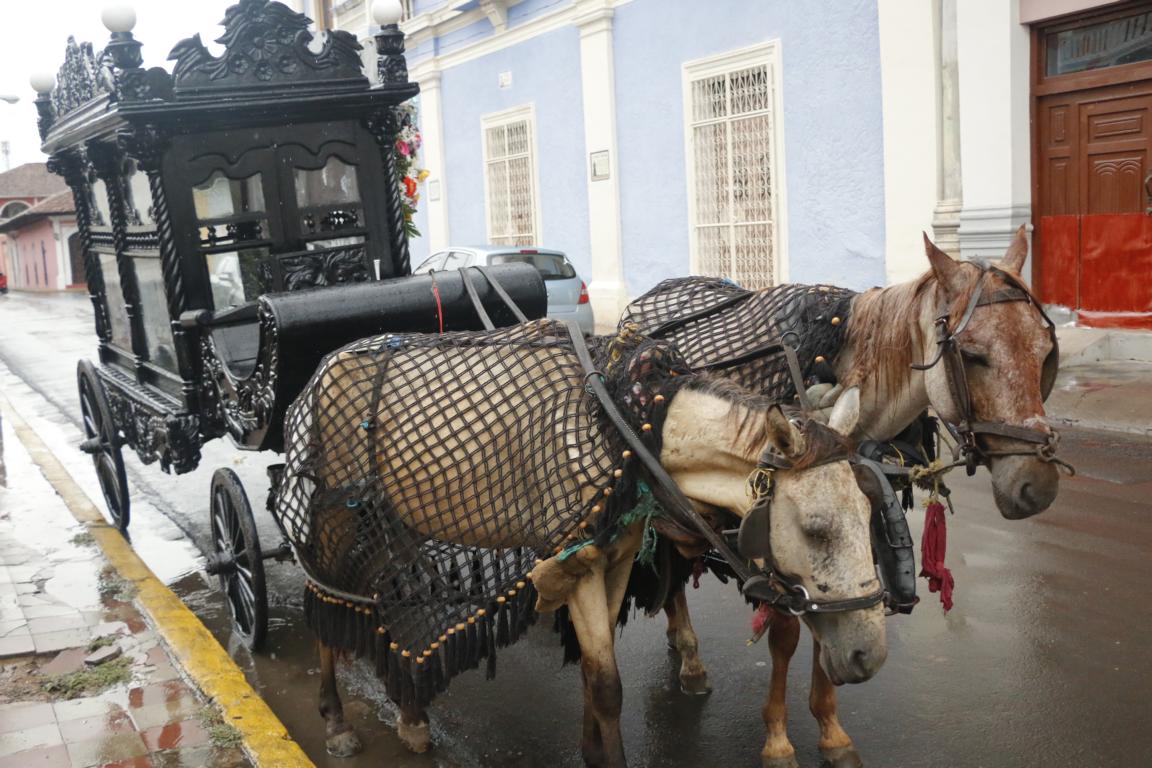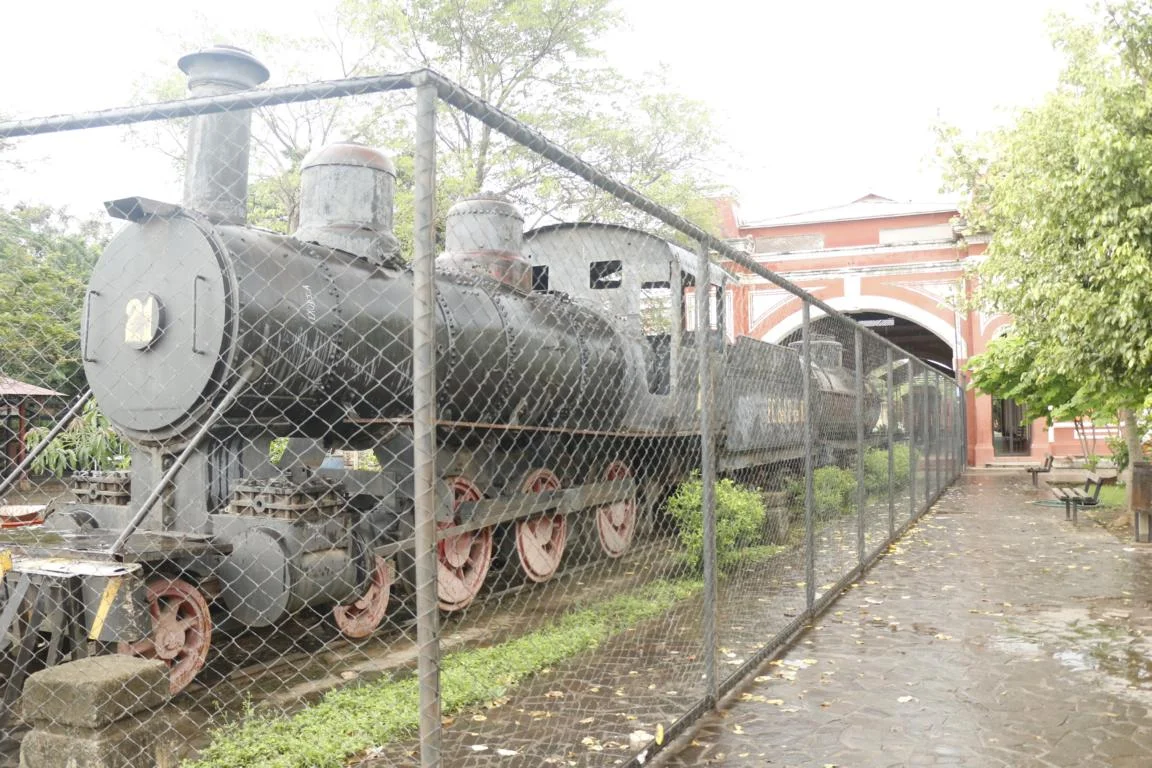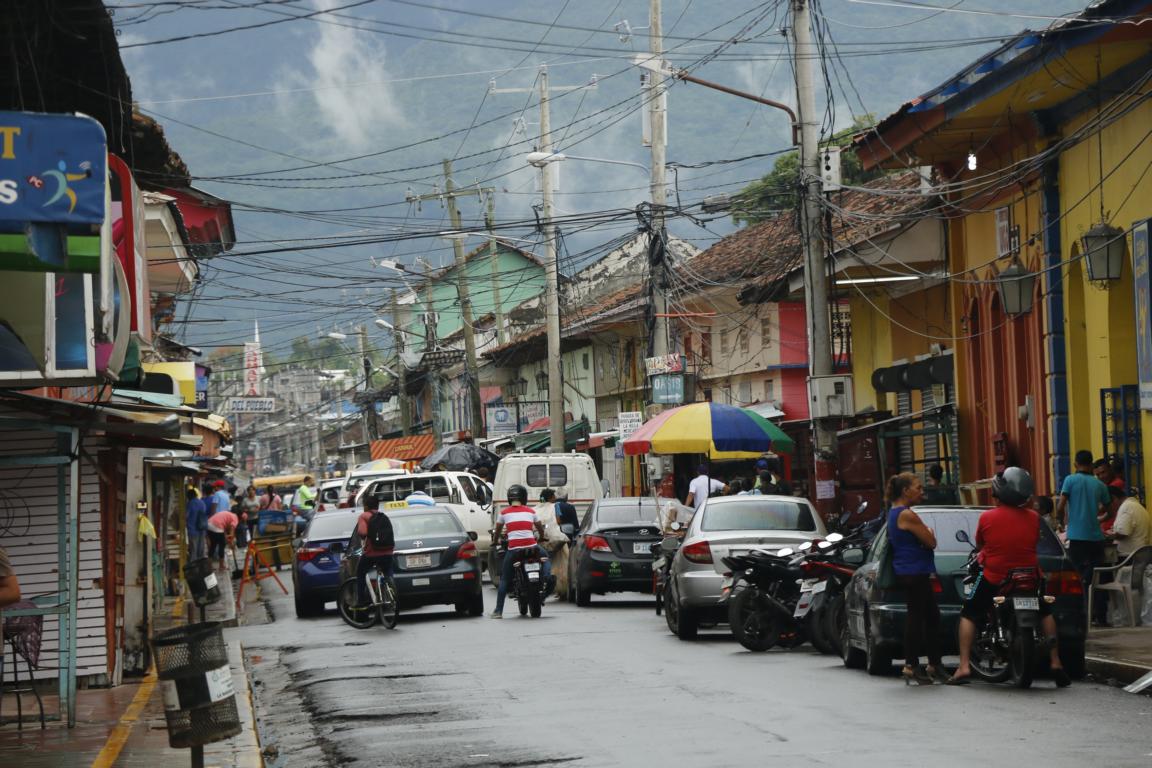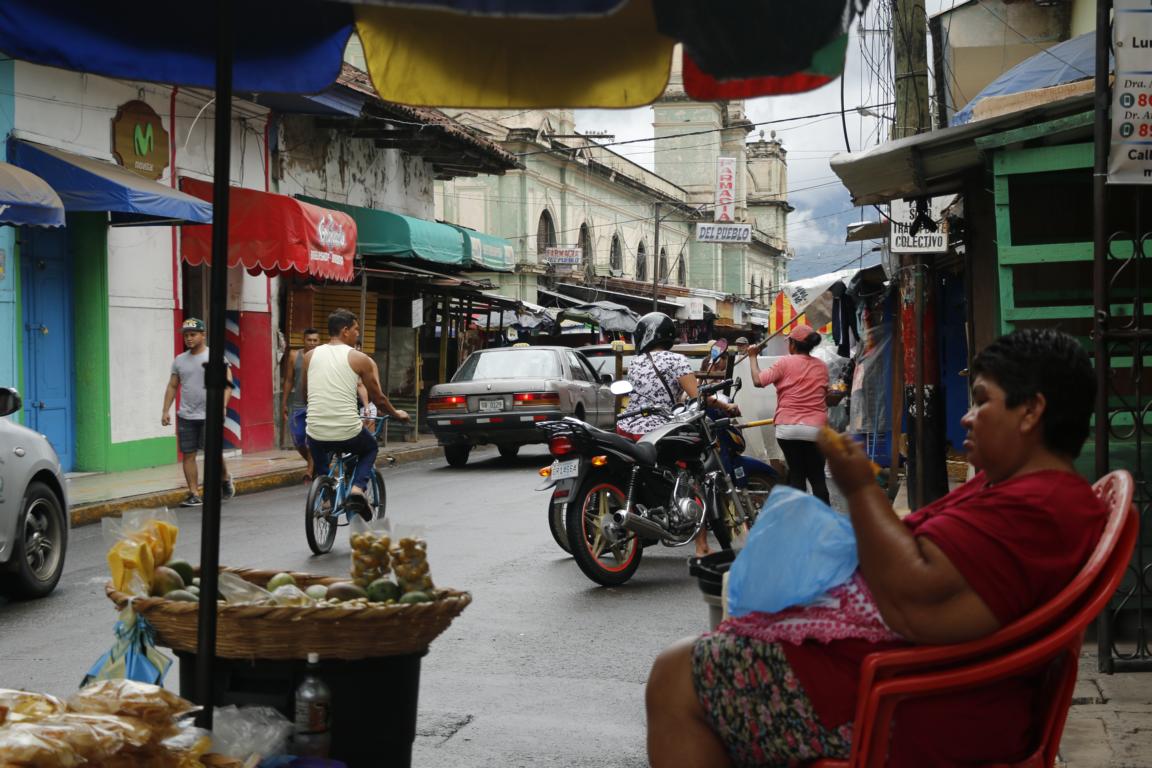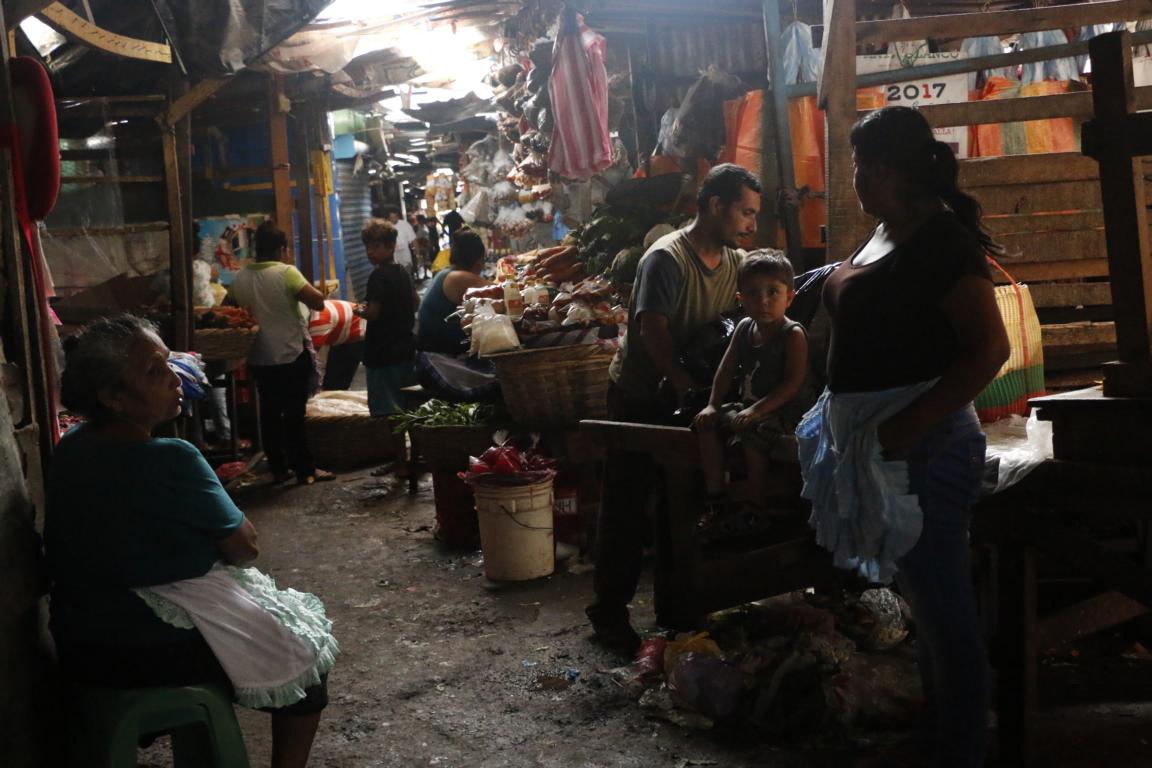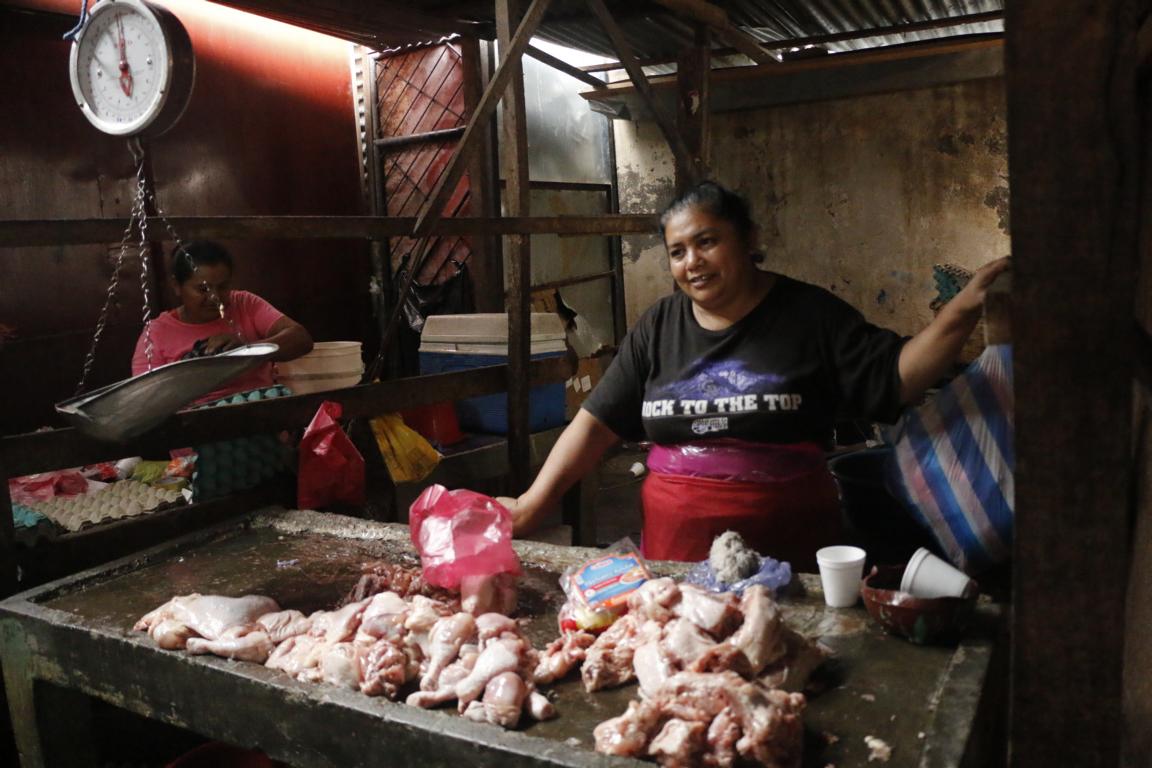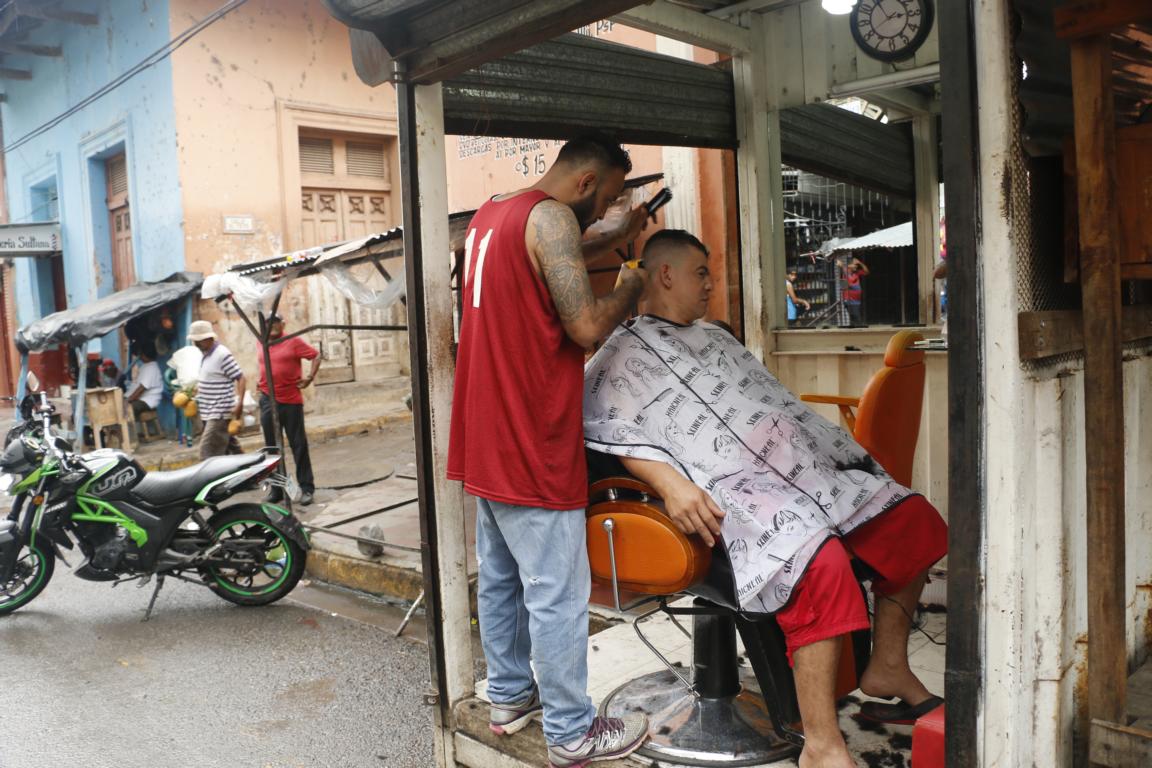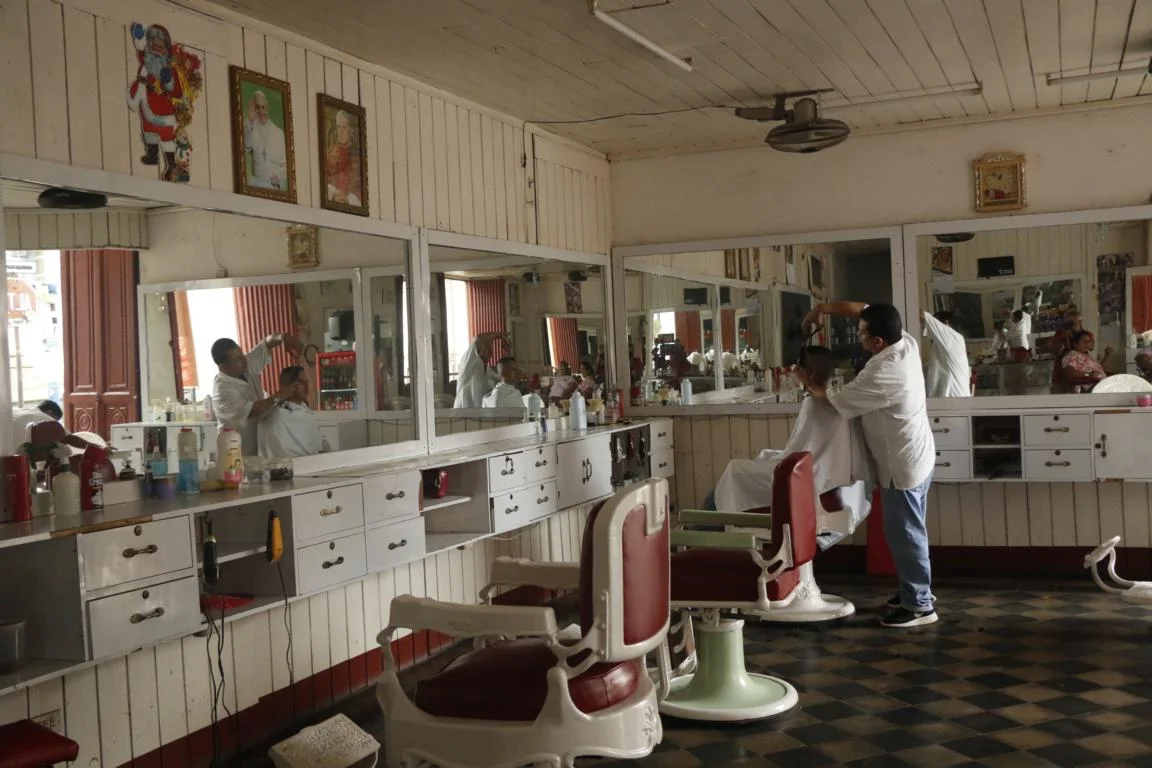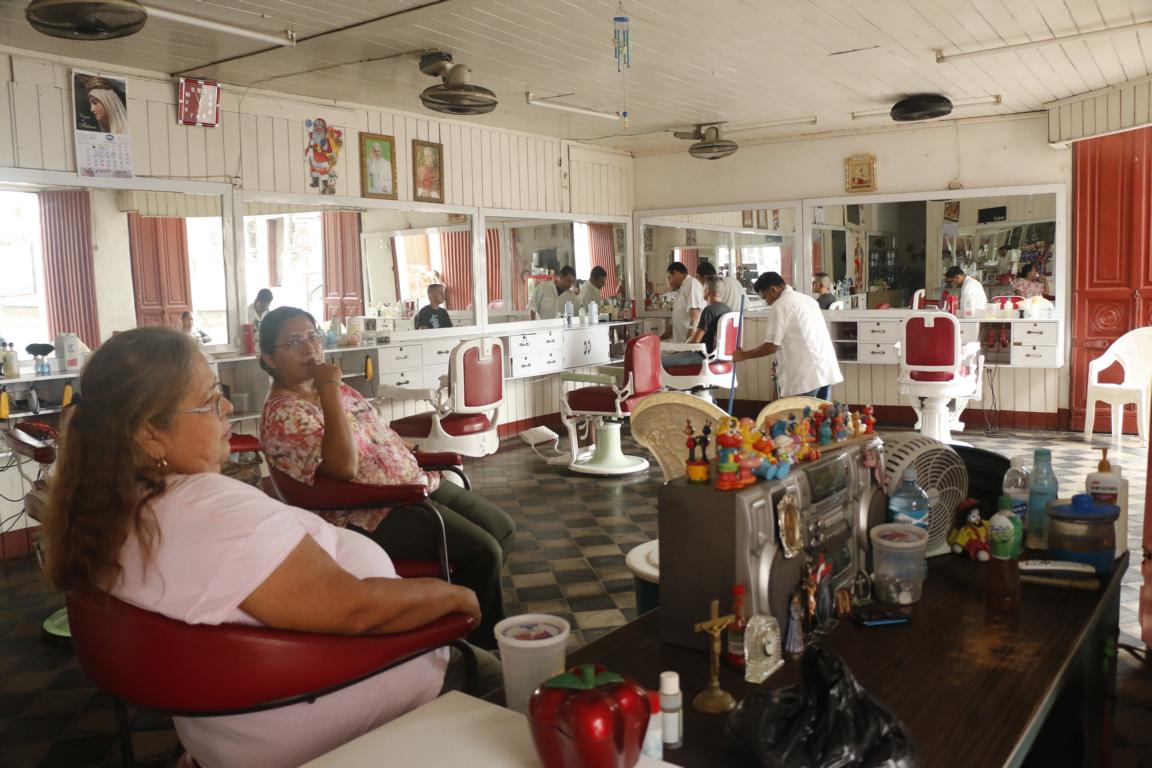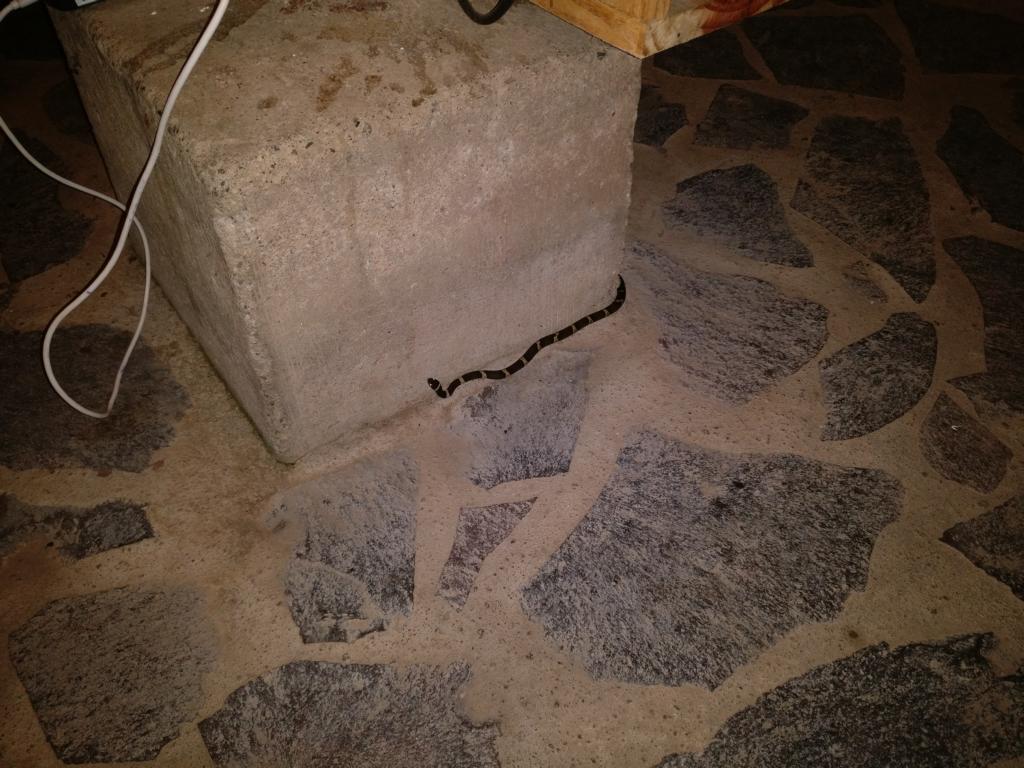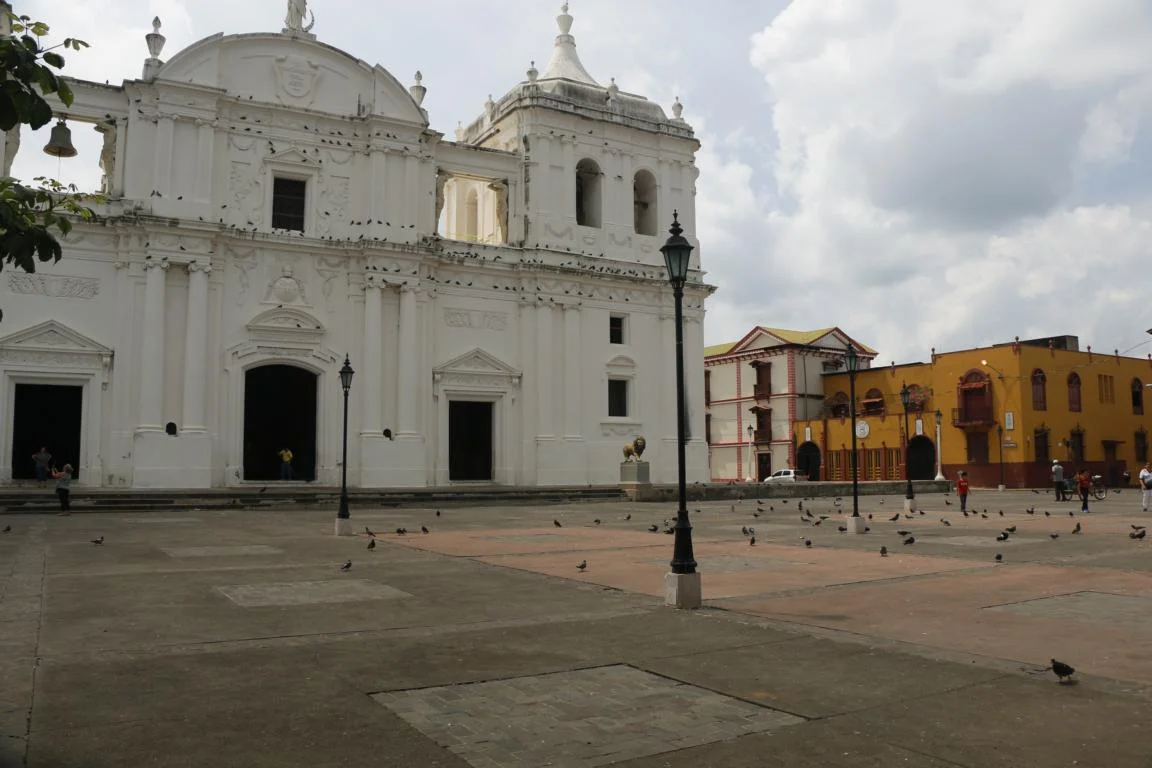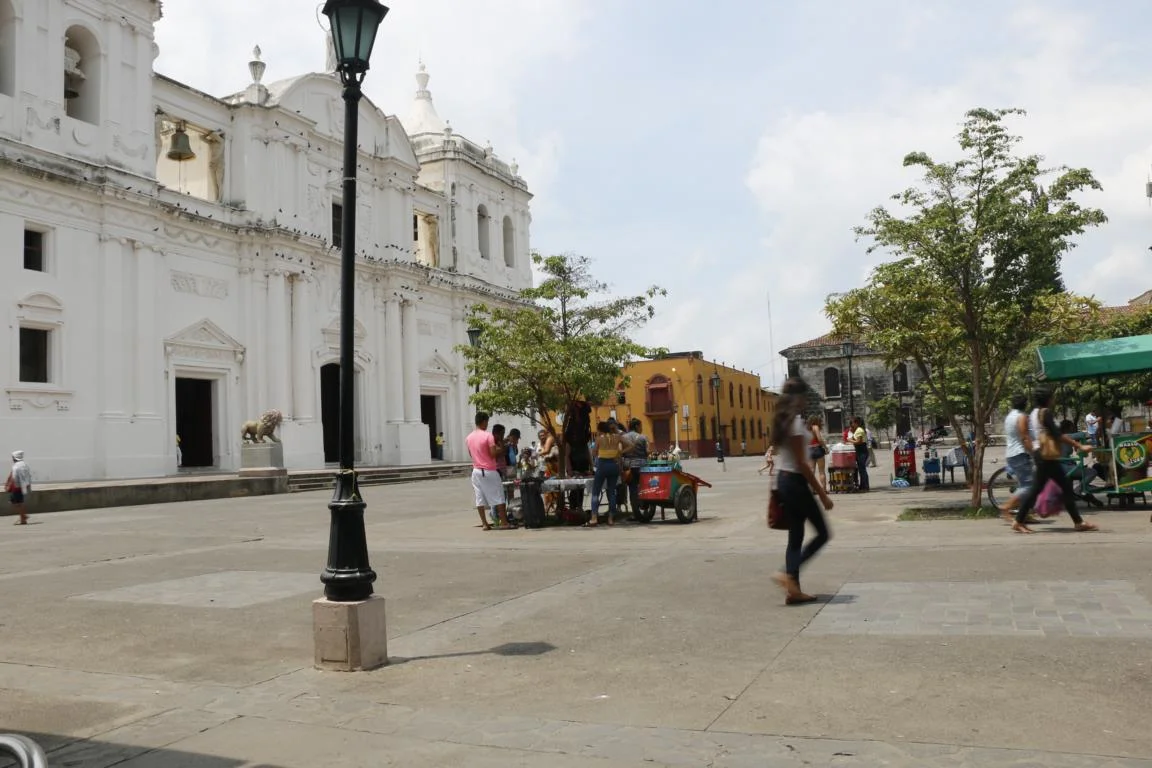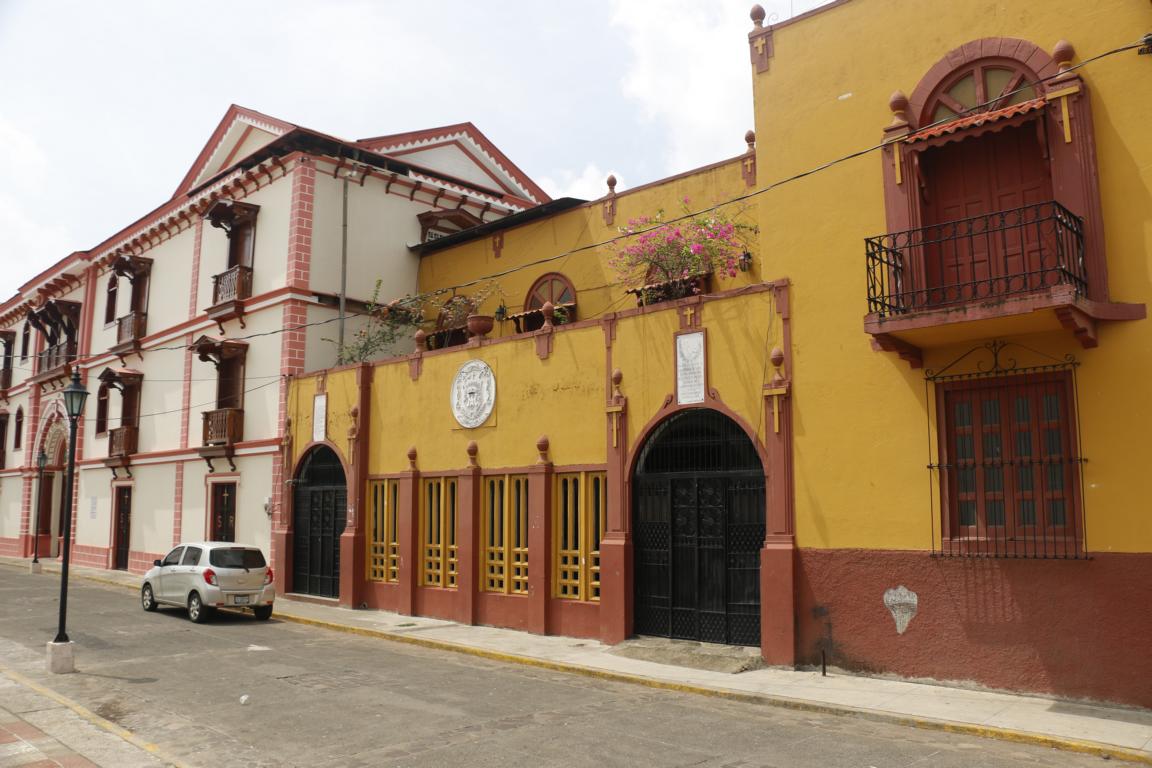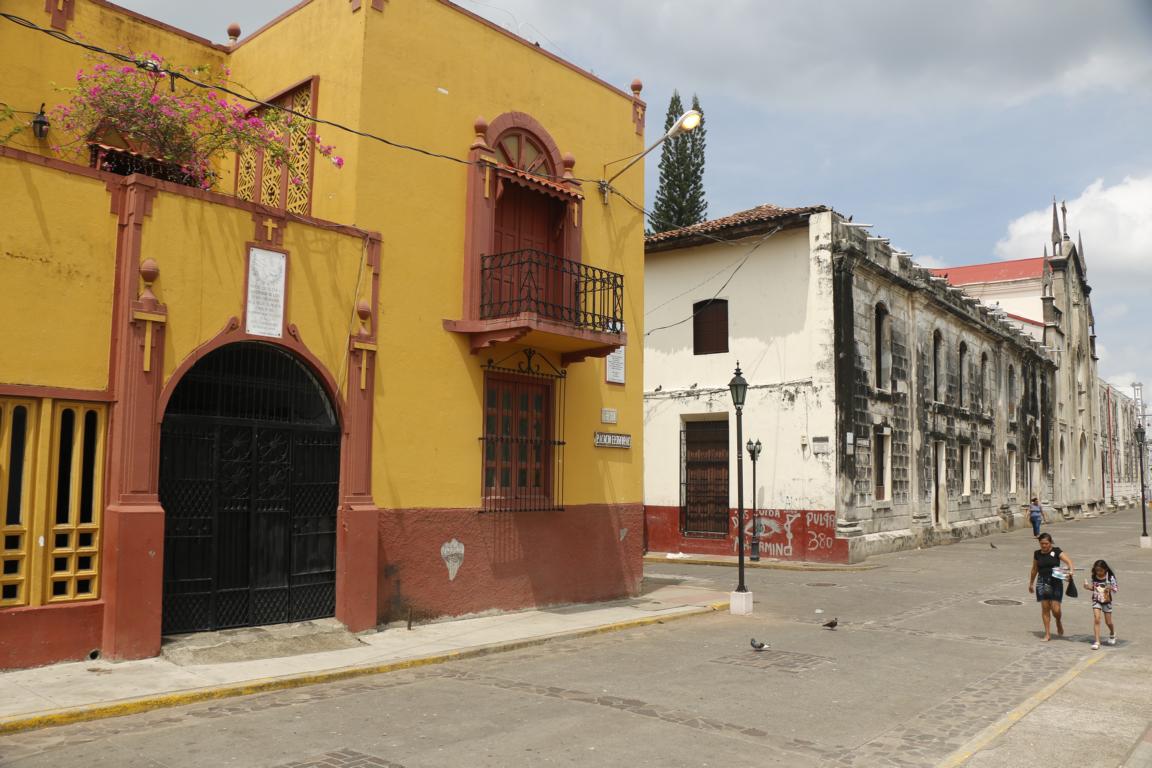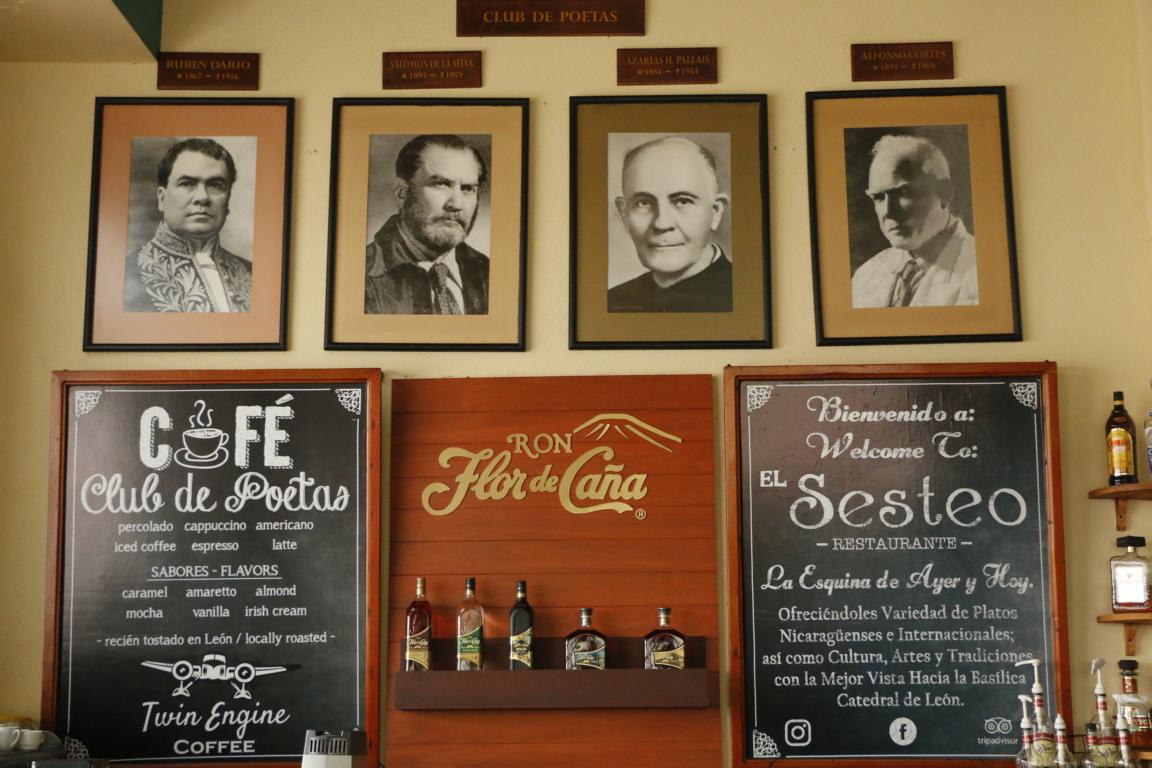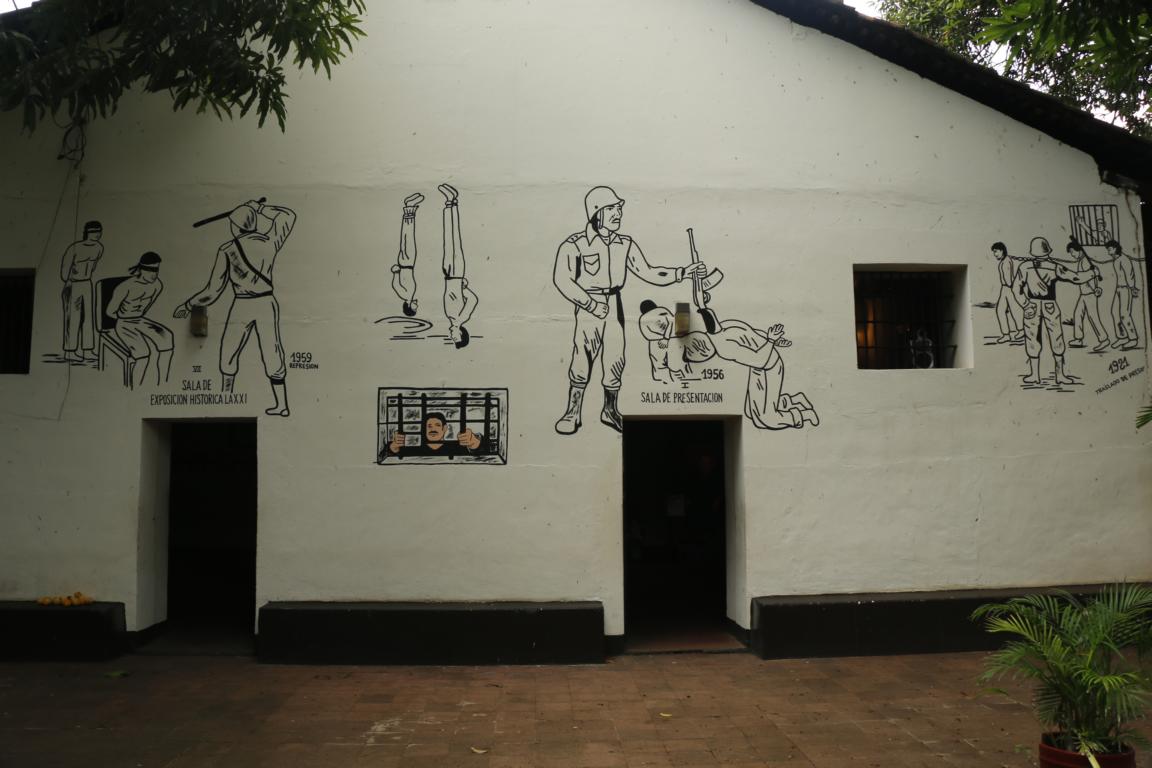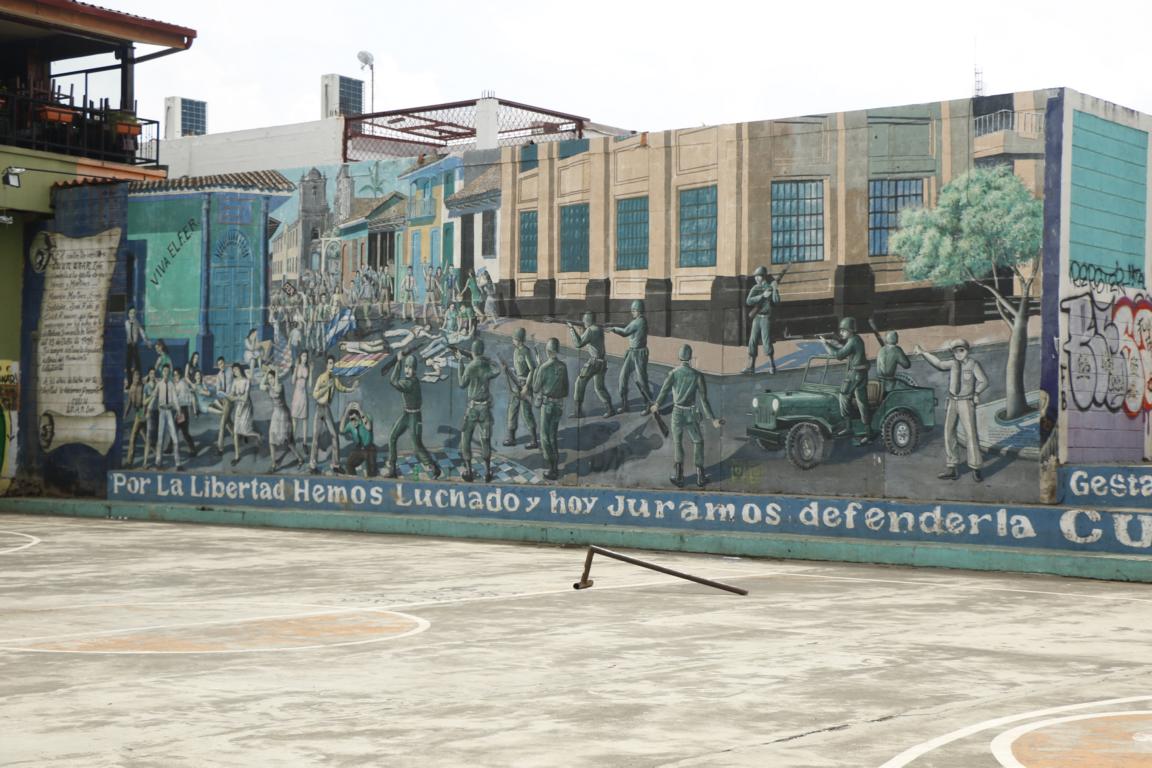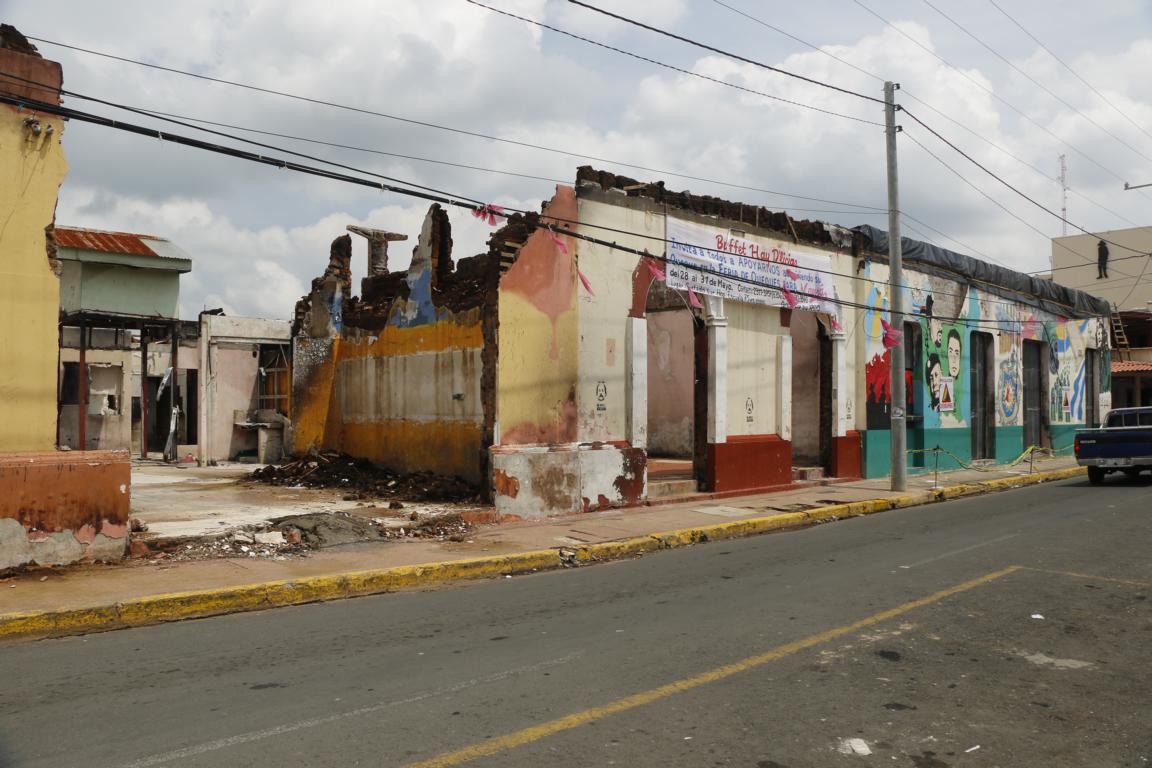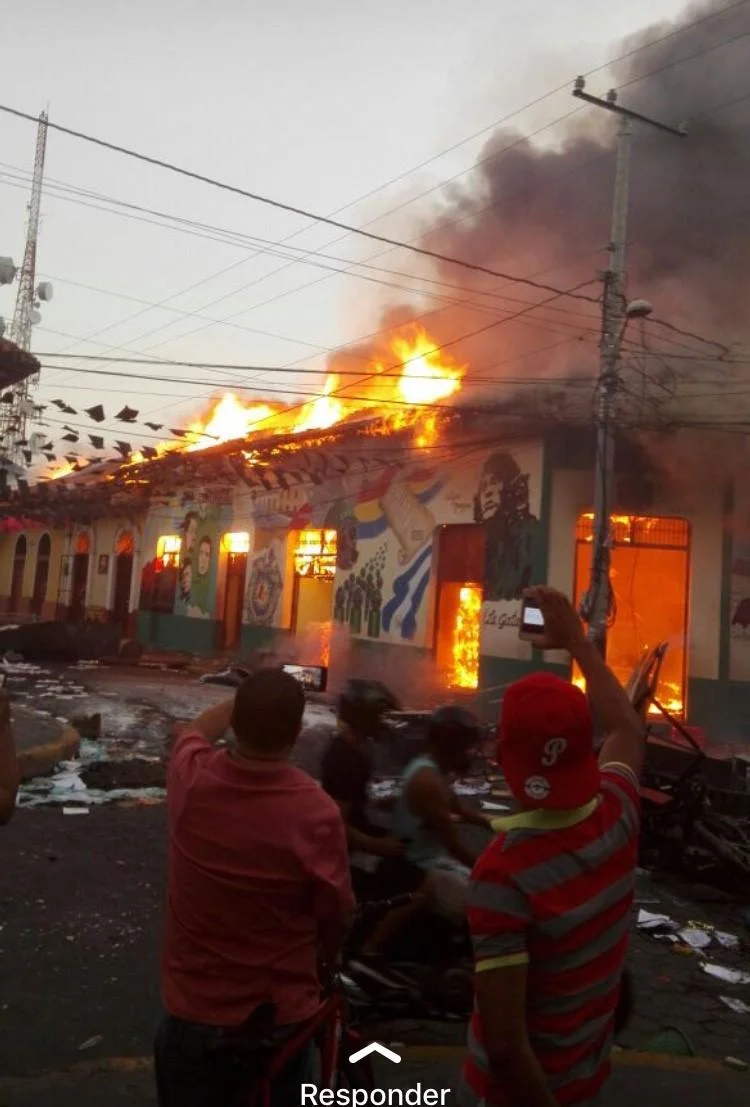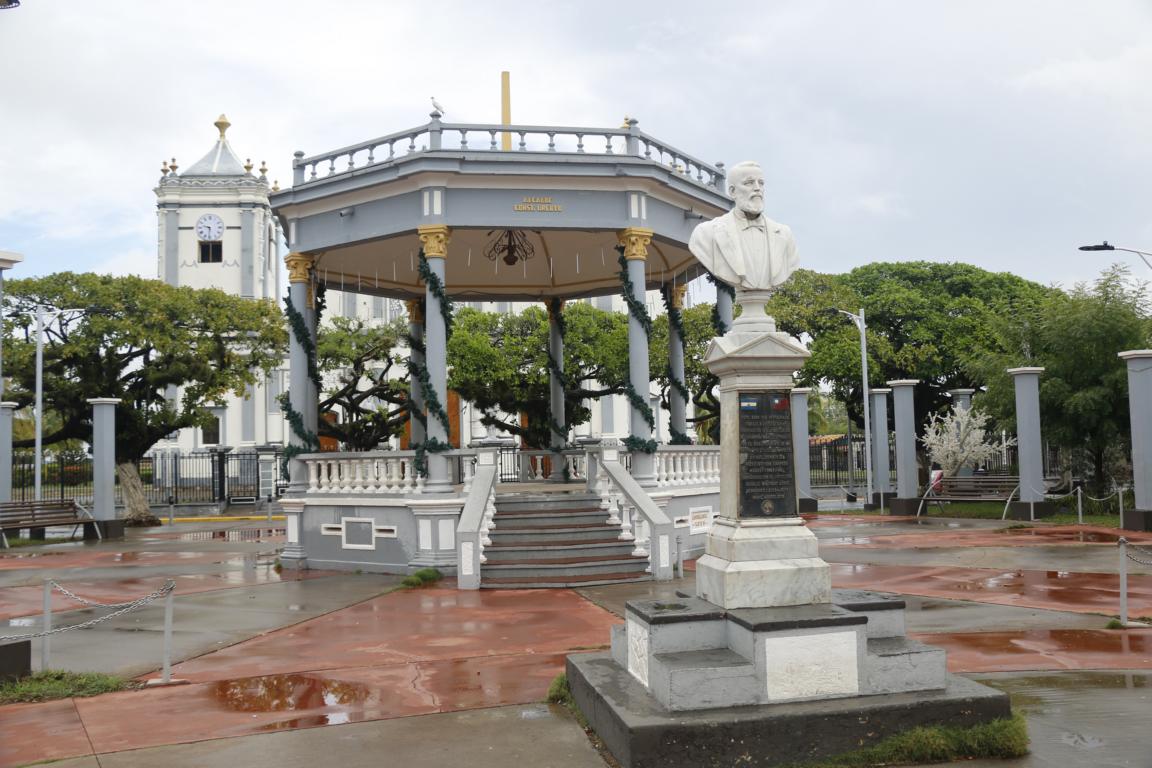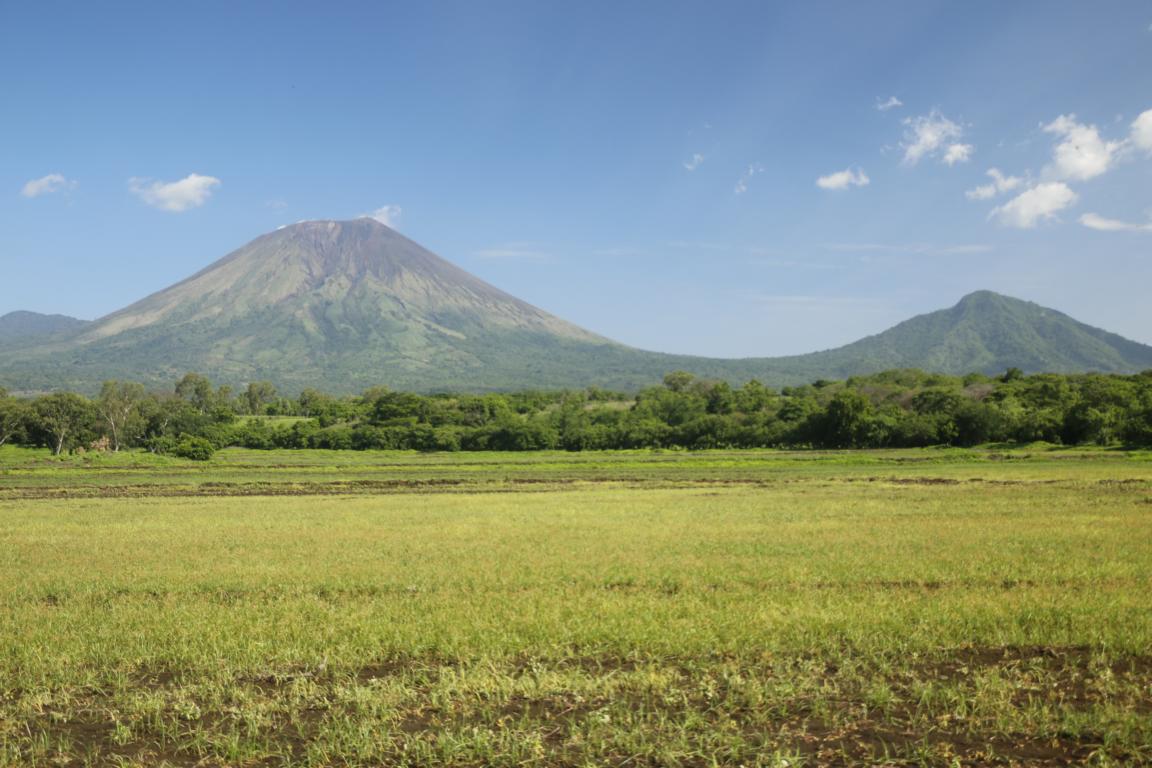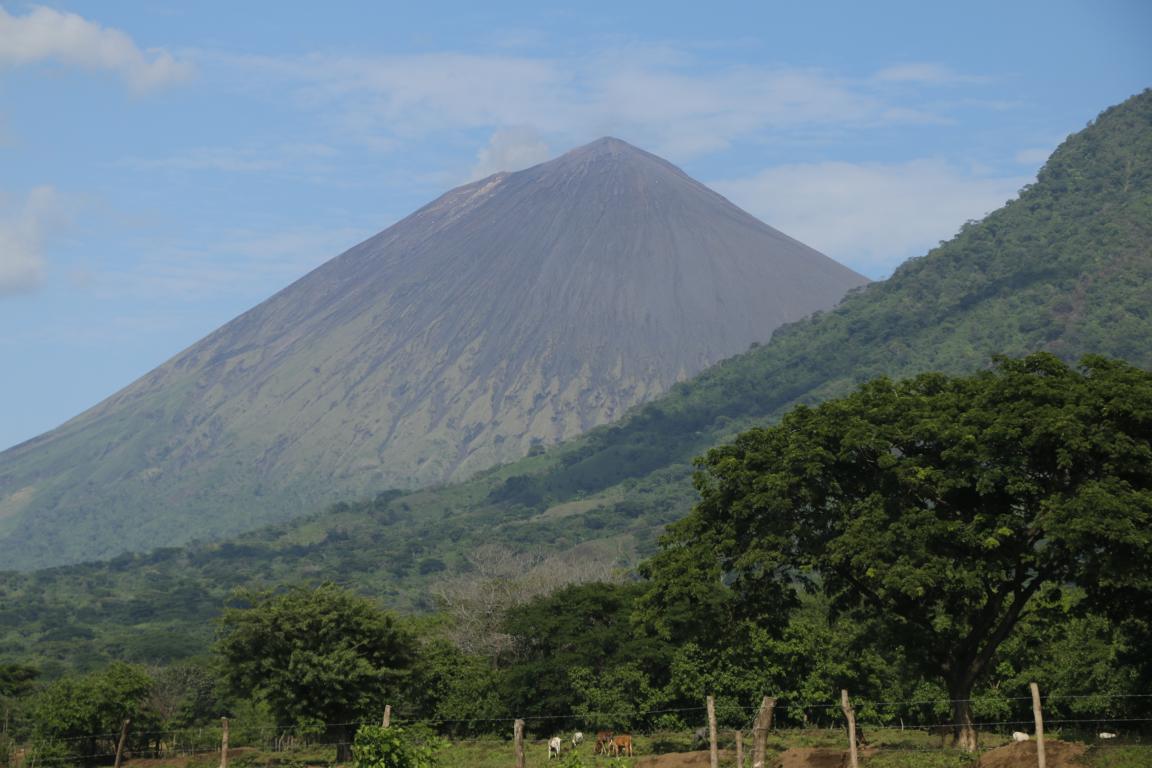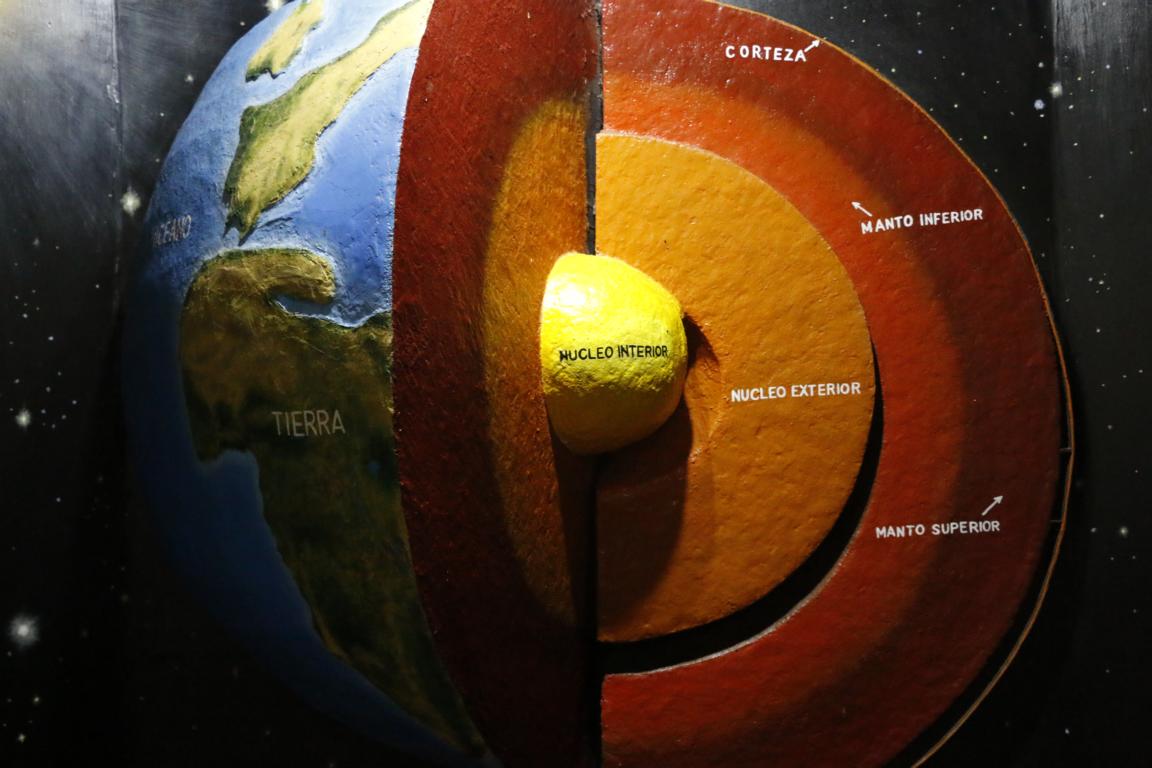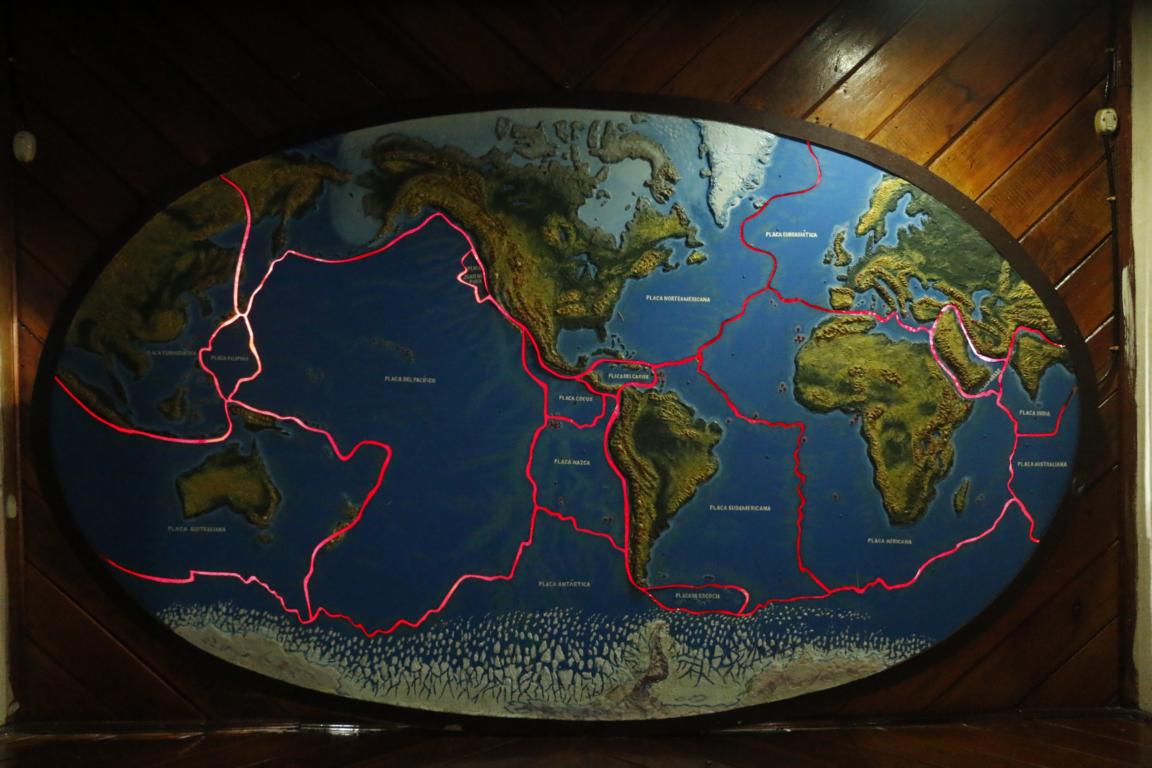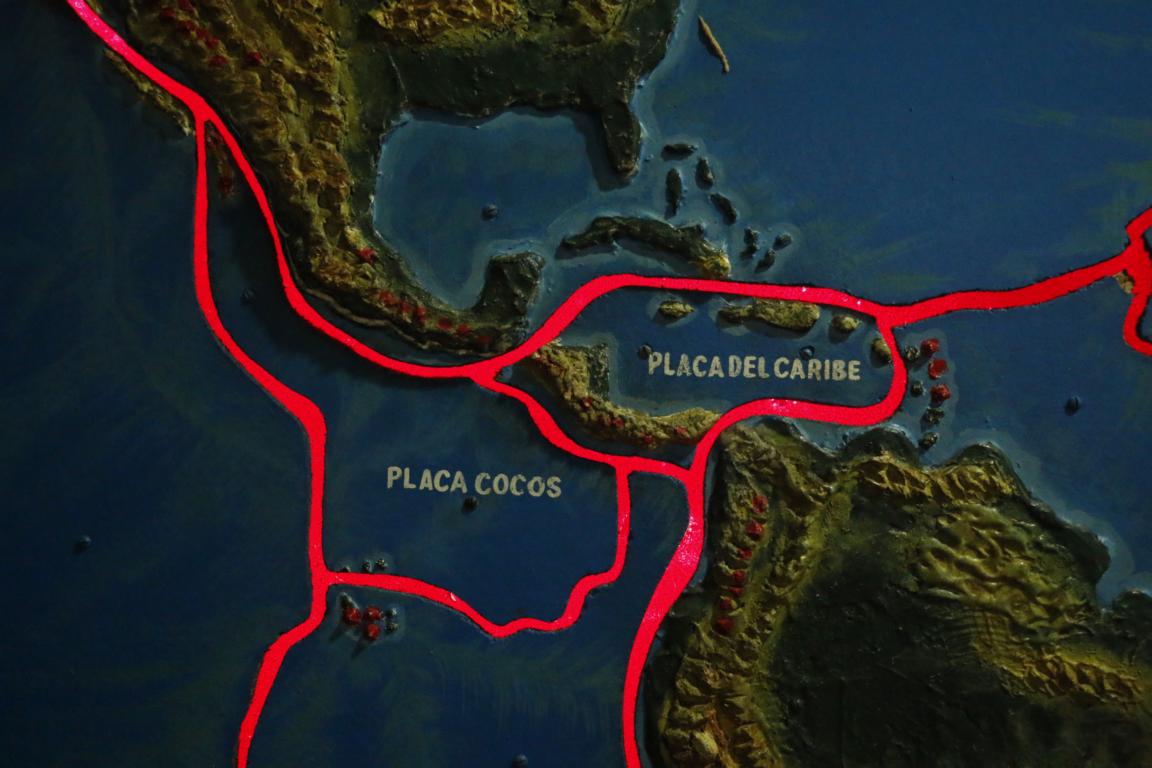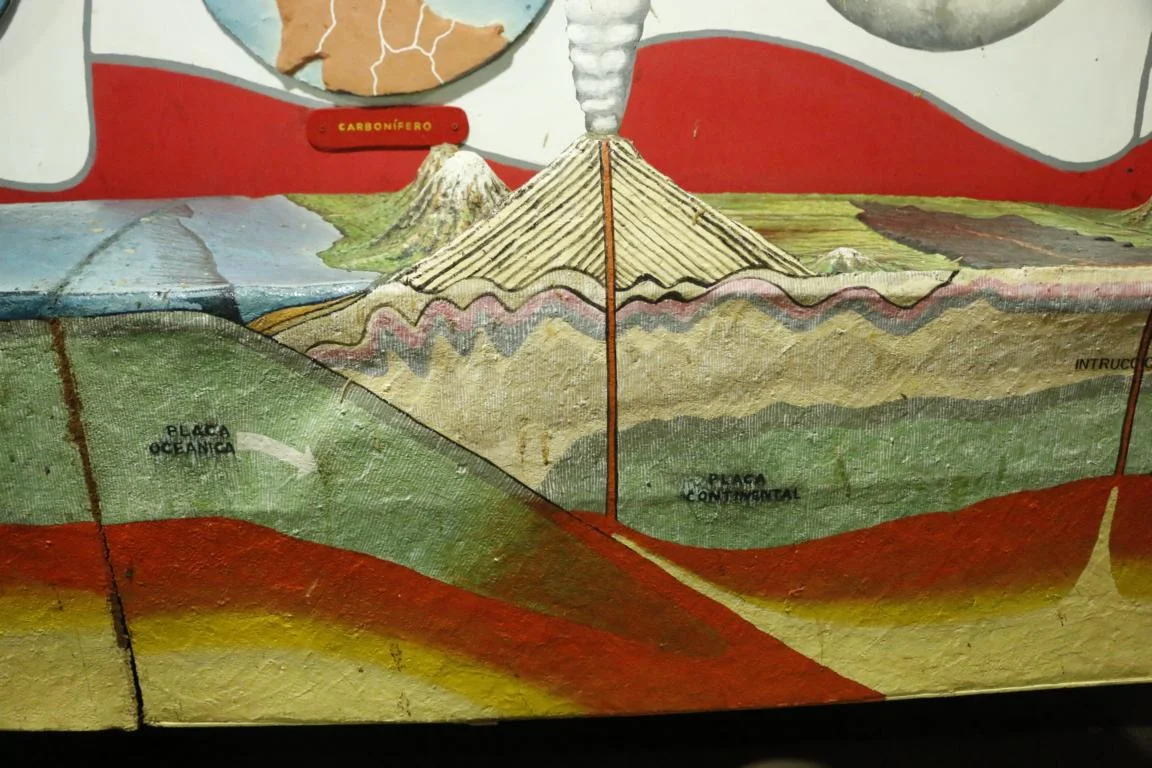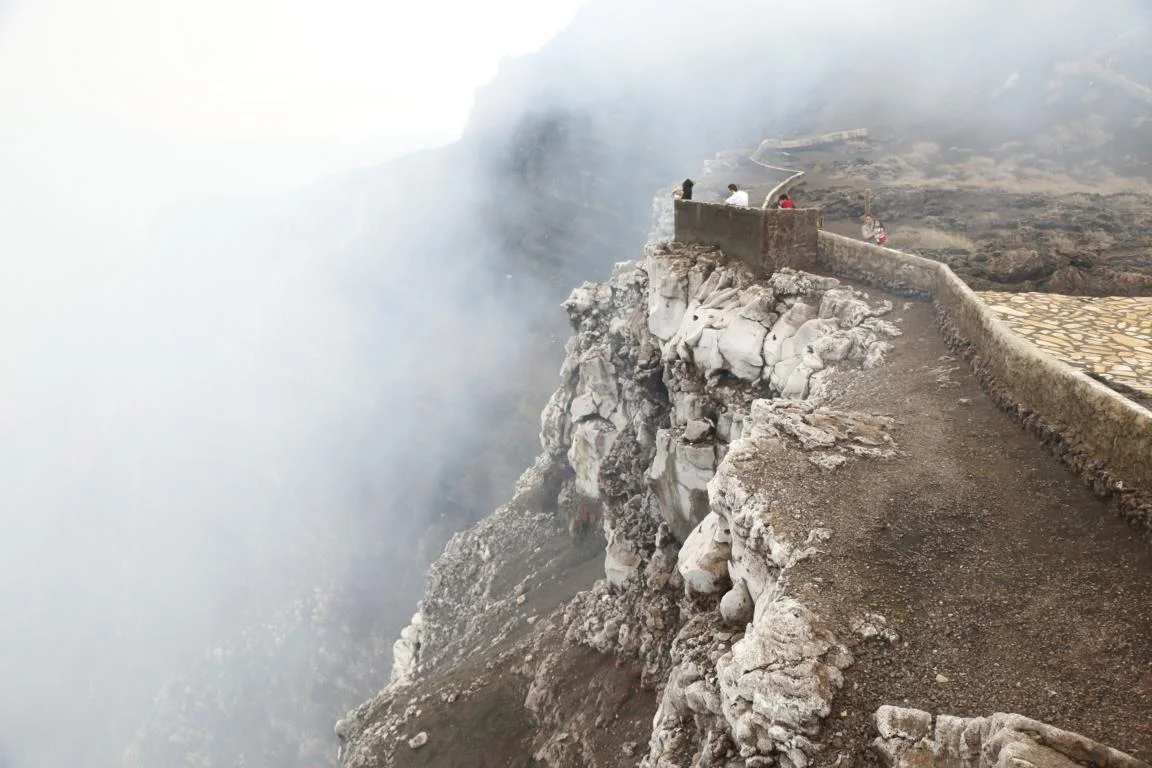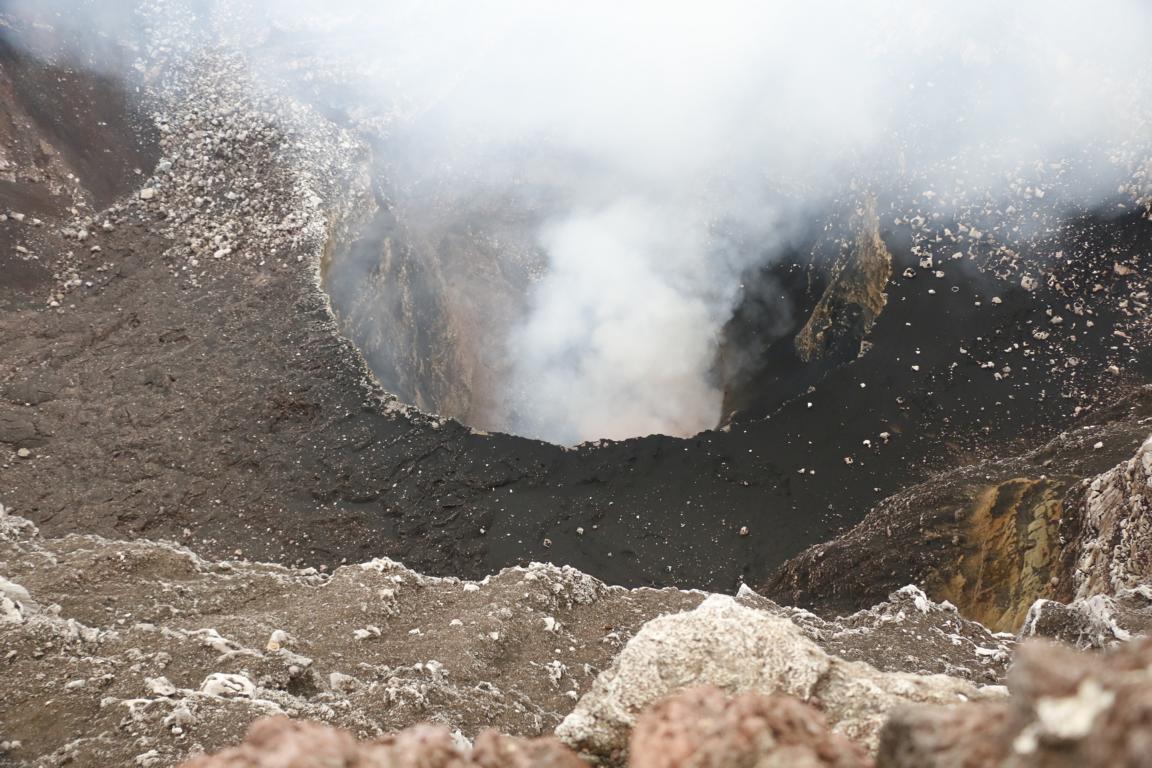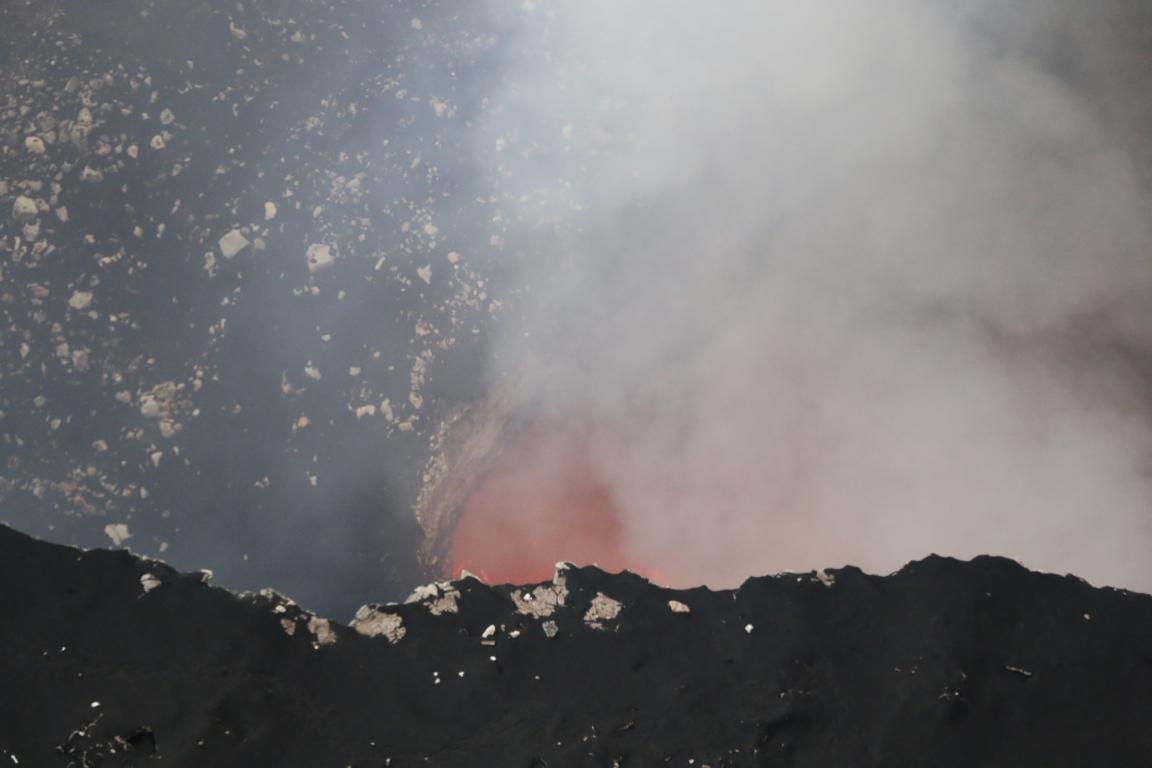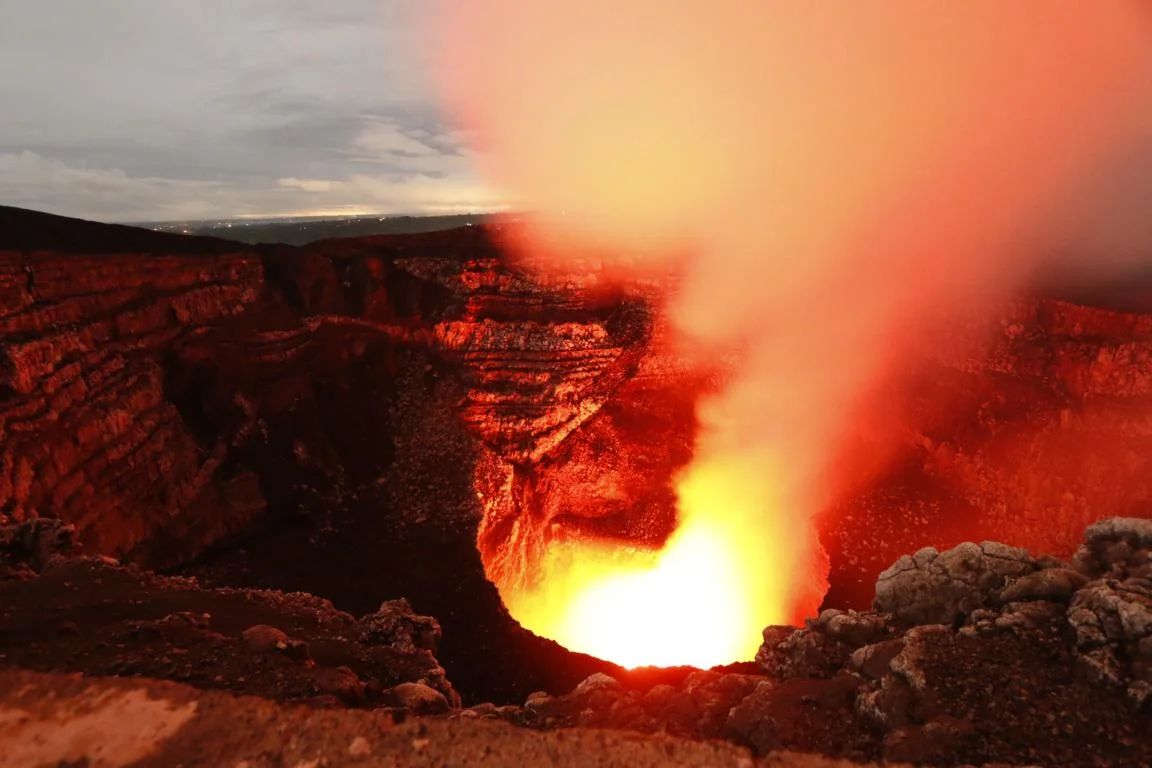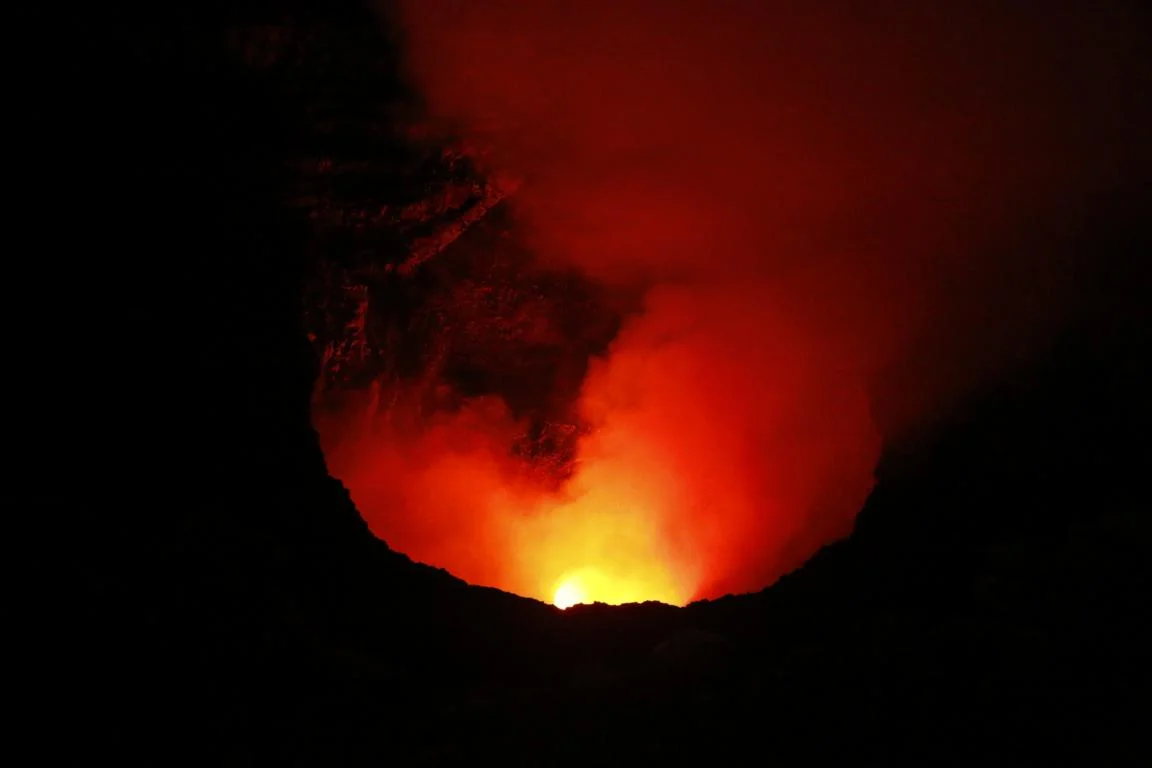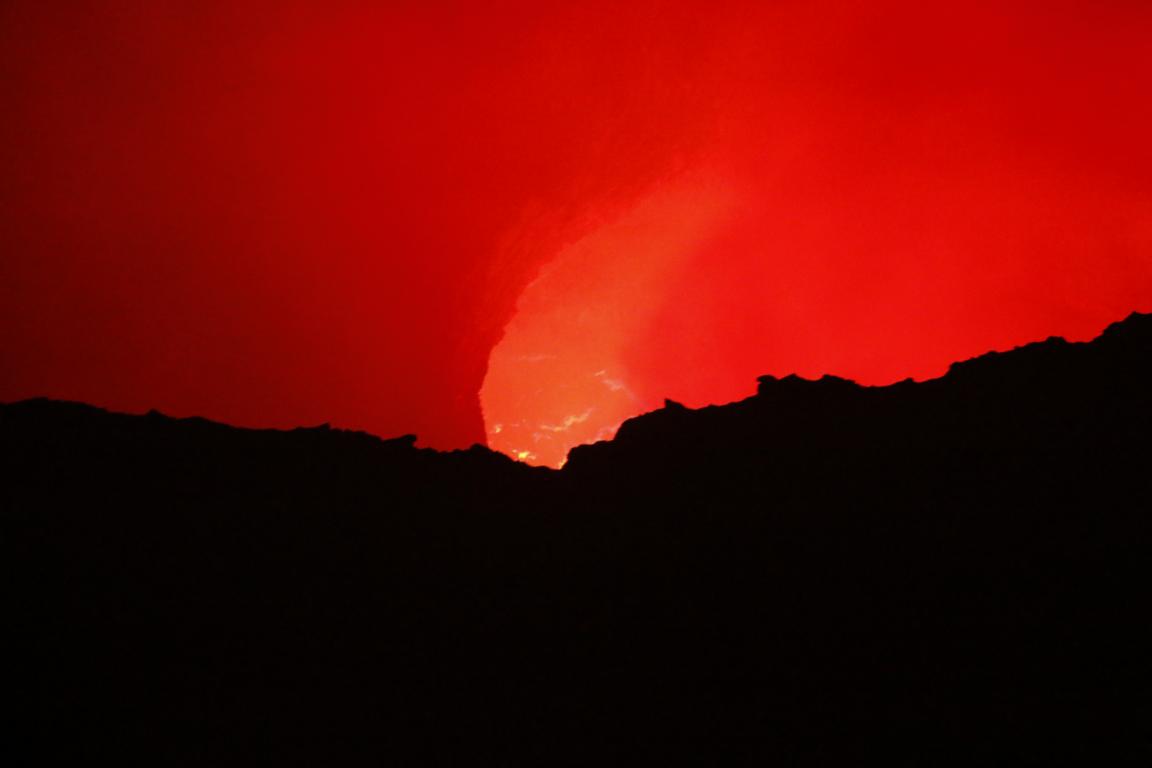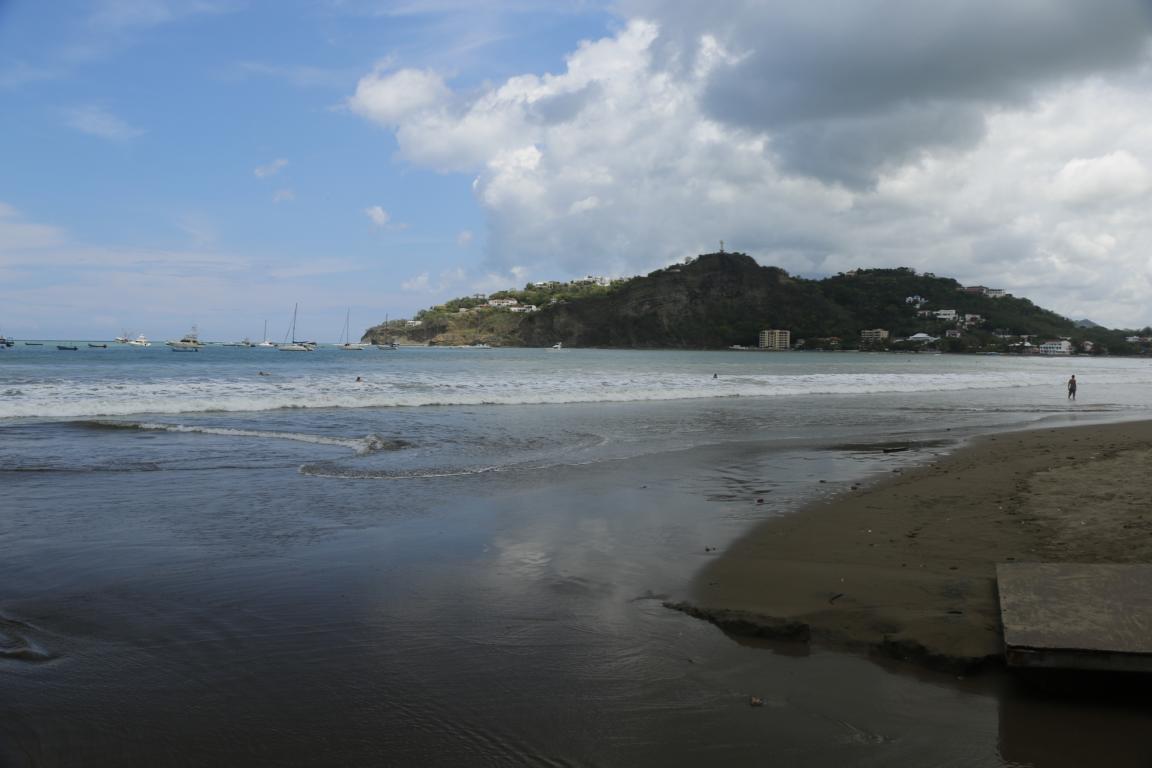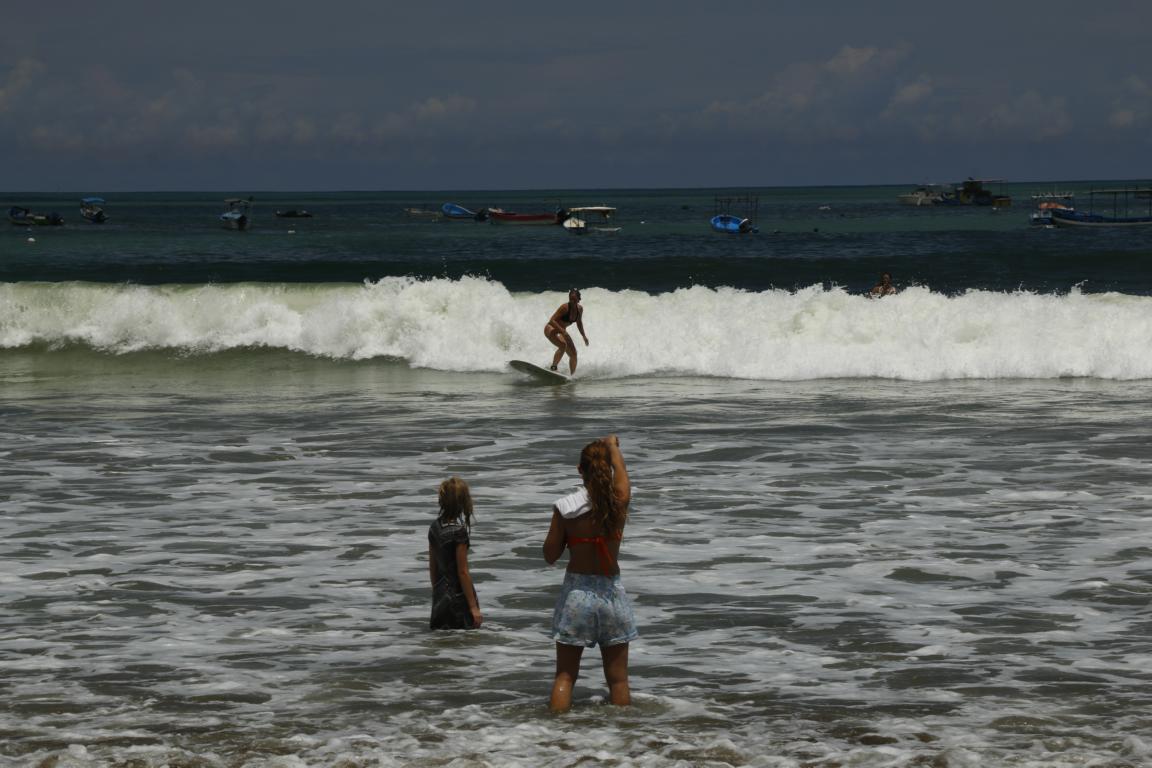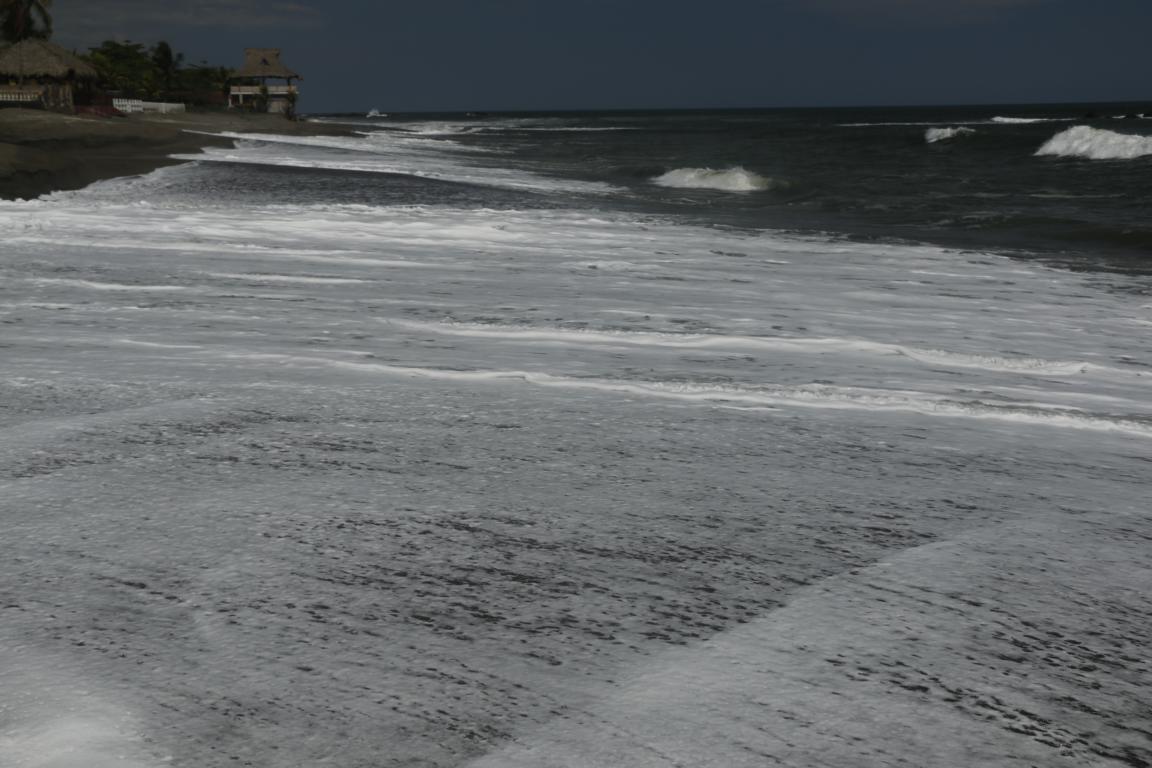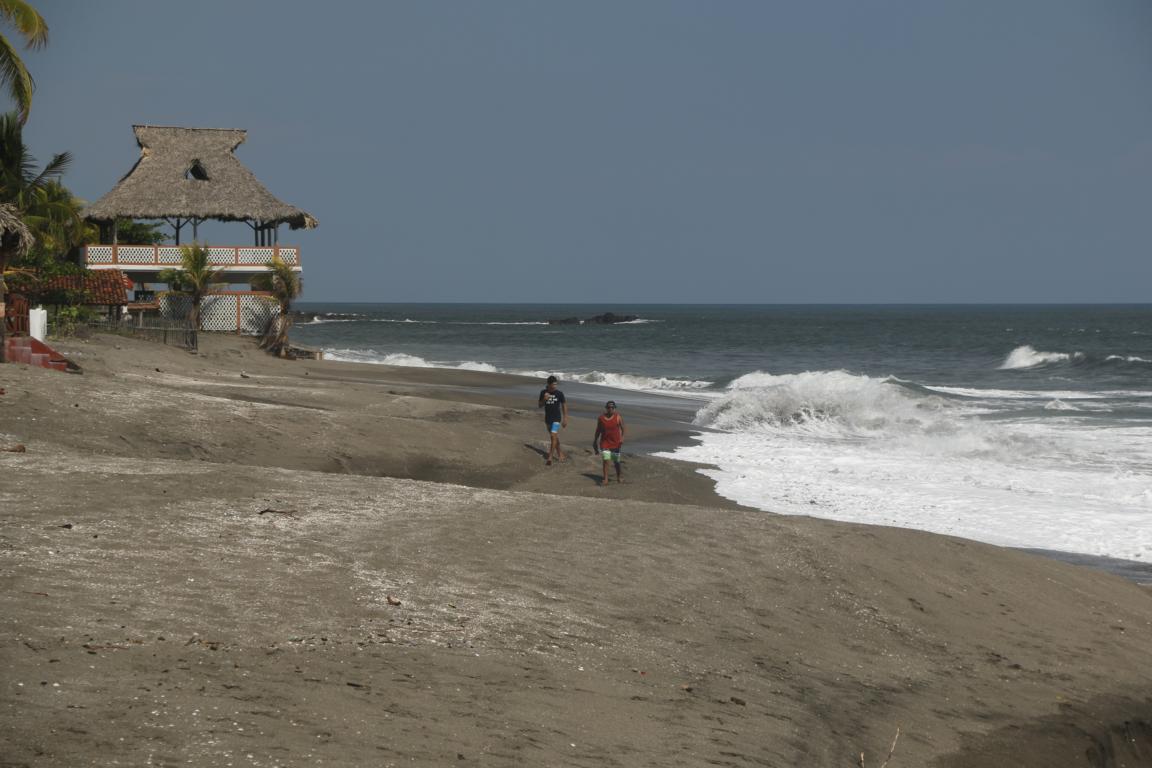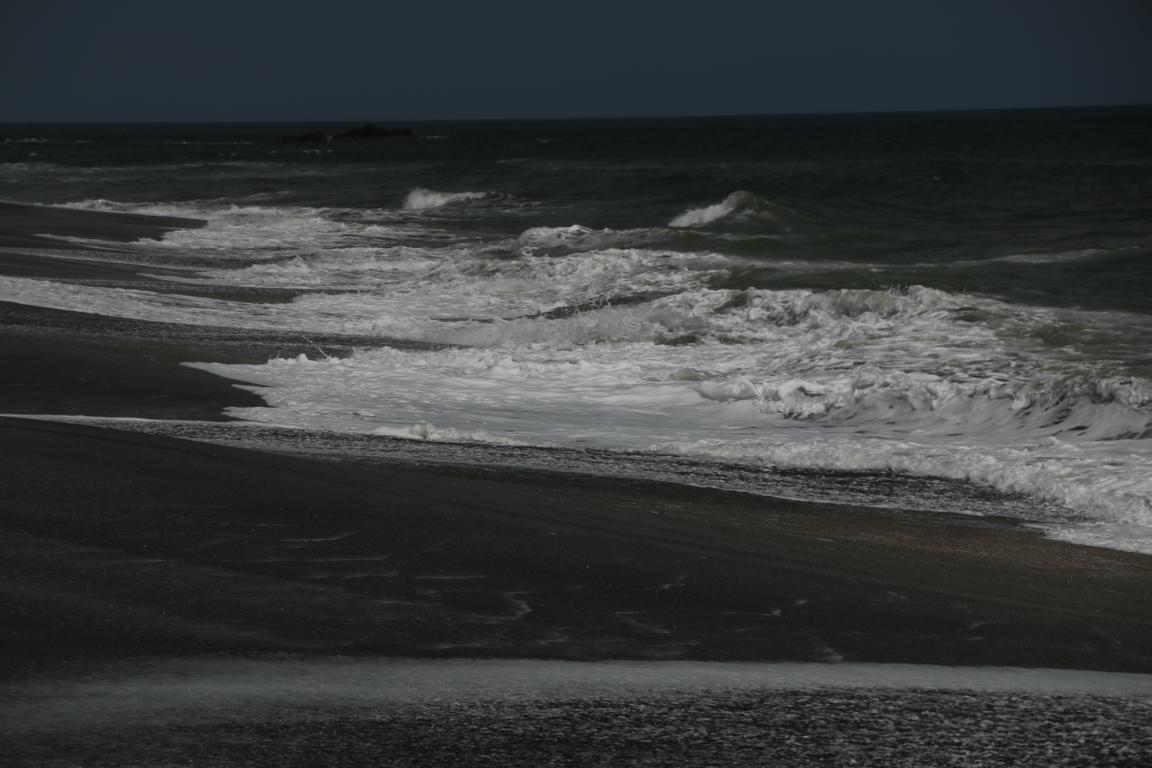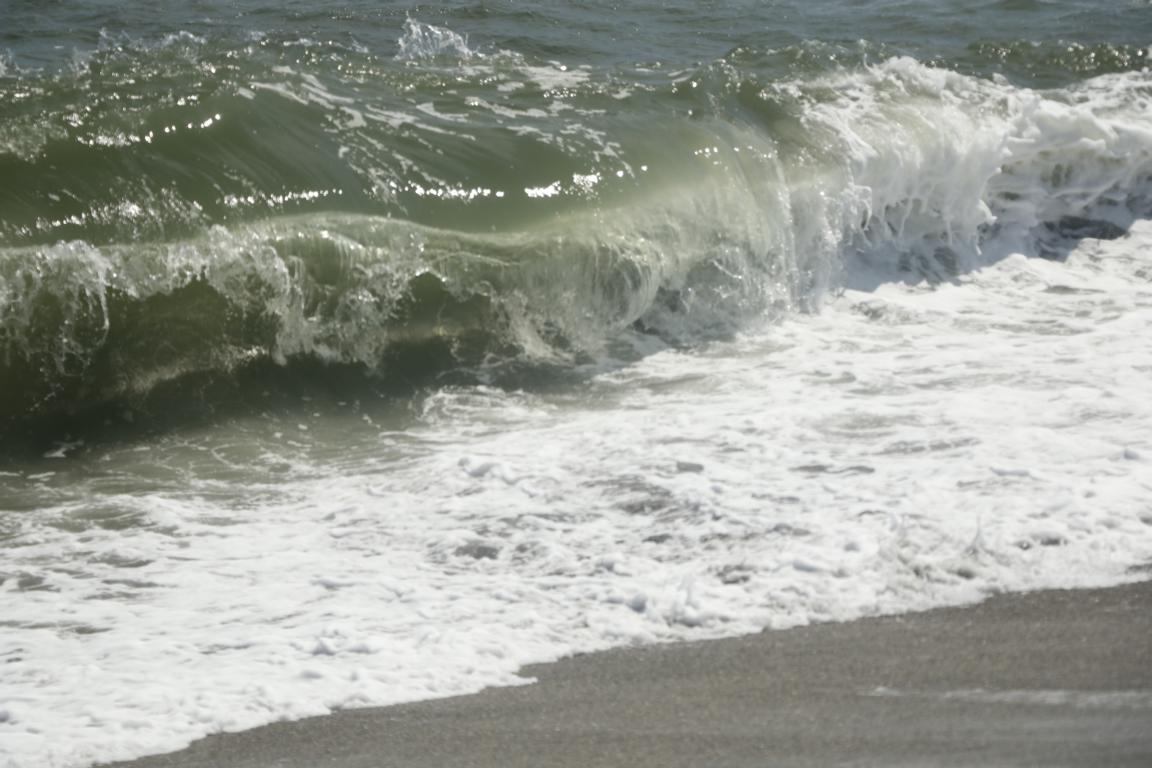Nicaragua - May 2018
In May 2018 I spent eight days in Nicaragua. Unfortunately, the country since mid-April 2018 is in a deep political crisis, experiencing civil unrest and police brutality. Demonstrations against a pension reform and cuts in social spending were suppressed by police using live ammunition against unarmed protestors. Within a period of six weeks up to 90 persons were shot by the police and hundreds wounded. The excessive use of force by the police has been denounced by the Inter-American commission on Human Rights (IACHR, see: Preliminary Observations on the IACHR working visit to Nicaragua http://www.oas.org/en/iachr/media_center/PReleases/2018/113.asp ) and Amnesty International (see Report: Shoot to Kill, Nicaragua’s Strategy to Repress Protest, https://www.amnesty.org/download/Documents/AMR4384702018ENGLISH.PDF ).
Nicaragua (130,000 square km; 6.2 million inhabitants) is a low-income country, the second poorest in America. 29.6% of the population live below the poverty line (UNDP Human Development Report 2016).
History: After decades of hereditary dictatorship by the US-backed Somoza clan the Frente Sandinista de Liberacion Nacional (FSLN) on 19. July 1979 overthrew Somoza and his National Guard (Sandinista Revolution). Daniel Ortega, one of the FSLN commanders in 1984 was elected president. Key achievements were a land reform, an alphabetization campaign and improved access to health care.
Beginning in 1980 a US-supported guerilla called Contra waged war against the Sandinista led government severely damaging the country’s economic infrastructure. About 30,000 persons were killed during this war. In 1990 the FSLN lost the election and the country between 1990 and 2006 was governed by center-right presidents, a period in which the country experienced minimal development. In the 2006-election which were assessed as generally correct Daniel Ortega and the FSLN were elected again. During the past years Nicaragua enjoyed considerable economic growth (between 4 and 5% per year).
Reelected in 2011 and 2016 Daniel Ortega and his wife Rosario Murillo (who holds the position of the vice-president since 2016) are accused of nepotism, flawed election, breaching the constitution and restricting democratic rights. Nicaragua ranks No. 151 in the Transparency International 2017 Corruption Index.
Resistance against cuts in social spending started in mid-April. Since that time the Movimiento 19 de Abril mainly consisting of students and youth organizations is maintaining road blocks across the country. The following map published by the newspapaer La Prensa shows barricades (called tranques) - yellow ones let pass cars at certain times, red ones remain permanently closed – de facto intercepting the Panamericana route.
A long queue of cars waiting at a road block near Granada which is opened only ever hour. Atmosphere at the checkpoints is generally calm and there was no hostility between protesters and drivers.
At the entrance of each major village there is a bill board showing president Daniel Ortega and his wife, vice-president Rosario Murillo, welcoming drivers. At many places these bill boards now are vandalized.
Abandoned road blocks in Managua the day after some 100,000 persons demonstrated against the government. During that manifestation police shot and killed another 11 persons.
Road block at the entrance of Leon: I had some small talk with the youth maintaining the barricades and they allowed me to take pictures with the caveat not to display faces. Being a foreigner they then marked the wind screen of my car with a white star and I was allowed to pass through a series of barricades in order to continue my travel to Honduras.
Nicaragua is primarily an agricultural country, most important products are coffee, tobacco, meat, bananas and sugar cane. Oxcarts still are a regular means of transport. The country is heavily investing in renewable energy.
Cowboys still herd cattle using horses. The long leather fringes should protect horses against the many flies in the air.
Two horses overrun by a car.
As in many countries disposal of plastic waste consists a major problem.
The center of Nicaragua’s capital Managua (1.4 million inhabitants) has been destroyed in 1972 by a devastating earthquake killing 5,000 persons. As the city-center has not been rebuilt (dictator Somoza put most of the in-coming aid money in his own pocket) the space in between the few remaining buildings has been filled with shanty-towns. Photos show the old Cathedral (which is closed due to structural damage originating from the 1972 earthquake) and the National Palace. Metal tree imitations border streets and places.
In Managua I met and old friend, famous Austrian journalist and civil society activist Leo Gabriel. We know each other from Managua in 1979 when I worked as a freelance photo-journalist. In 1980 when he was concerned that I am taking too high risks when working in El Salvador he gave me an advice which I still can remember: “When there is a firefight put your head down and cover. You can still take your pictures when she shooting is over of what is left”.
Granada is one of Nicaragua’s main tourist attractions and one of the most visited cities in Central America. Founded in 1524 by Spanish conquistador Francisco Hernández de Córdoba the best way to explore the city is to rent a horse-drawn carriage. The train station now is closed as railway-age in Nicaragua ended in 1996. The local market remains open on Sundays. People in Granada are proud of their colorful house facades. Every house needs to have its own distinctive color.
The Laguna Apoyo close to Granada was a former volcano which exploded some 23,000 years ago. The lake is 4 km wide and 178 m deep. The clear water has 27 degrees as it is heated by underwater thermic sources. Sitting in a restaurant one of the guests detected a cued little snake. People were less amused when I had to tell them that this is a highly poisonous coral snake.
Leon is Nicaragua’s second old town. The rivalry between Leon (liberal) and Granada (conservative) ignited several civil wars and overshadowed Nicaragua’s internal politics. In 1852 it finally it was decided as a compromise to make Managua the capital. The University of Leon (yellow building) founded in 1812 was the second university in Central America. Photos of famous poets originating or working in Leon.
Under Somoza this building has been used to hold and torture political prisoners. Today it serves as a museum.
Murales in Leon denouncing the shooting of protesters by the National Guard under the Somoza regime - looks cynical considering the recent 2018 events. Opposite to the wall painting there was a building belonging to the university of Leon. The building has been burnt down during the recent riots and one person died in the flames. Coincidently I found a photo in social media showing the building going up in flames (last picture).
Rivas is a small sleepy town in the south of Nicaragua.
Nicaragua has a chain of some 40 active volcanos which are lined up along the pacific coast. Photo show the Volcan San Cristobal (1745m high, 600m wide crater). It has the classic shape of a perfect cone, the last eruption was in 2016.
The reason for the chain of volcanos is explained in the museum of the Masaya volcano, which displays a model of the plate tectonic. The Coco plate slides under the Caribbean plate which creates a series of volcanos in the subduction zone.
The volcan de Masaya is the easiest to visit. One can drive by car to the crater rim. Photos show the crater at day light and after dark (using a 20-second shutter time).
Nicaragua’s pacific coast has a large number of great beaches which are surfers’ paradise, this means that the waves can be quite high and violent. Photos show the beaches next to San Juan del Sur and the Poneloya beach near Leon.

